Nizwa
Arriving in Nizwa on a day when the temperature hits 40°C at noon, you'll feel both healed and torn at the same time.
The Archway at Nizwa Fort
Here it's easy to find patches of light and shadow dyed with golden honey sunlight, leaving us a lasting impression through their marvelous simplicity.
The Bus Trip to Nizwa
For me an ordinary person enjoying the comfort from my warm bed, suddenly throwing myself into a place nearing 40°C at noon didn’t sound like an interesting plan. However, at least the online photos of Nizwa I’d seen gave me a bit excitement for this photo-hunting adventure.
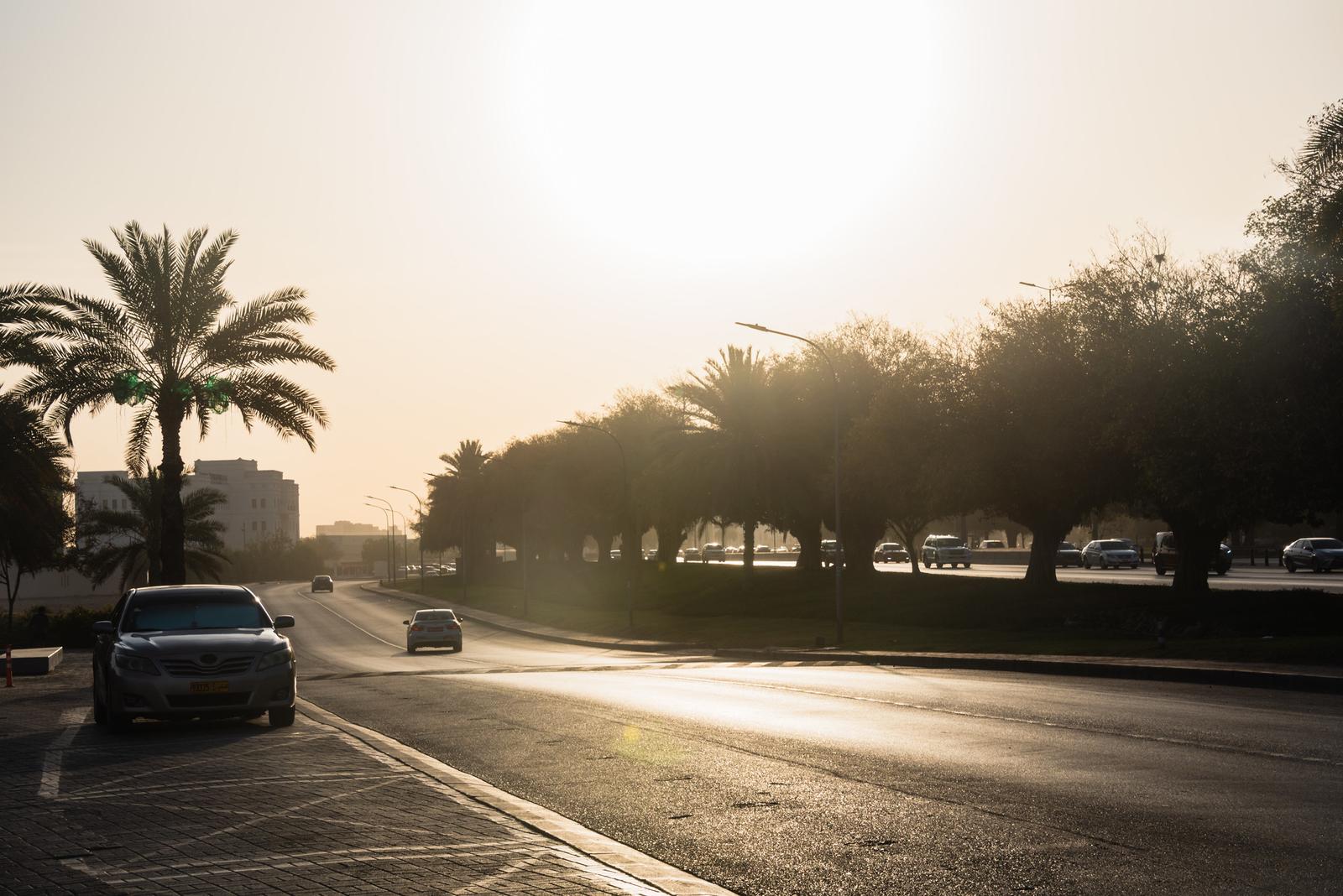
I took an early taxi from Muttrah to Azaiba bus station to catch the intercity Mwasalat bus to Nizwa departing at 8am. The ticket costs 2.5 OMR, and somewhat surprisingly you have to pay by credit card, not by cash, even when buying it at the station. The ticket seller seemed excited to see me, a rare Vietnamese among mostly South Asian worker and some local student passengers, showing his desire to visit Vietnam someday.
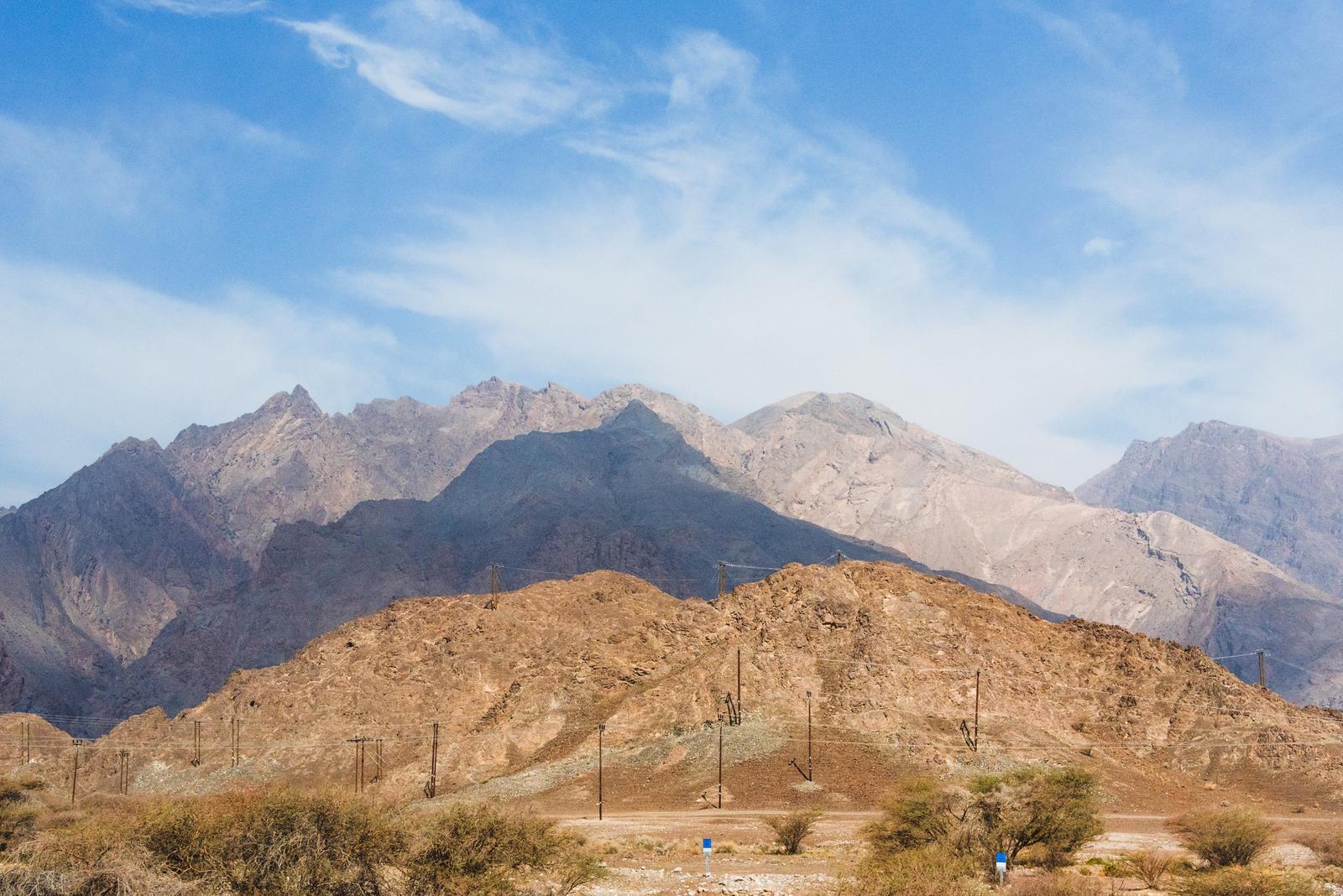
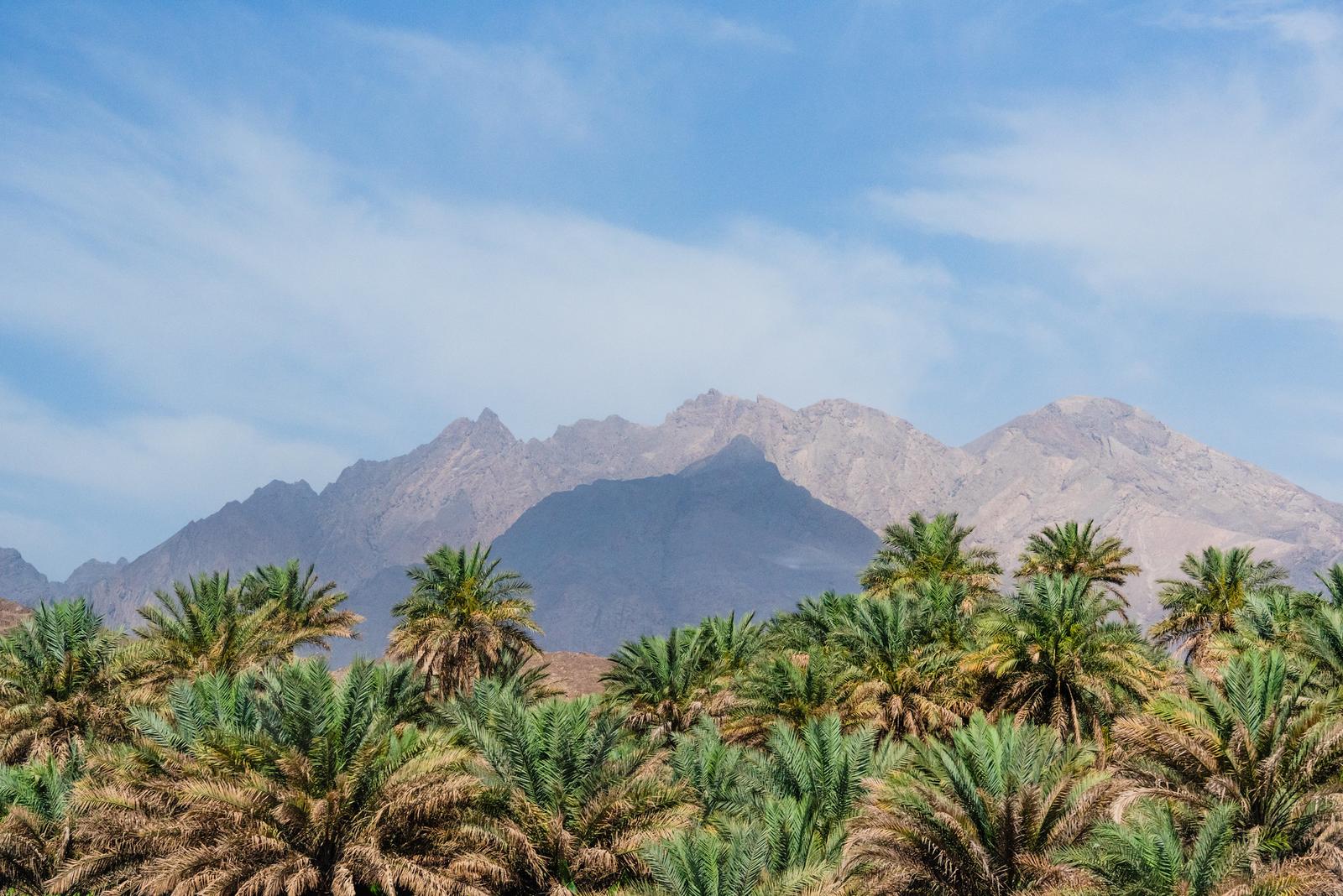
After a three-hour ride in a cool, wifi-equipped bus, passing through the blazing rocks of the Hajar Mountains with palm trees peeking out at the base, I was dropped off in the heart of Nizwa at Saal Pedestrian Bridge. Be careful not to confuse it with another stop named Firq (Nizwa), which is quite far from the touristic center; however, from Firq you can catch an early morning bus back to Muscat or find a shared taxi there.
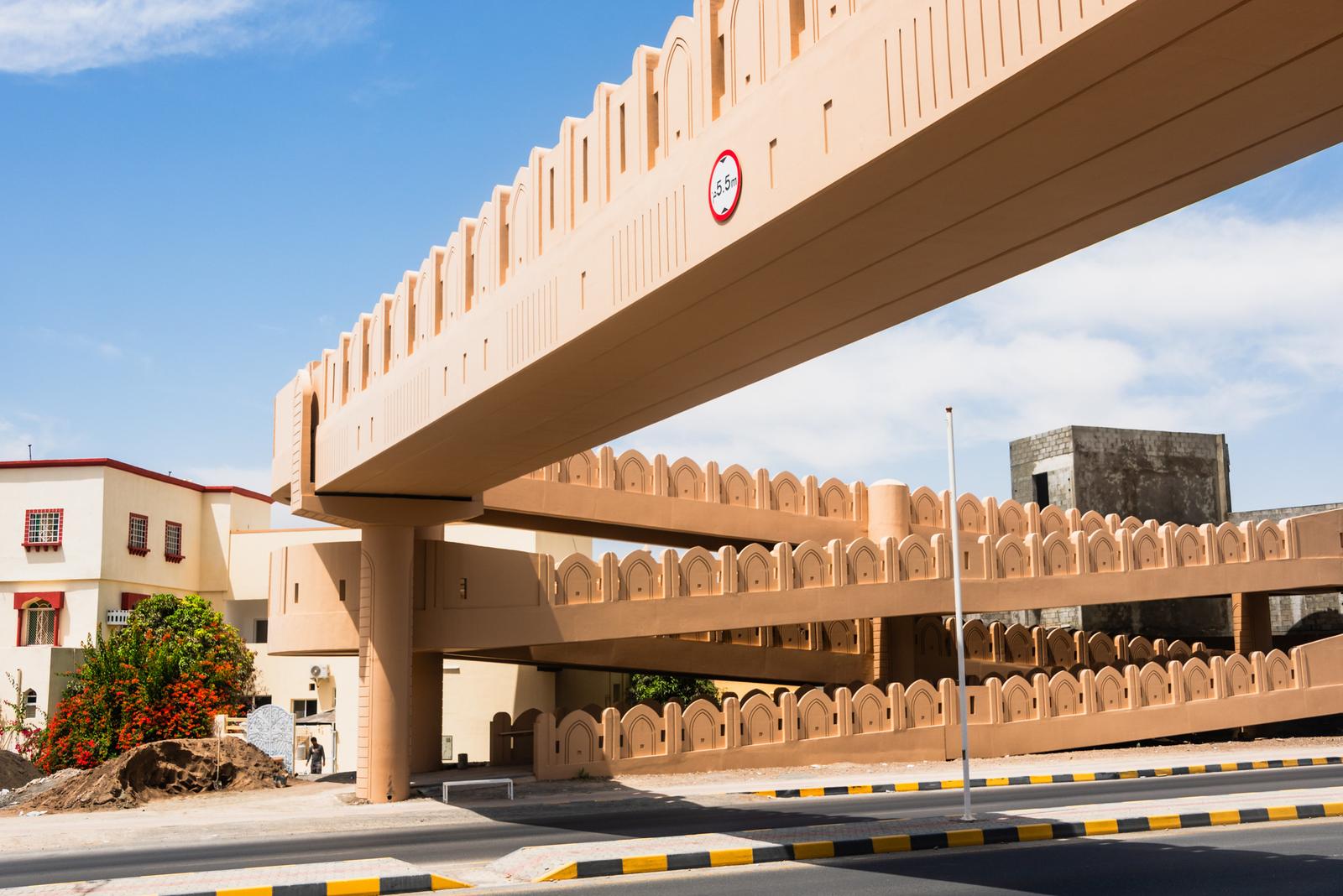
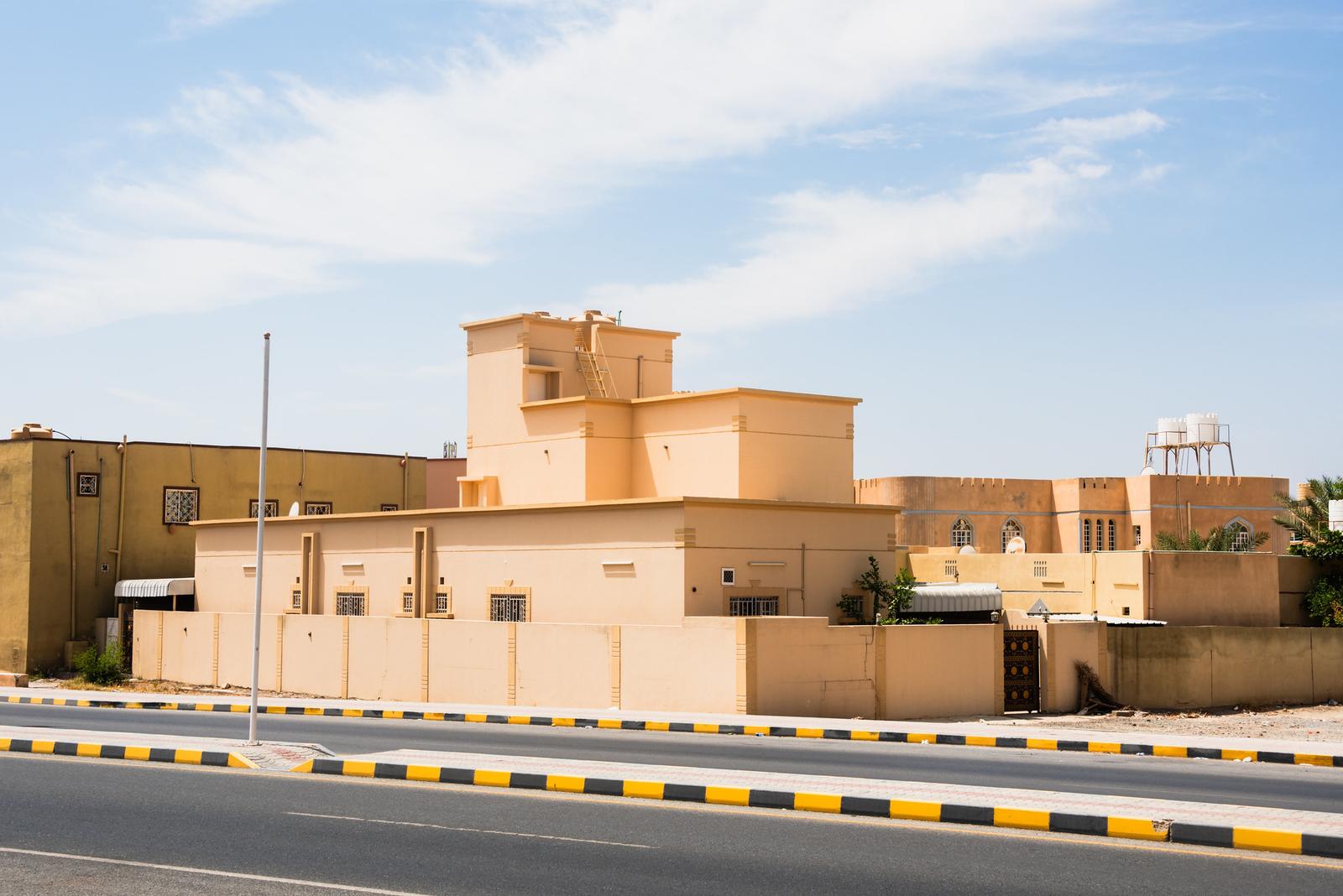
Yes, Nizwa welcomed me with the scorching midday sun of its rocky mountain valley.
Play Hide-and-seek in the Maze
But I recognized this atmosphere, this vibe - as the taxi weaved through narrow alleys towards the hotel - was the unmistakable cause that sparked my curiosity, just like when I visited Khiva.
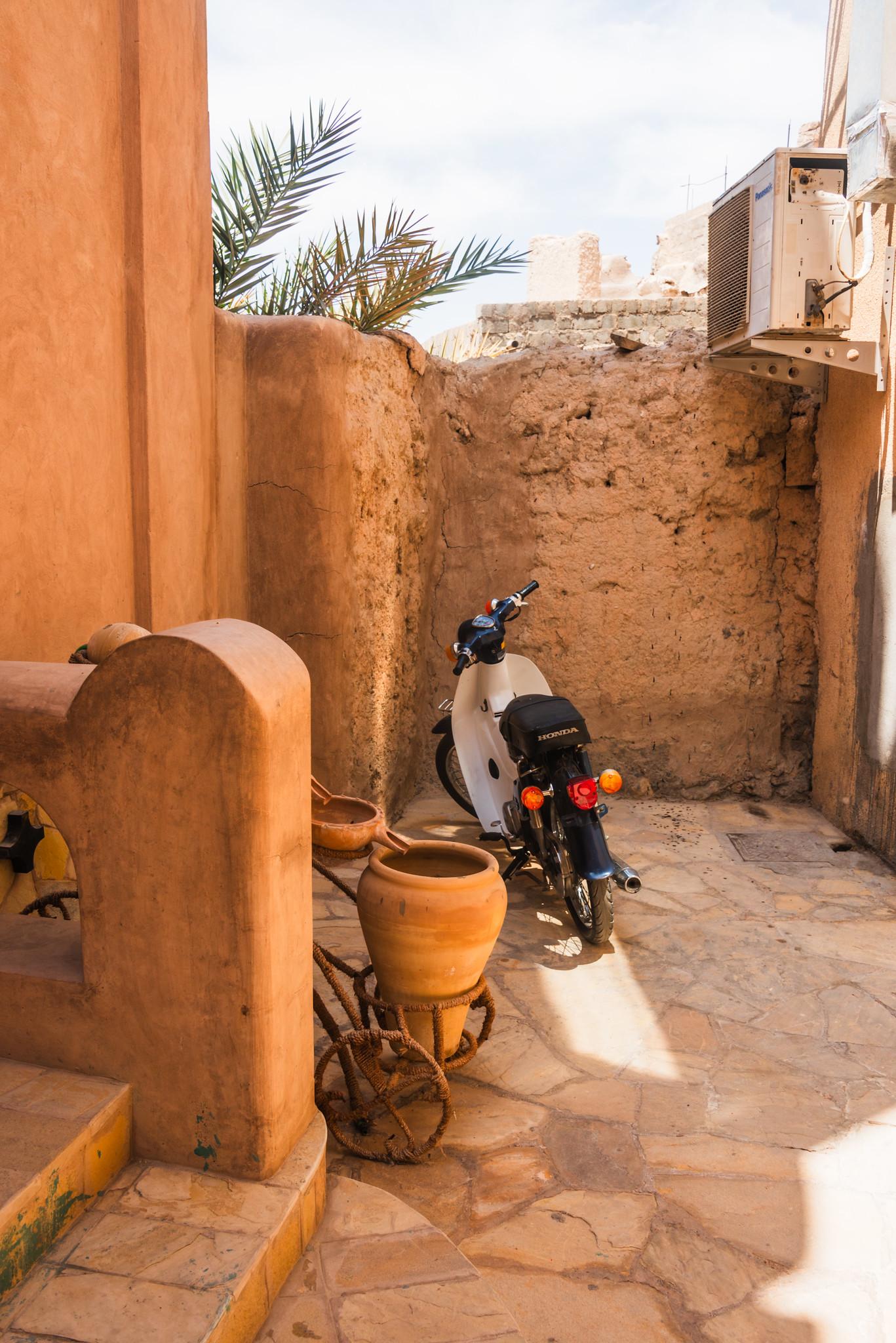
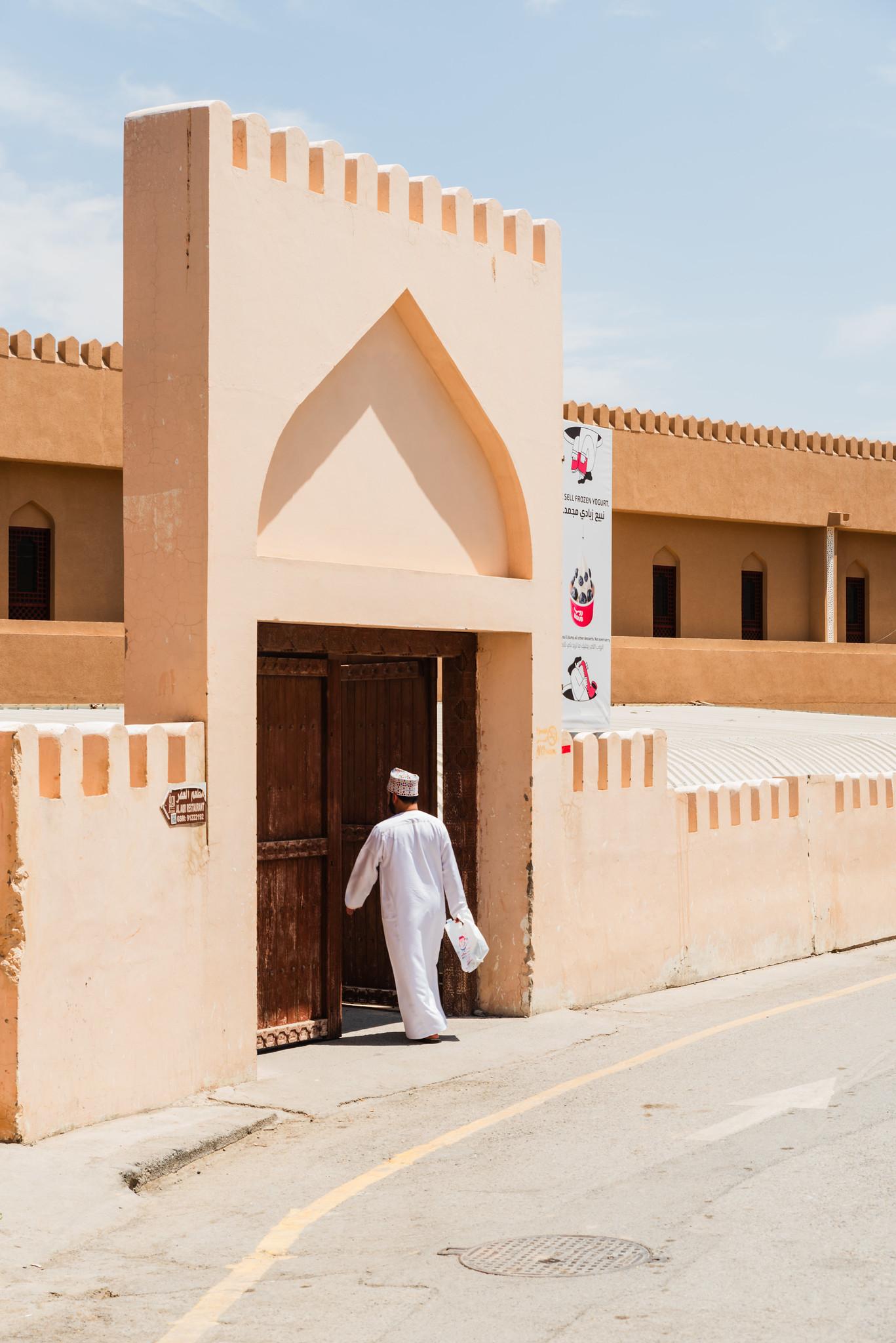
Nizwa won me over right from the start when the friendly hosts at IHYAA homestay greeted me with dates and hot tea, then showed me to my charming room - almost completely shut off from the outside world and the heat beyond.
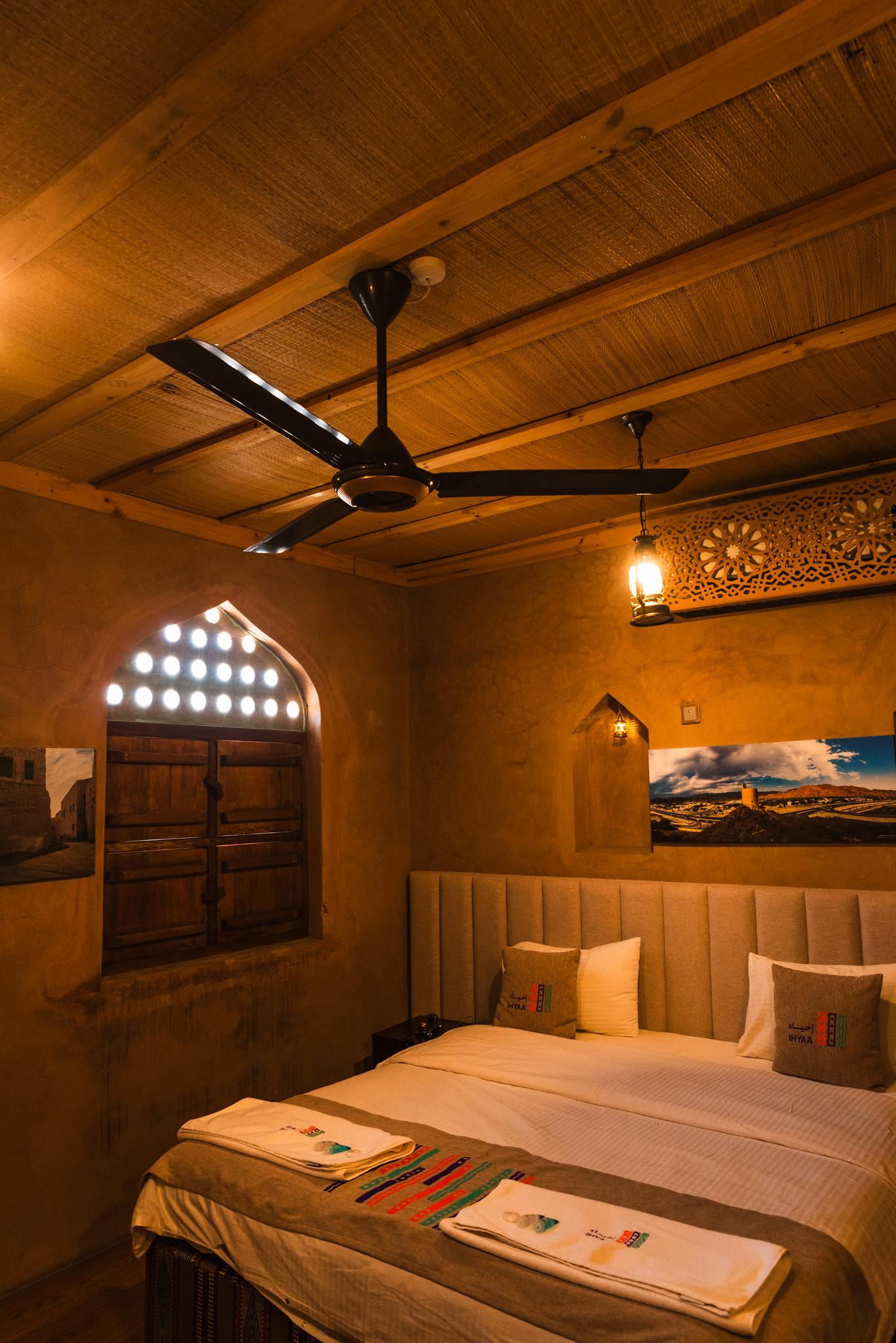
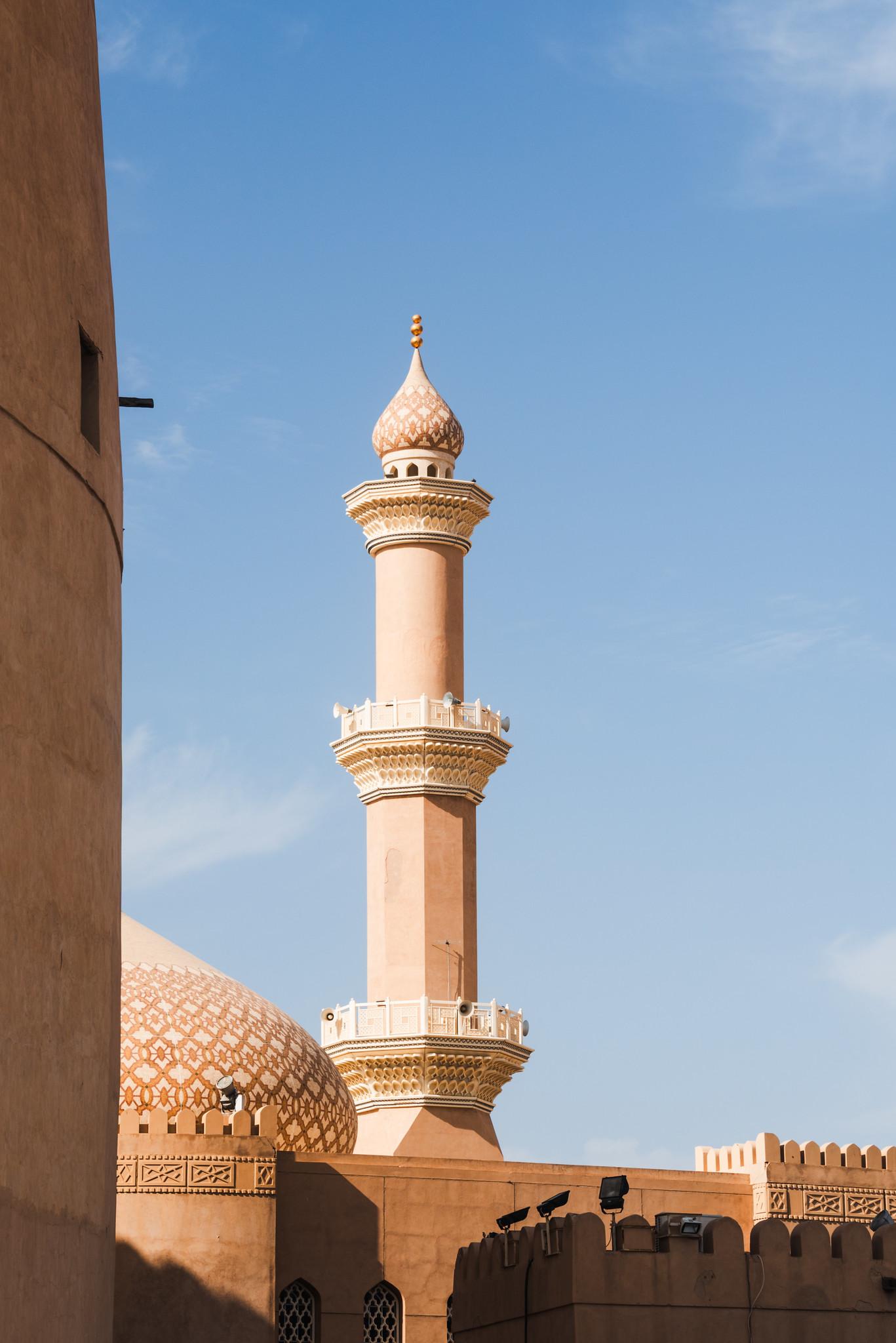
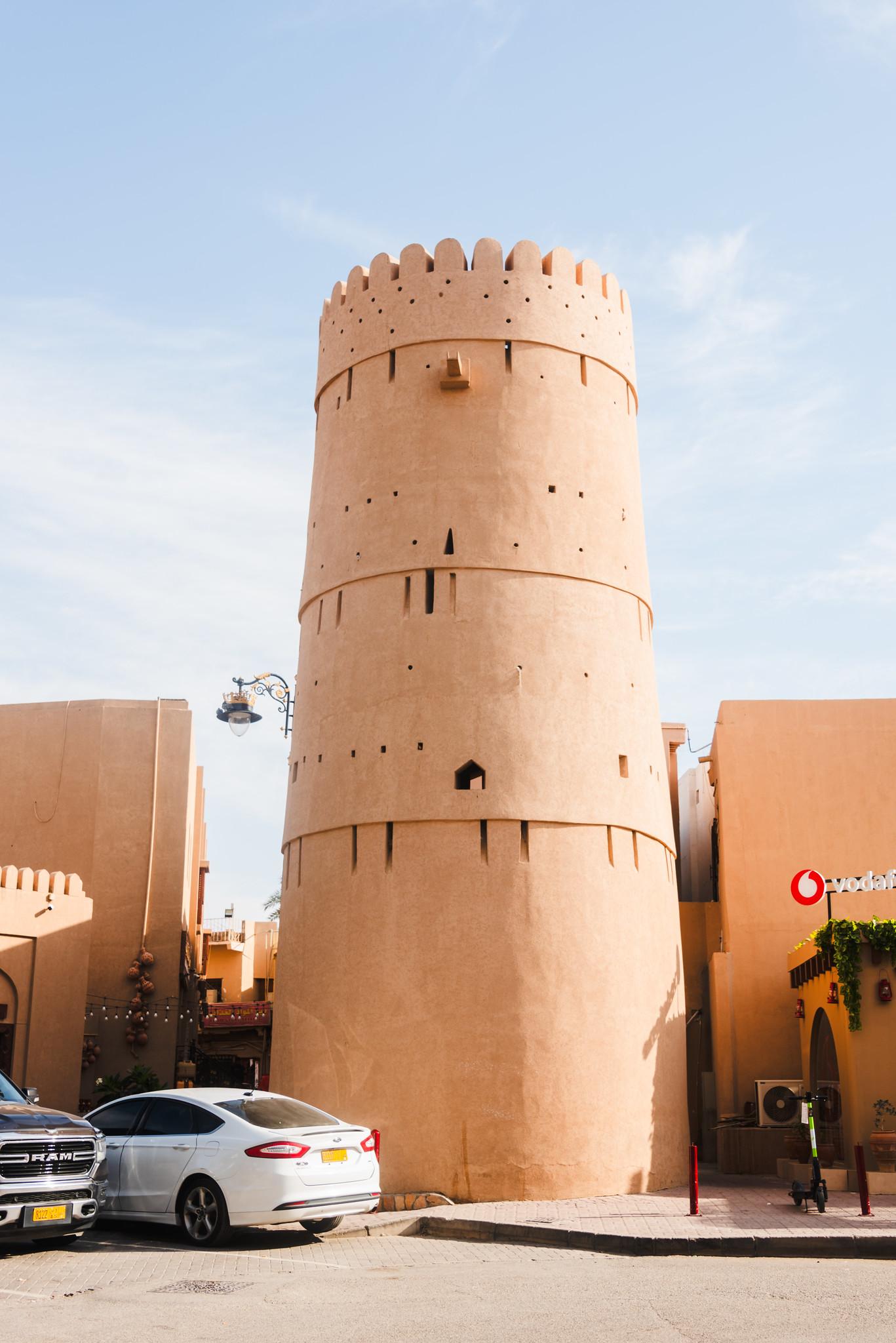
I began my journey to explore this ancient town at 3pm, when almost everyone was still sheltering in cool houses, leaving behind quiet streets bathed in sunlight.
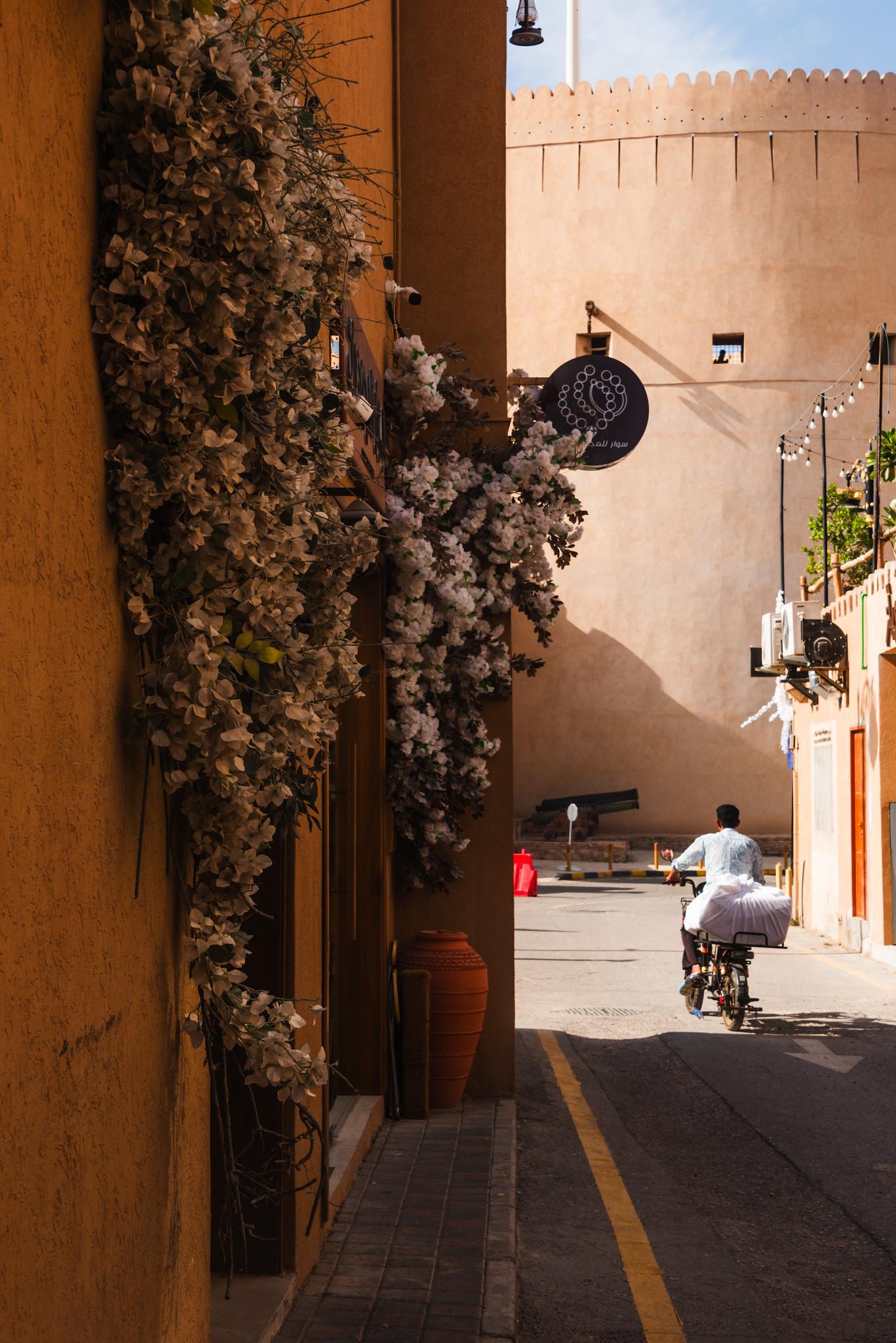
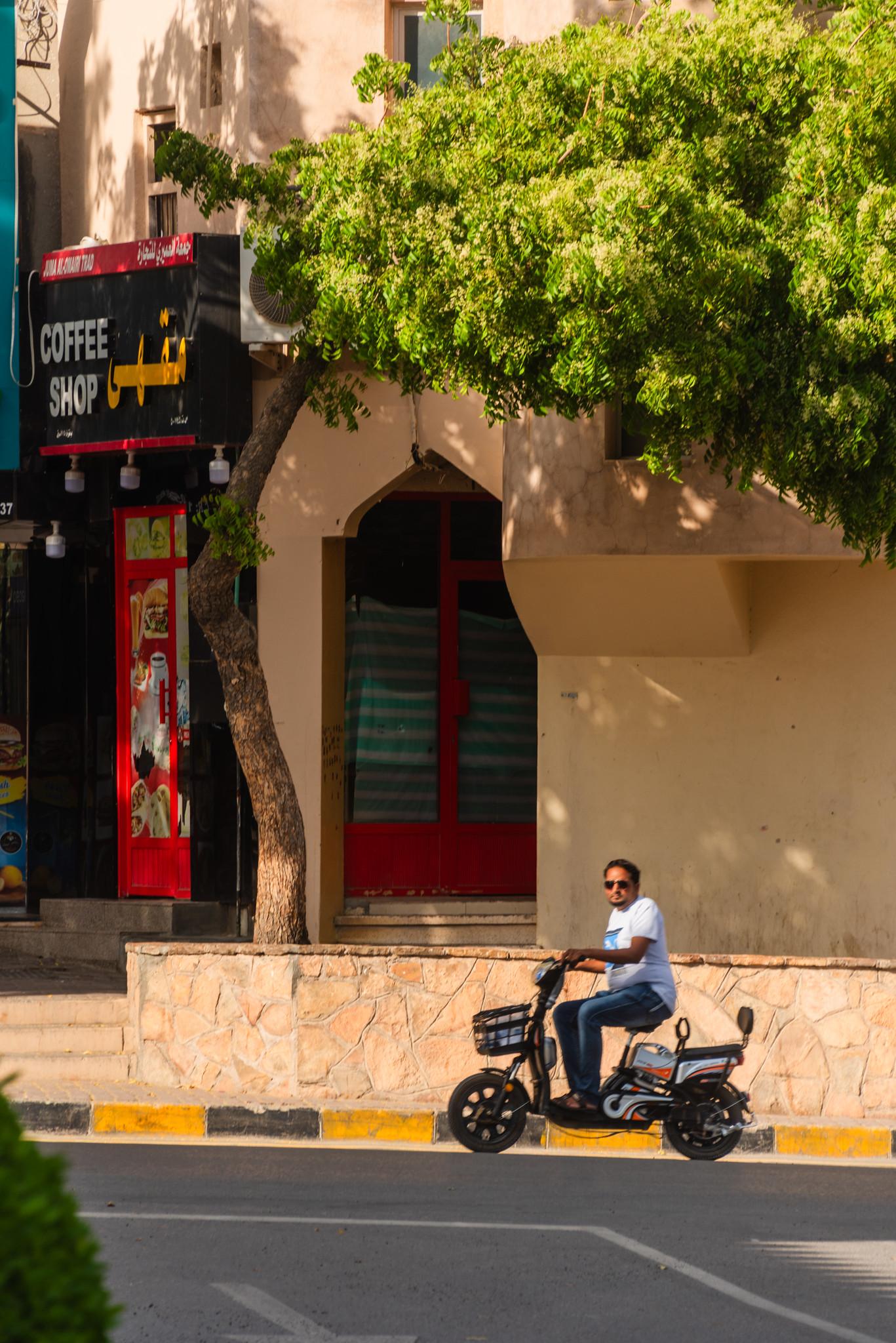
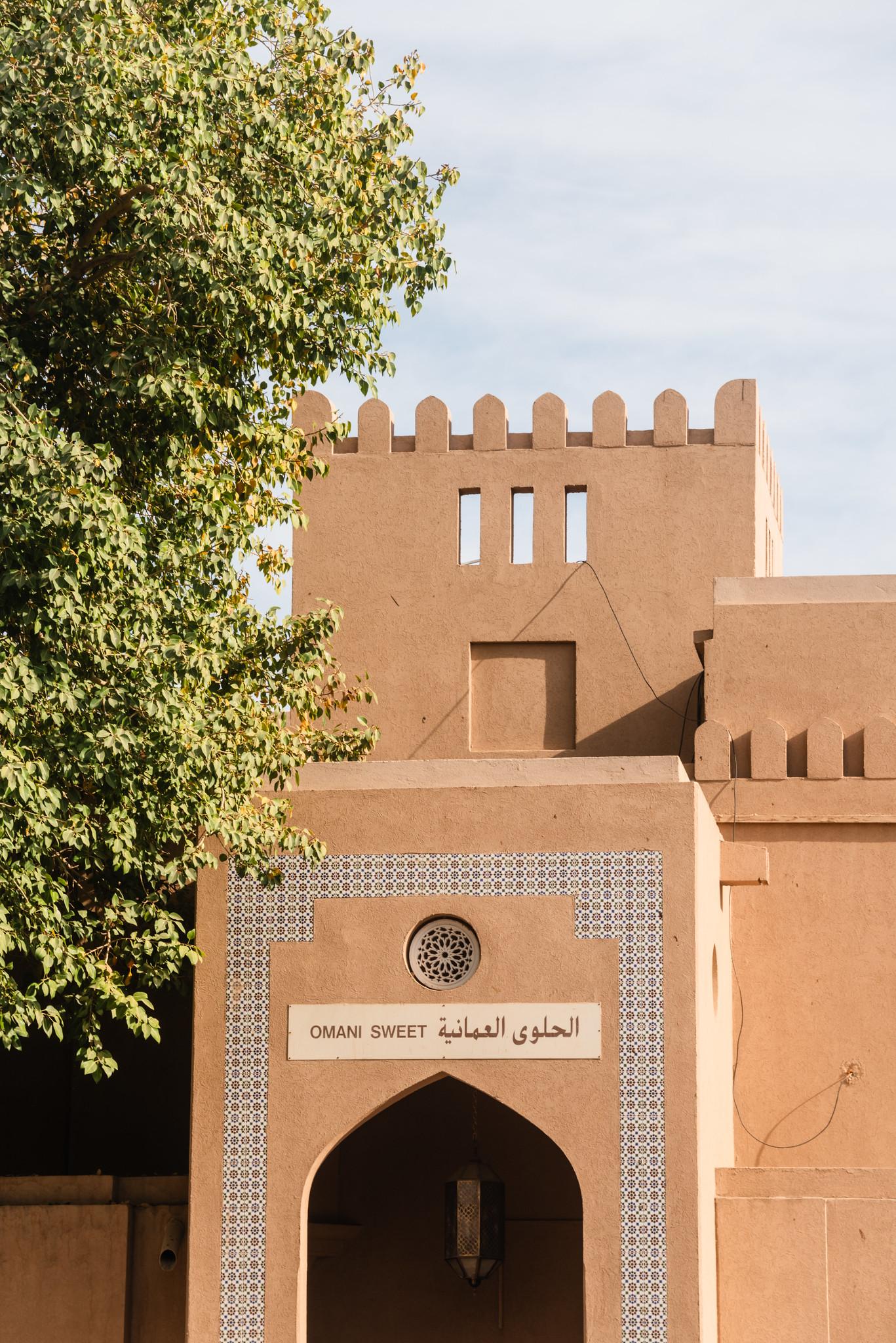
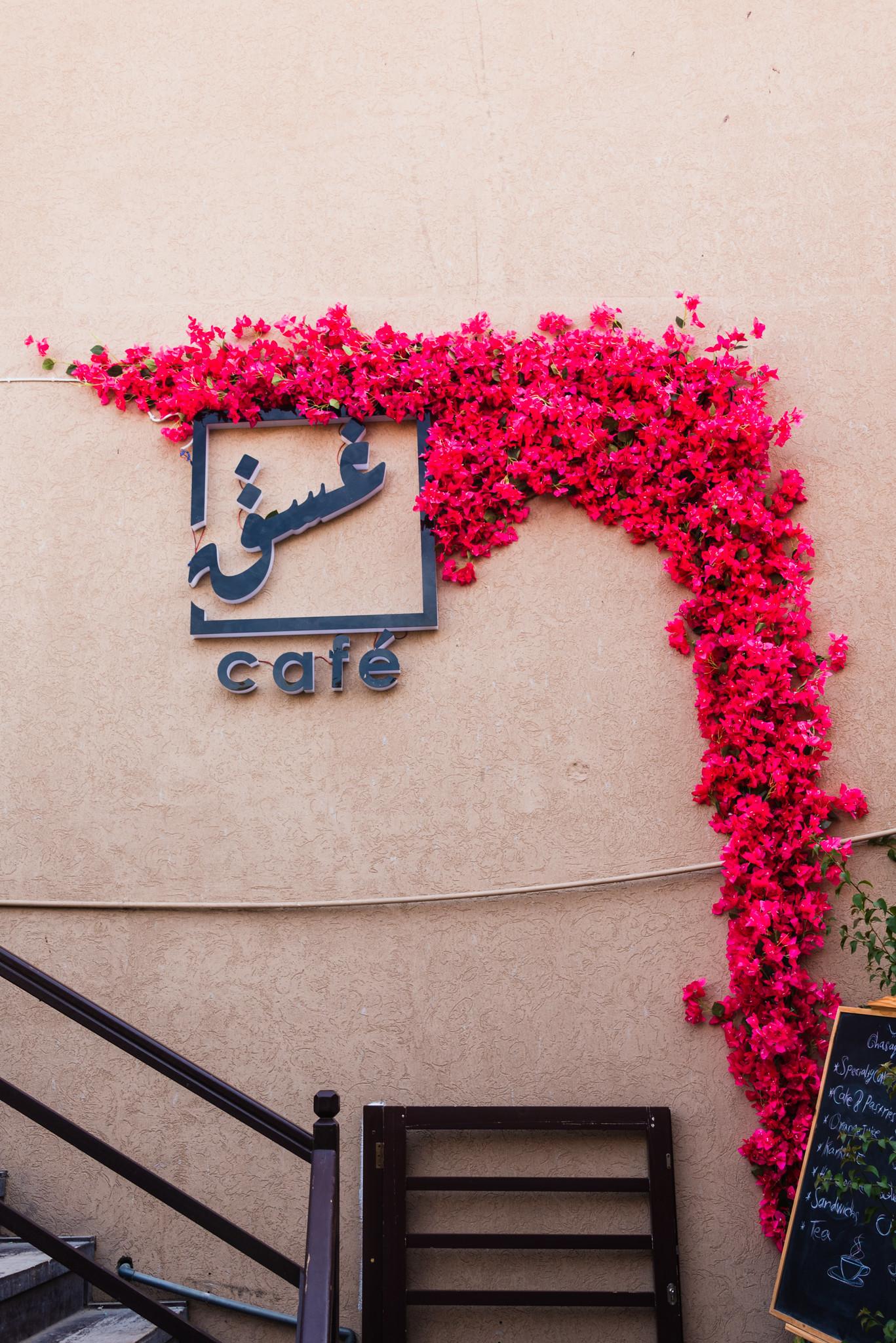
There’s no denying that the narrow alleys of Nizwa - with their earthen-yellow walls and lovely flowers spilling out from cafés and shophouses - make the visitor mesmerized and forget the blazing heat. Every corner is a hidden surprising gift waiting to be discovered by the wanderer.

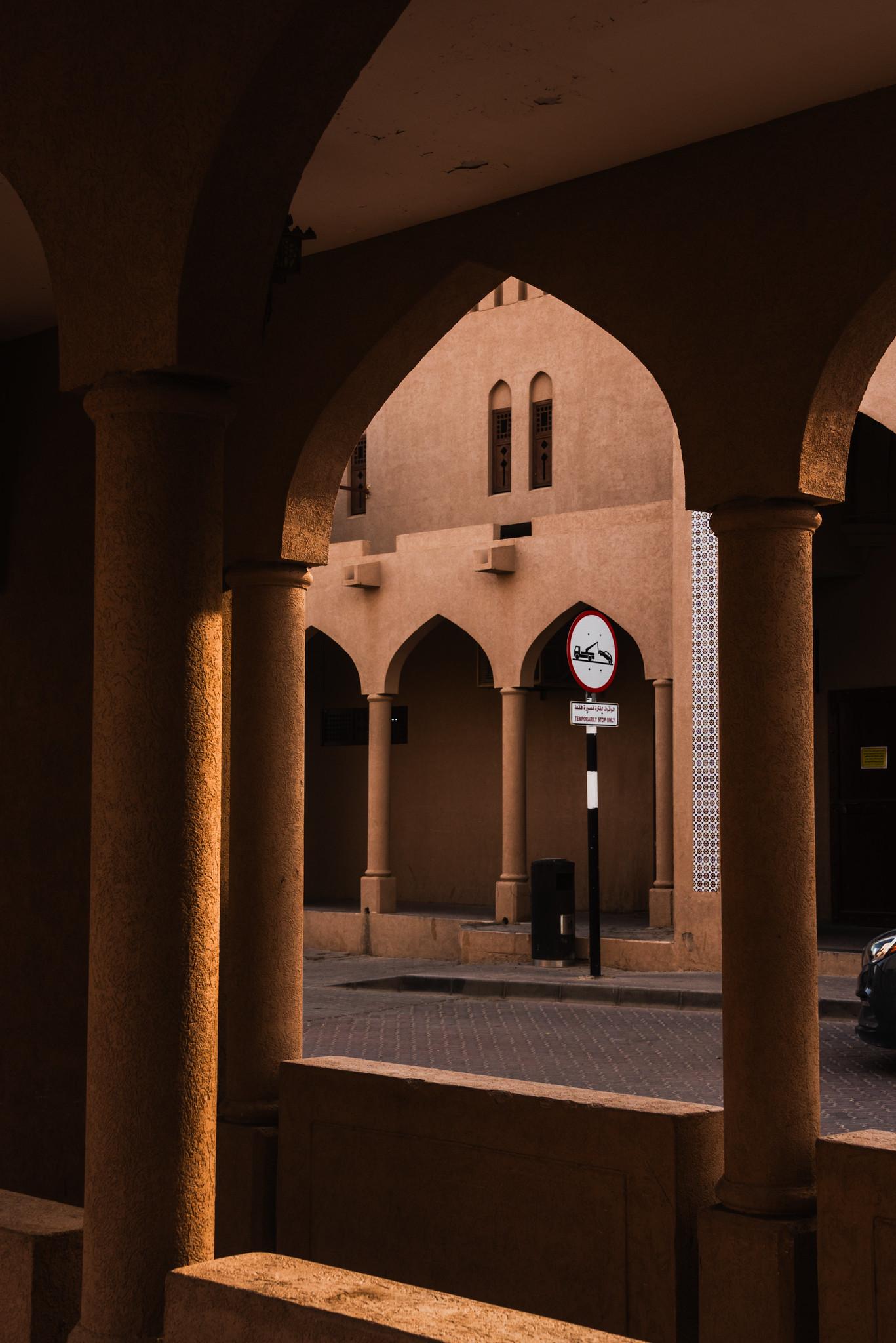
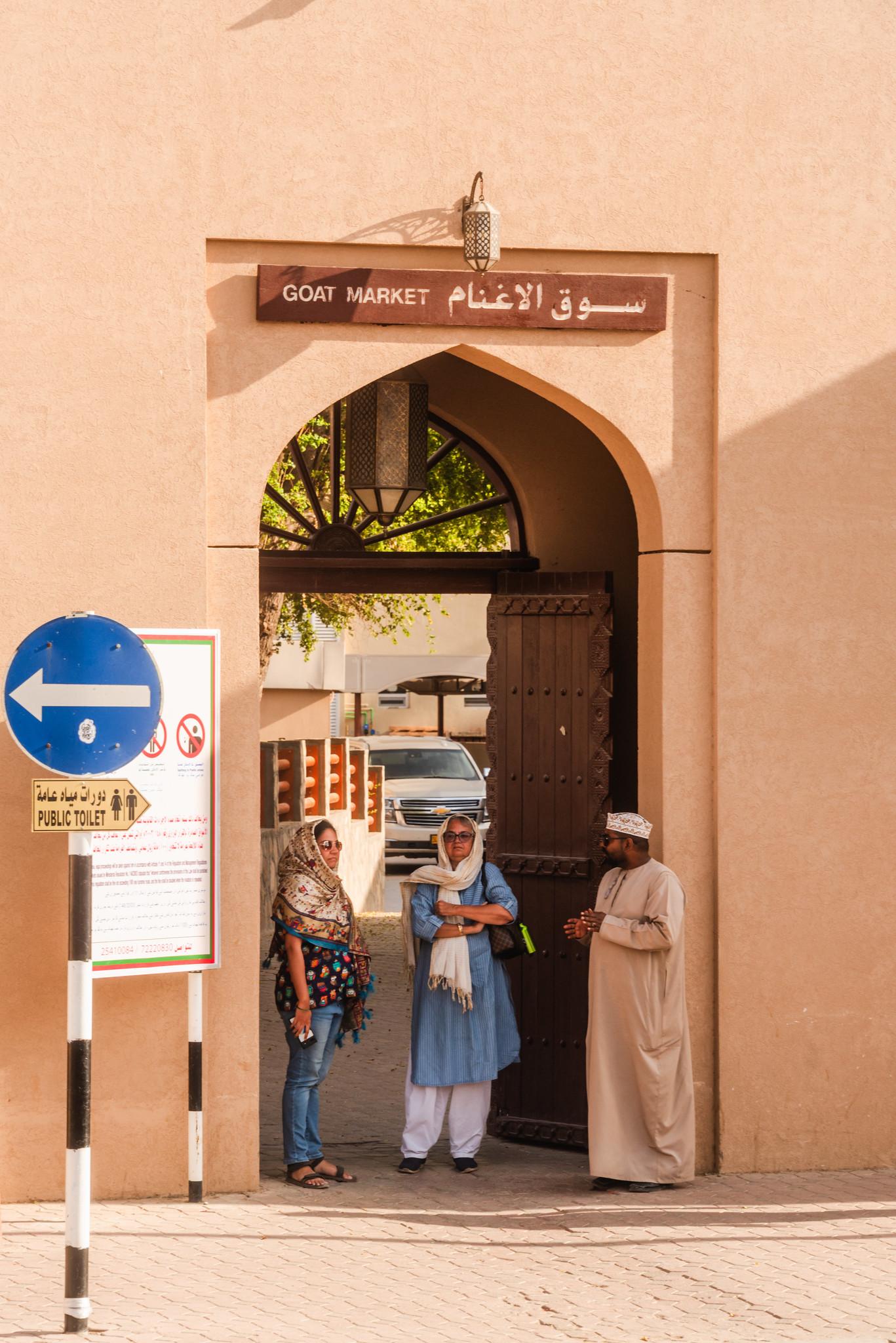
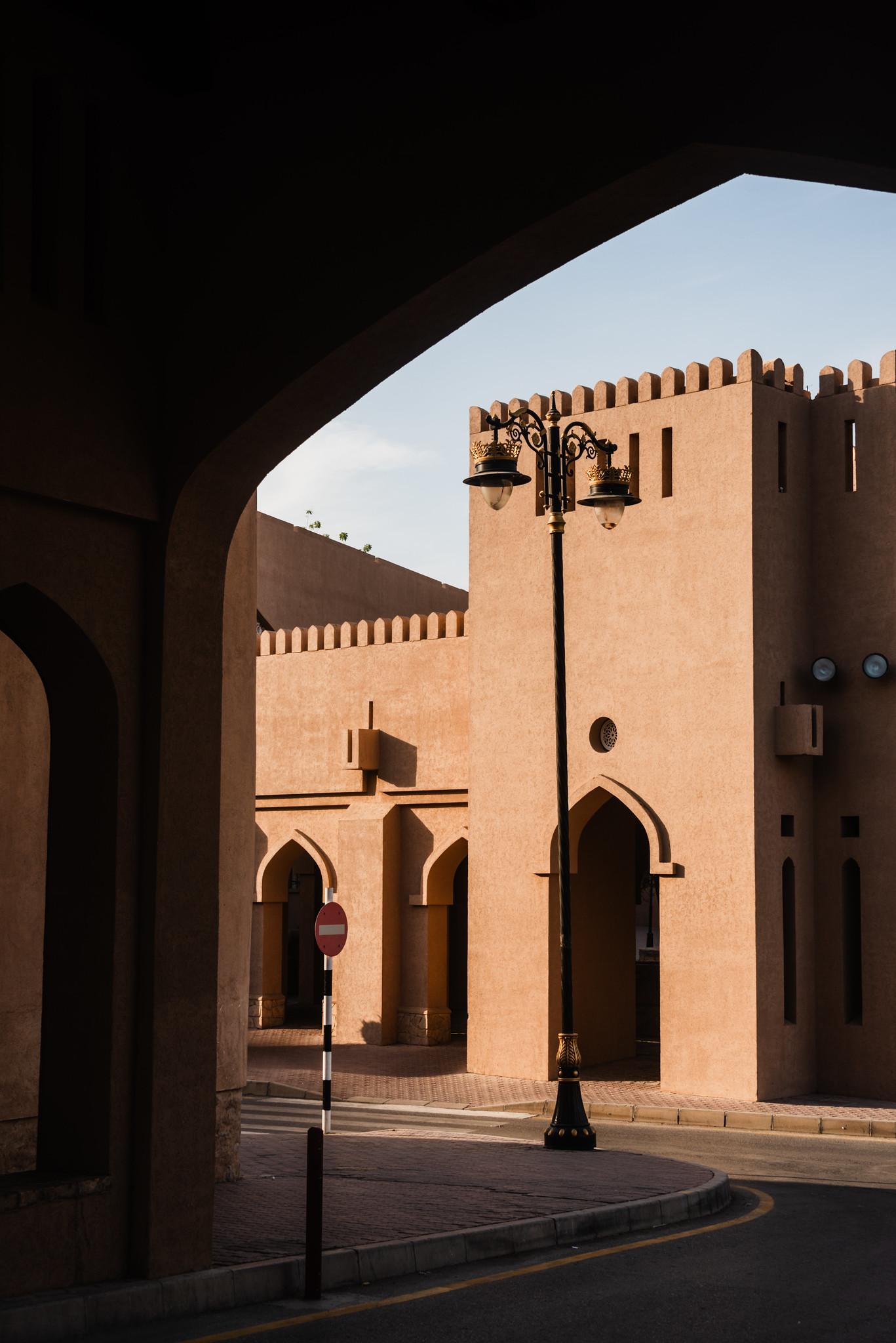
We’d walk slowly through the shadow-casting colonnades of Nizwa Souq, stepping across archways that lead into hidden little worlds which spark delight as we enter. It’s also a feast for our eyes as we see the souvenirs, the charming round-bellied Omani clay pots, the fragrant spice and dried goods stalls as well as the vibrant fabric stores.

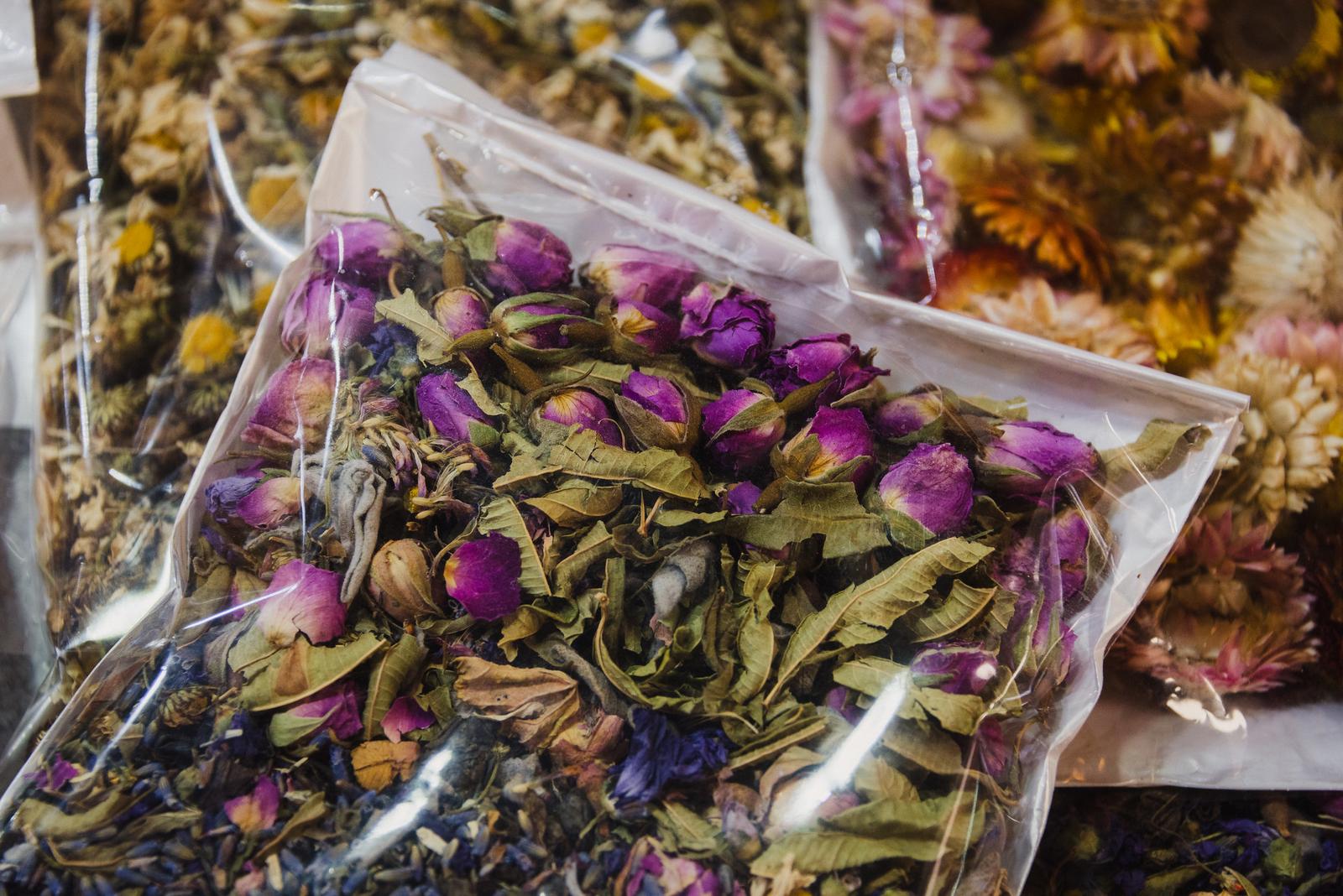
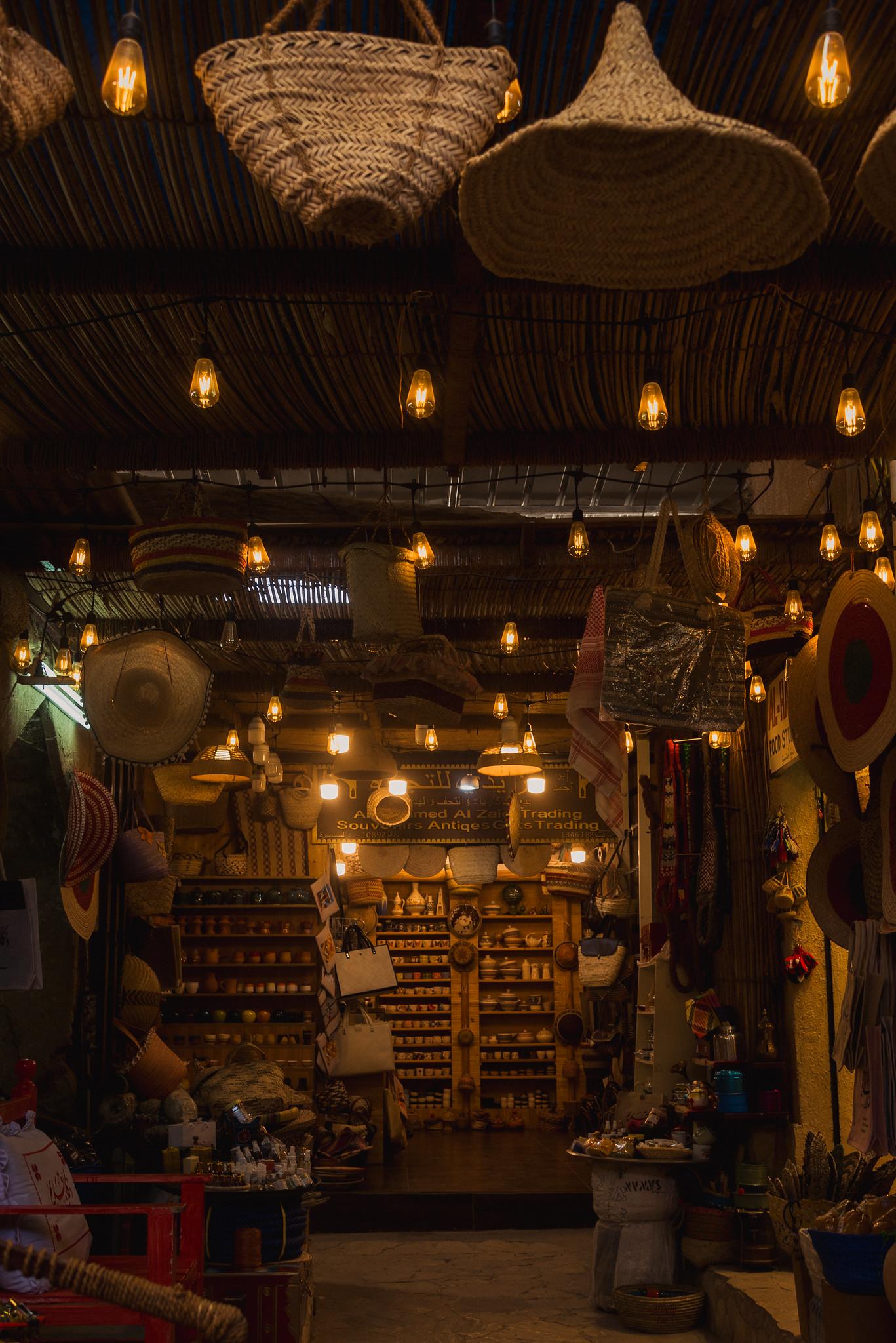
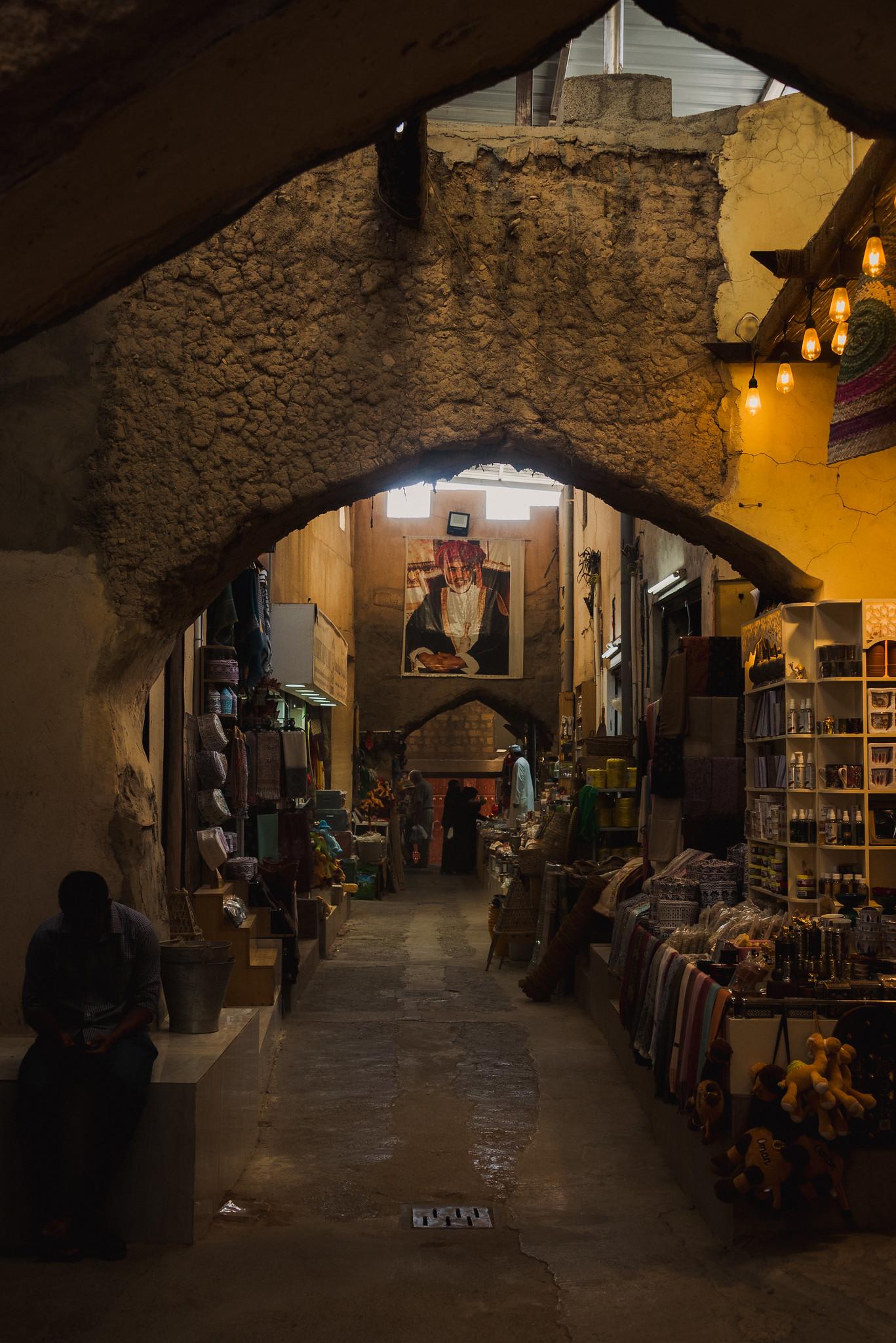
Nizwa’s beauty comes from its harmony, where traces of modern chaos rarely find a place. It’s clear the locals live comfortably, yet they choose a slow-paced life, even getting around on little charming vintage cub motorbikes, unhurriedly.
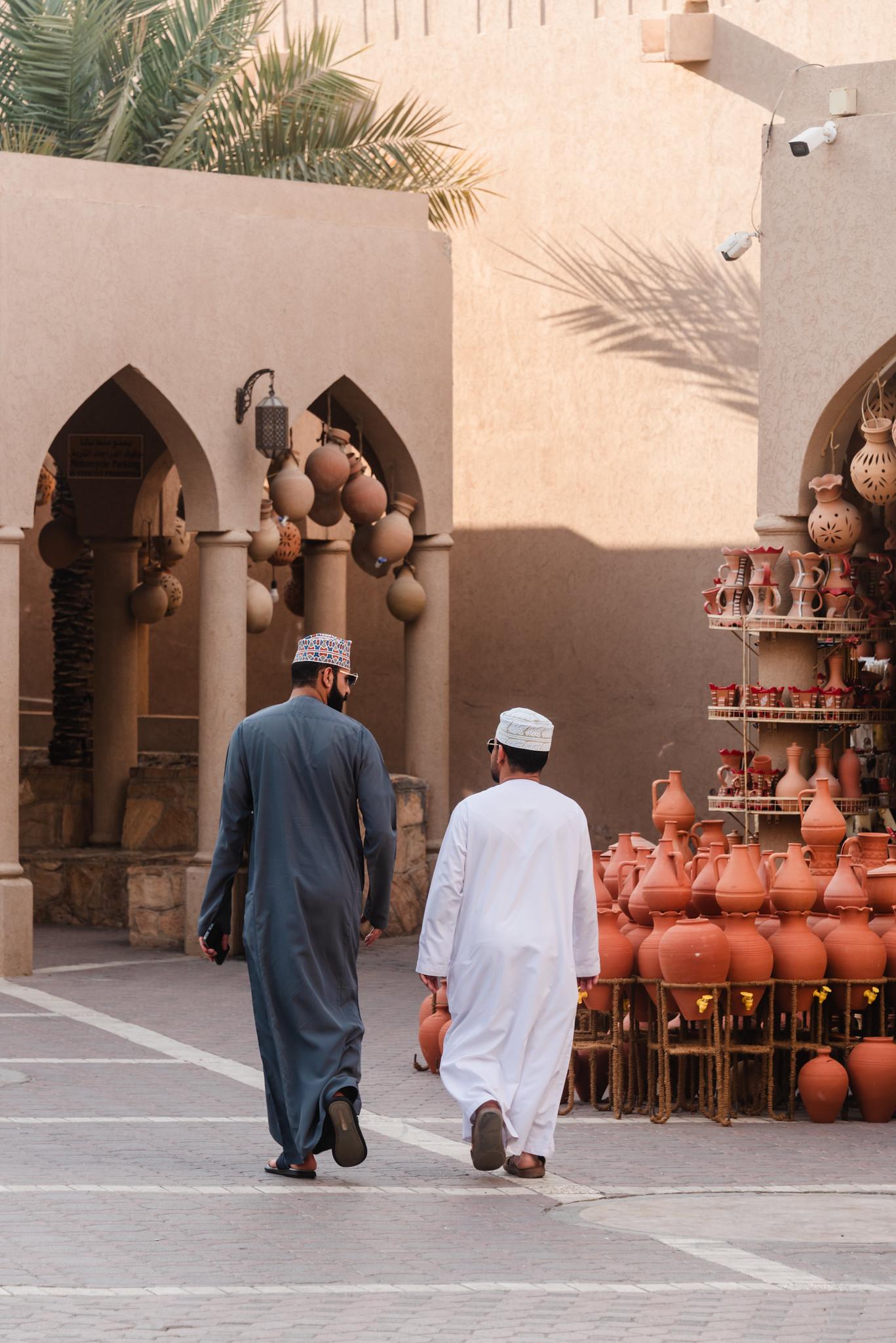
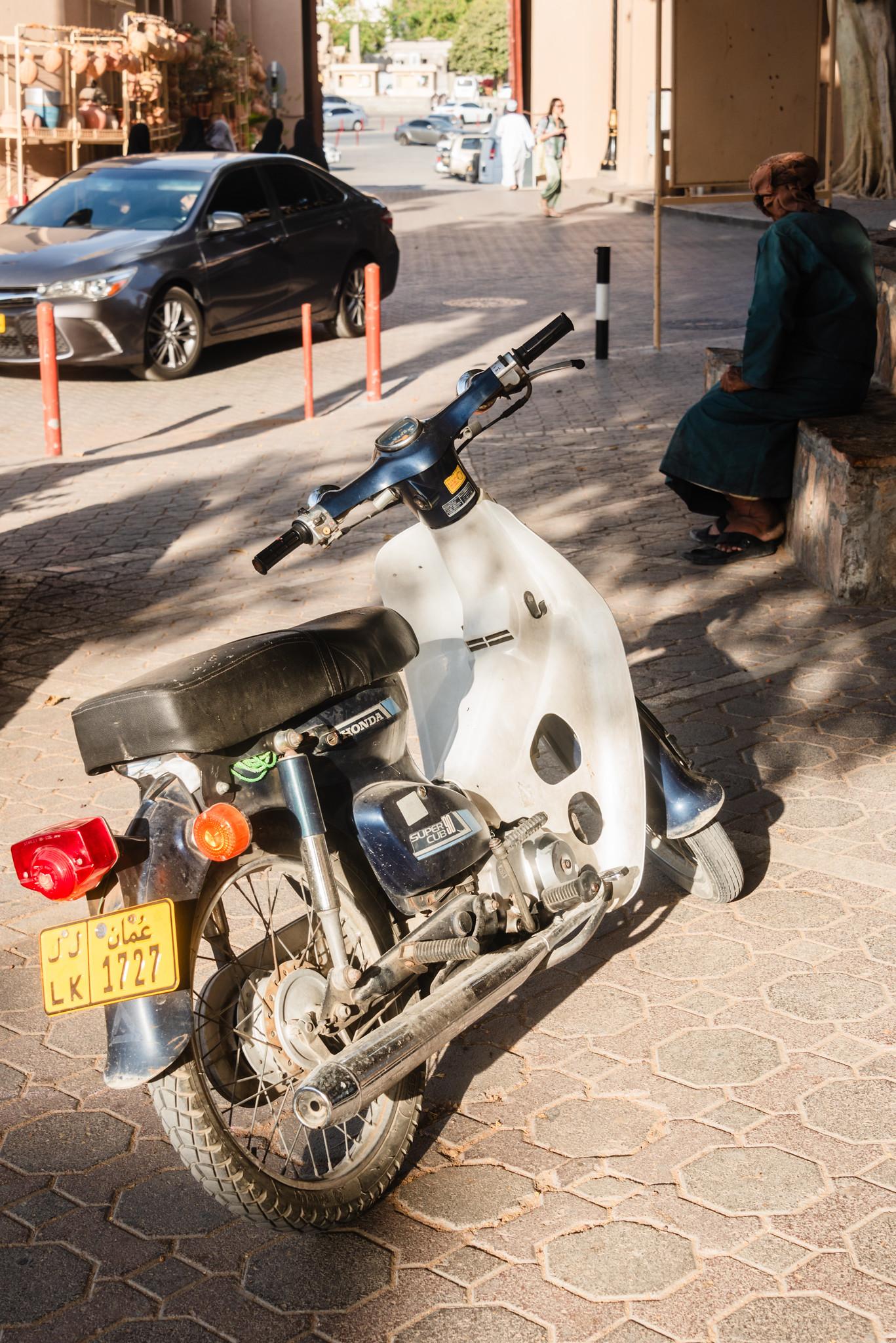
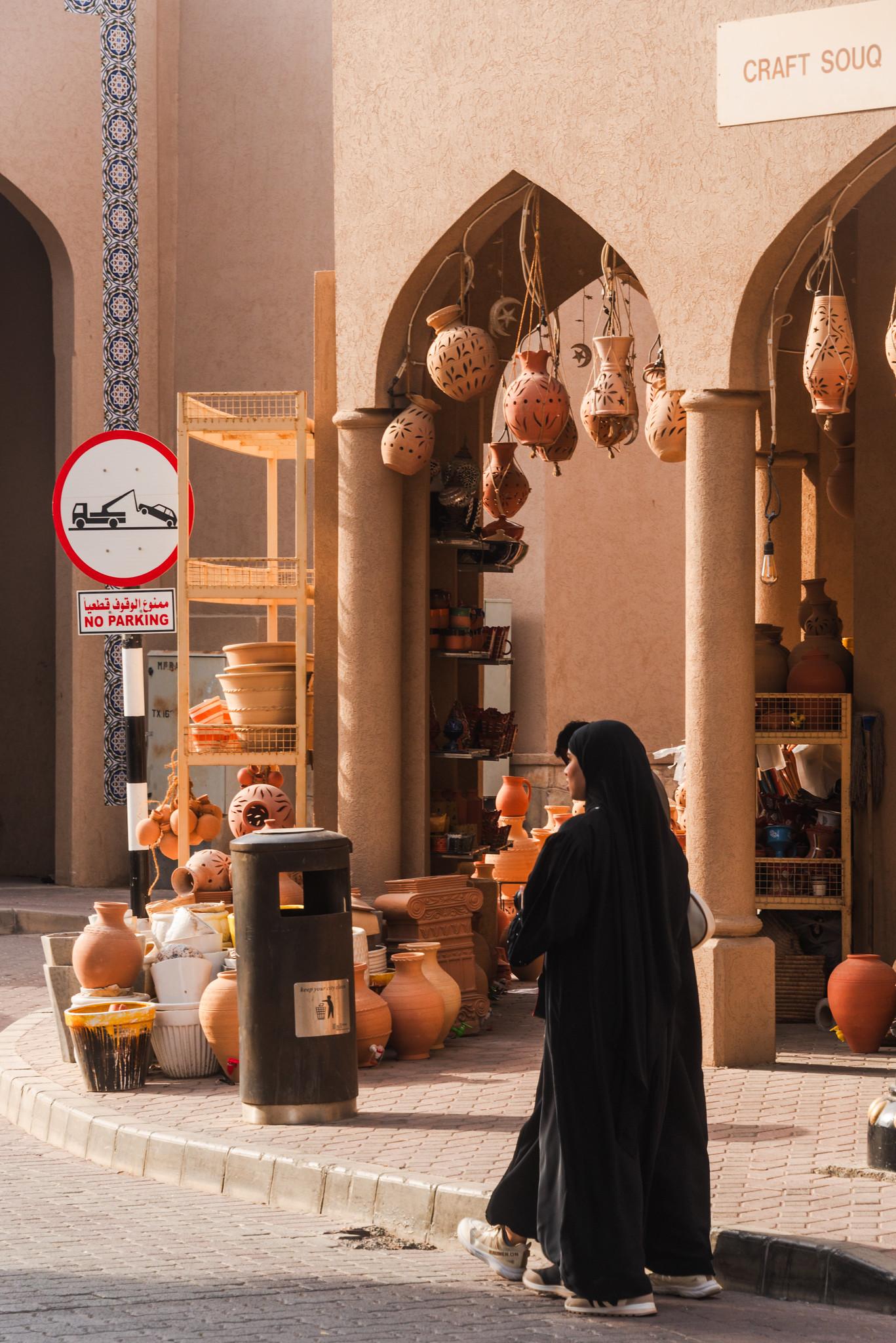
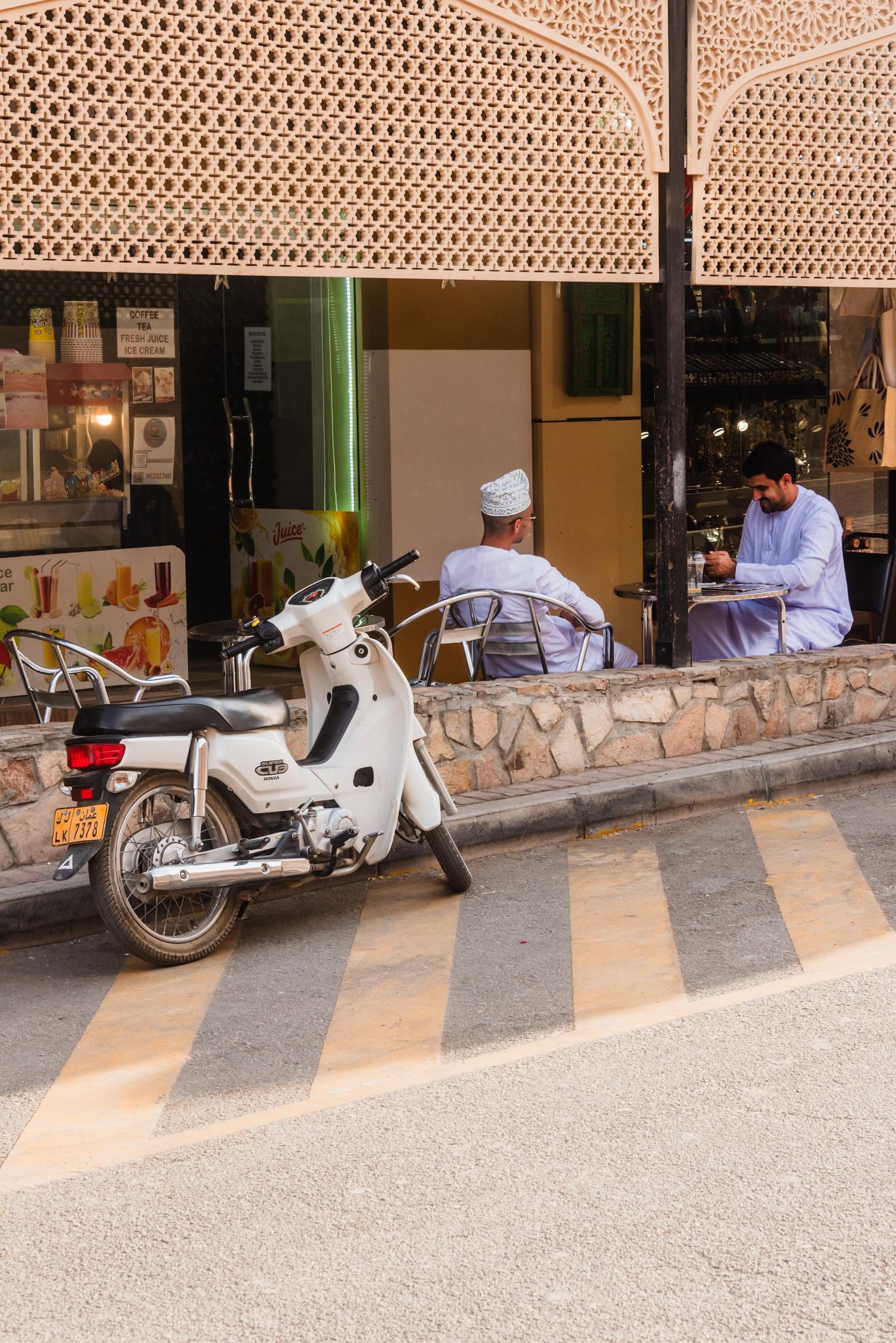
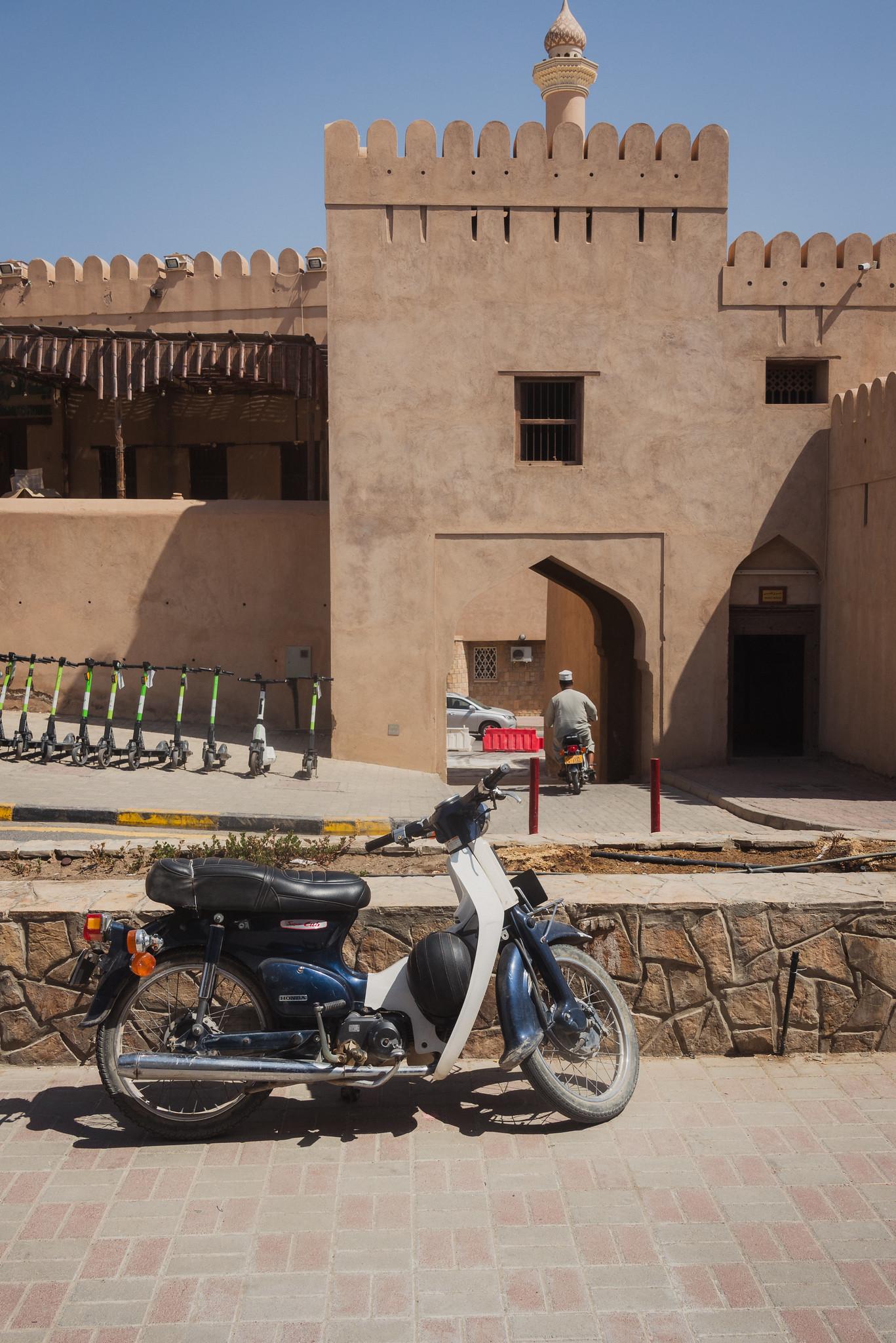

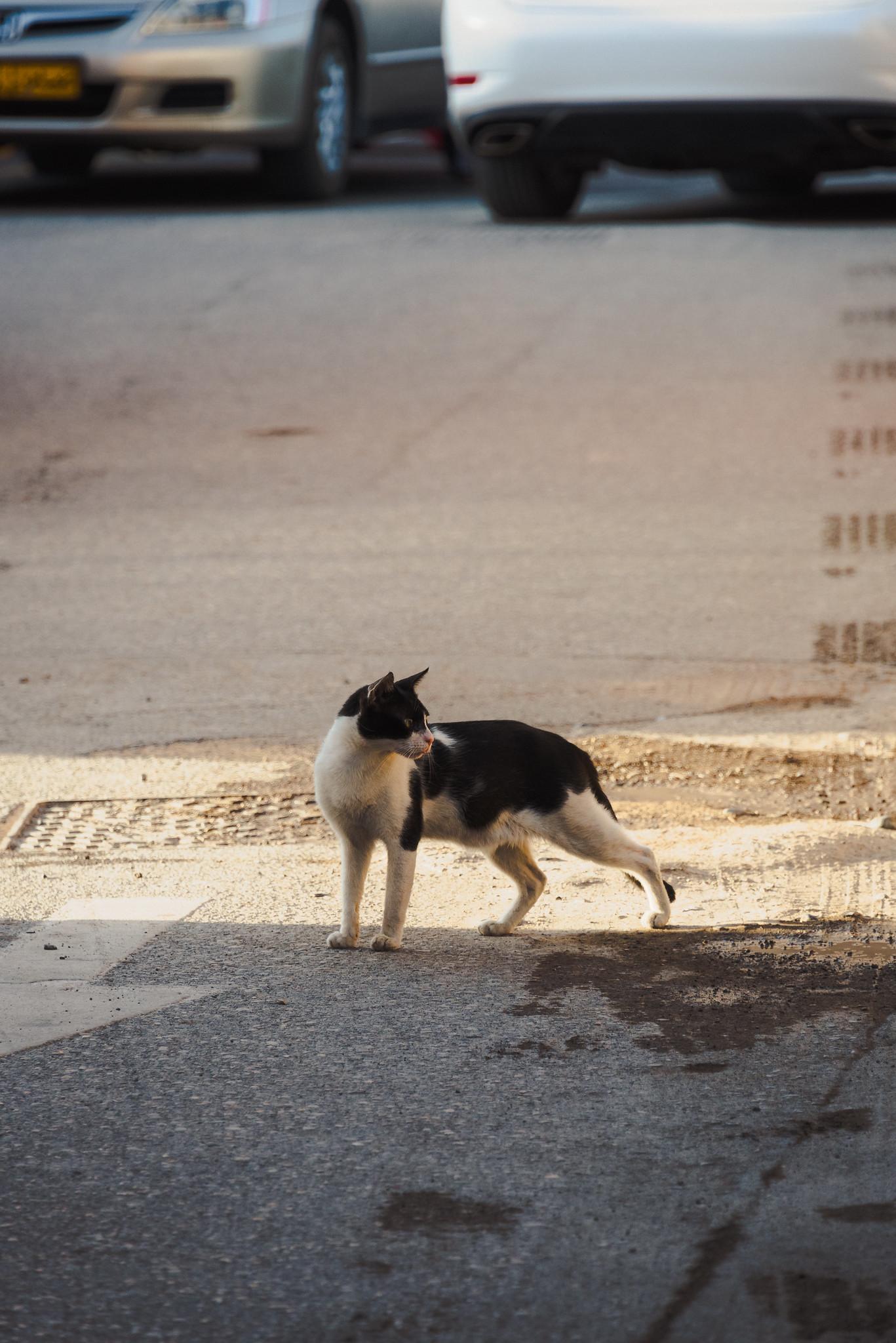
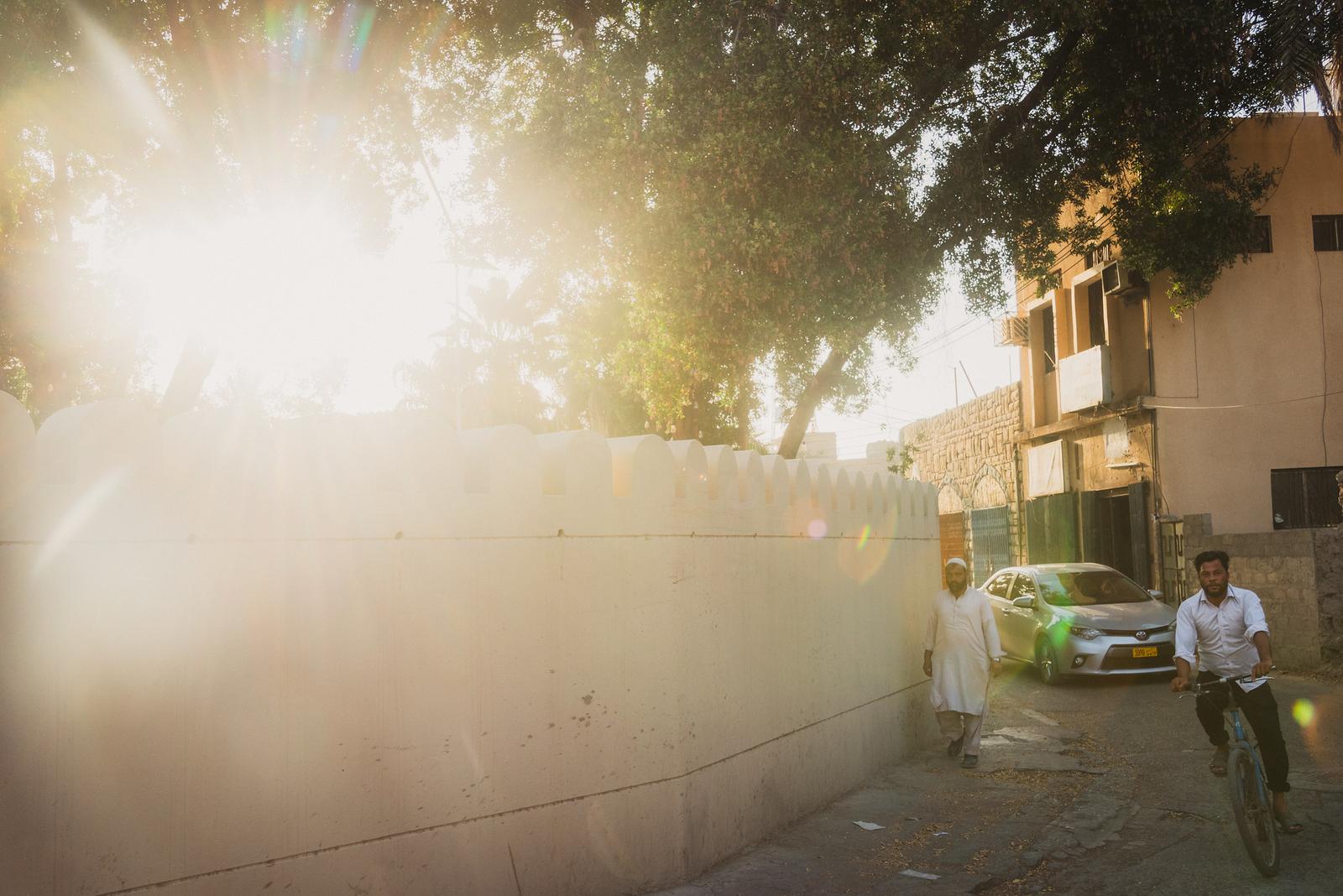
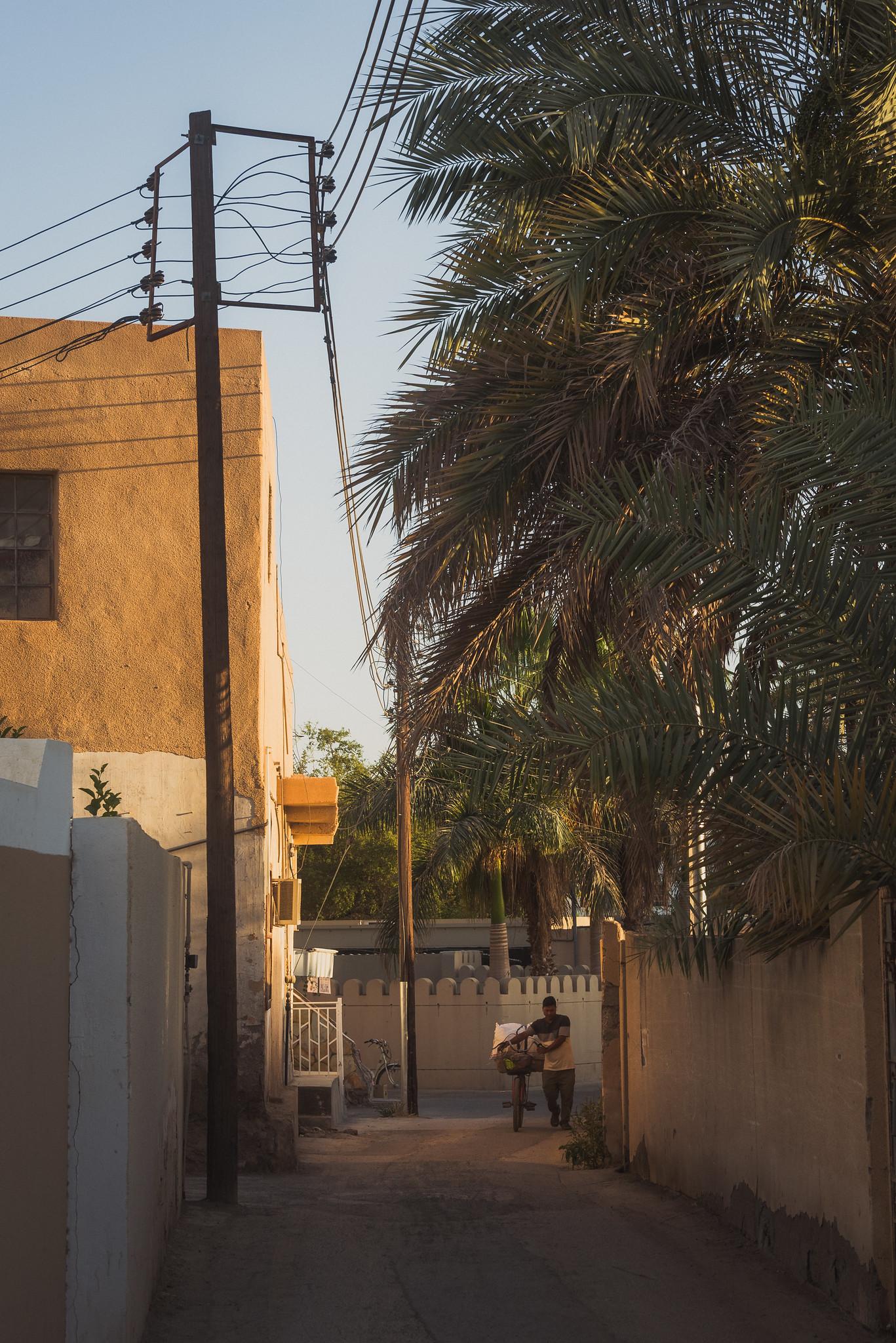
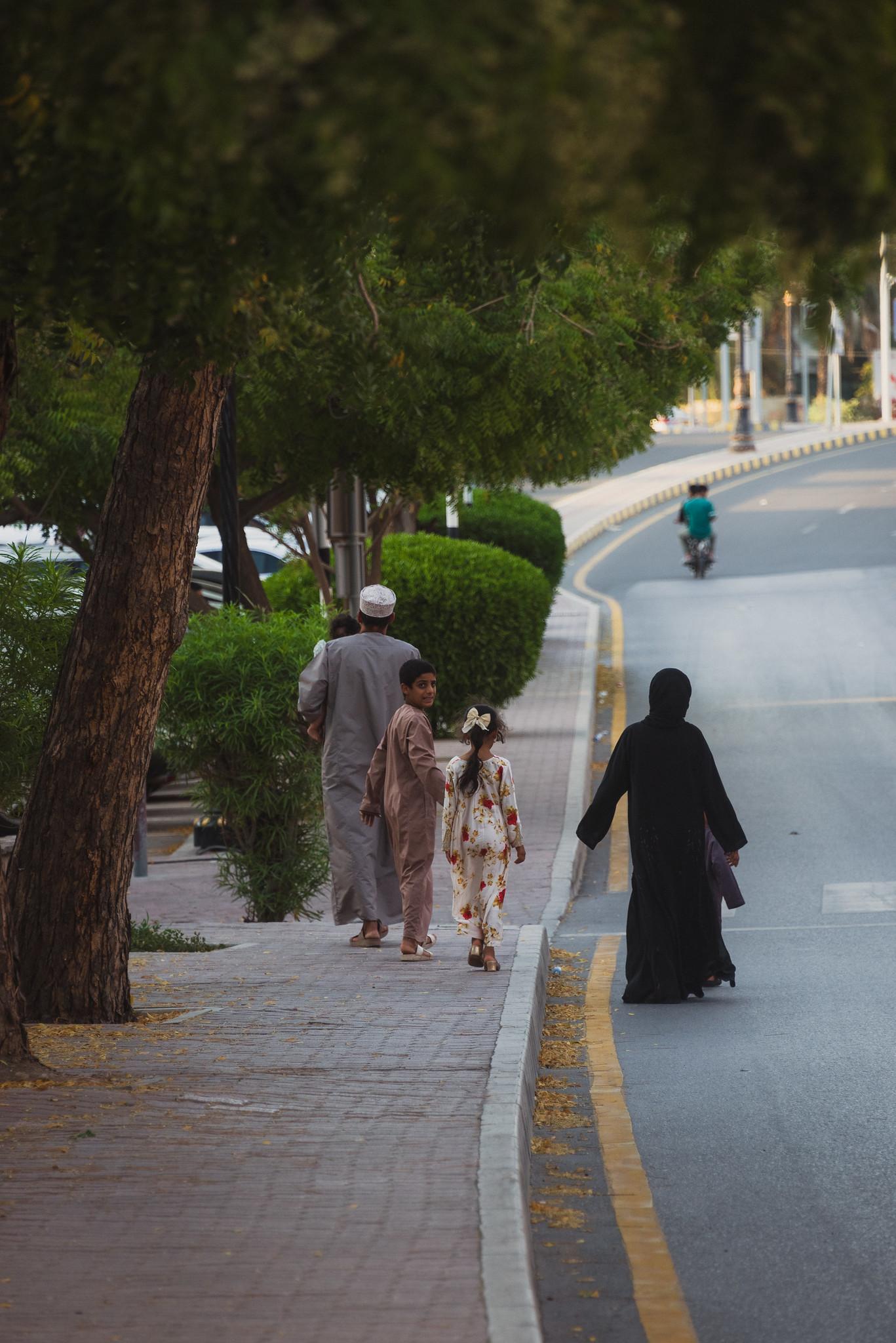
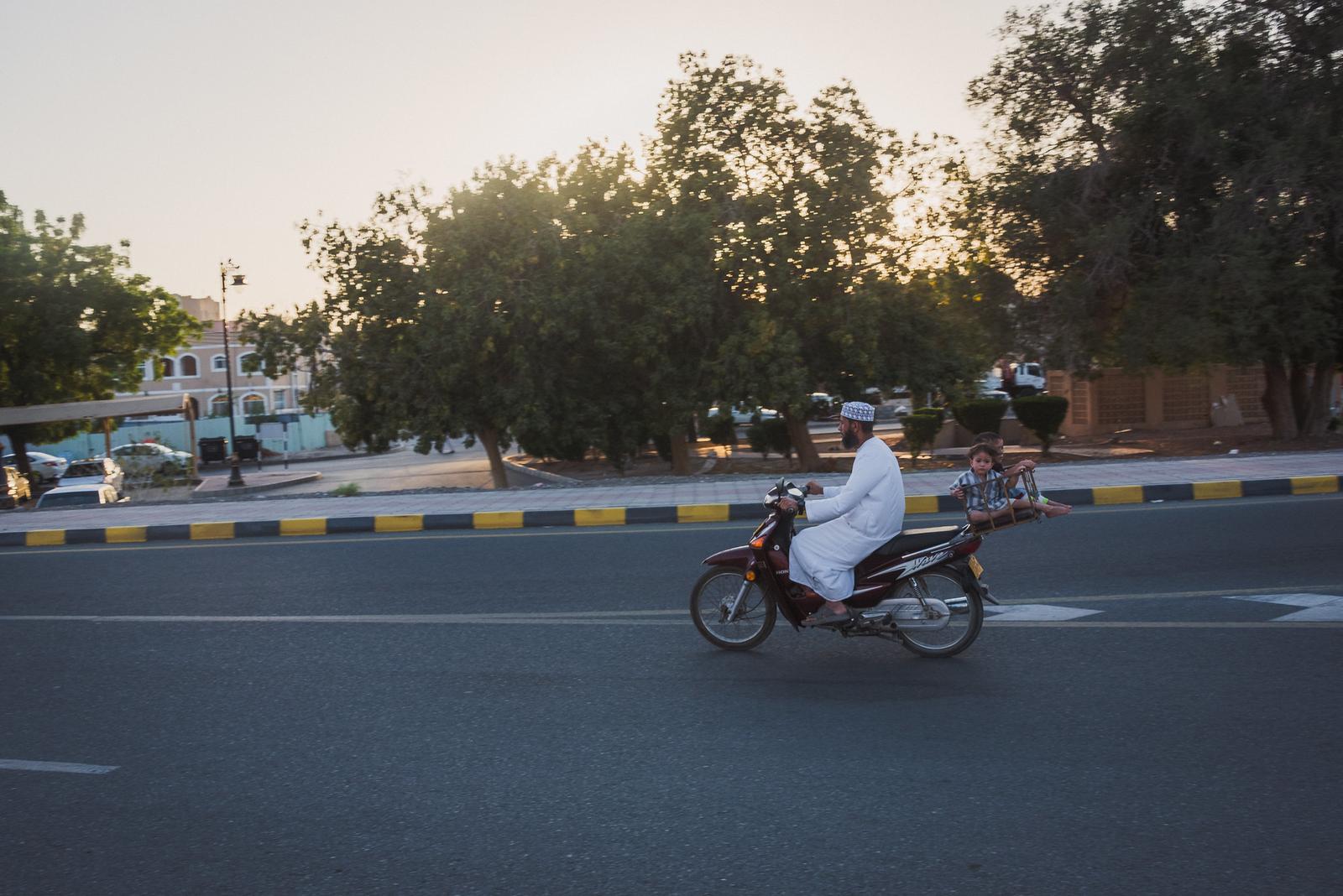
I think I’m drawn to the interplay of light and shadow, painted by sunlight and the crisp, defined architectural shapes. When it comes to traveling through an Islamic land, we’re never short of scenes like these.
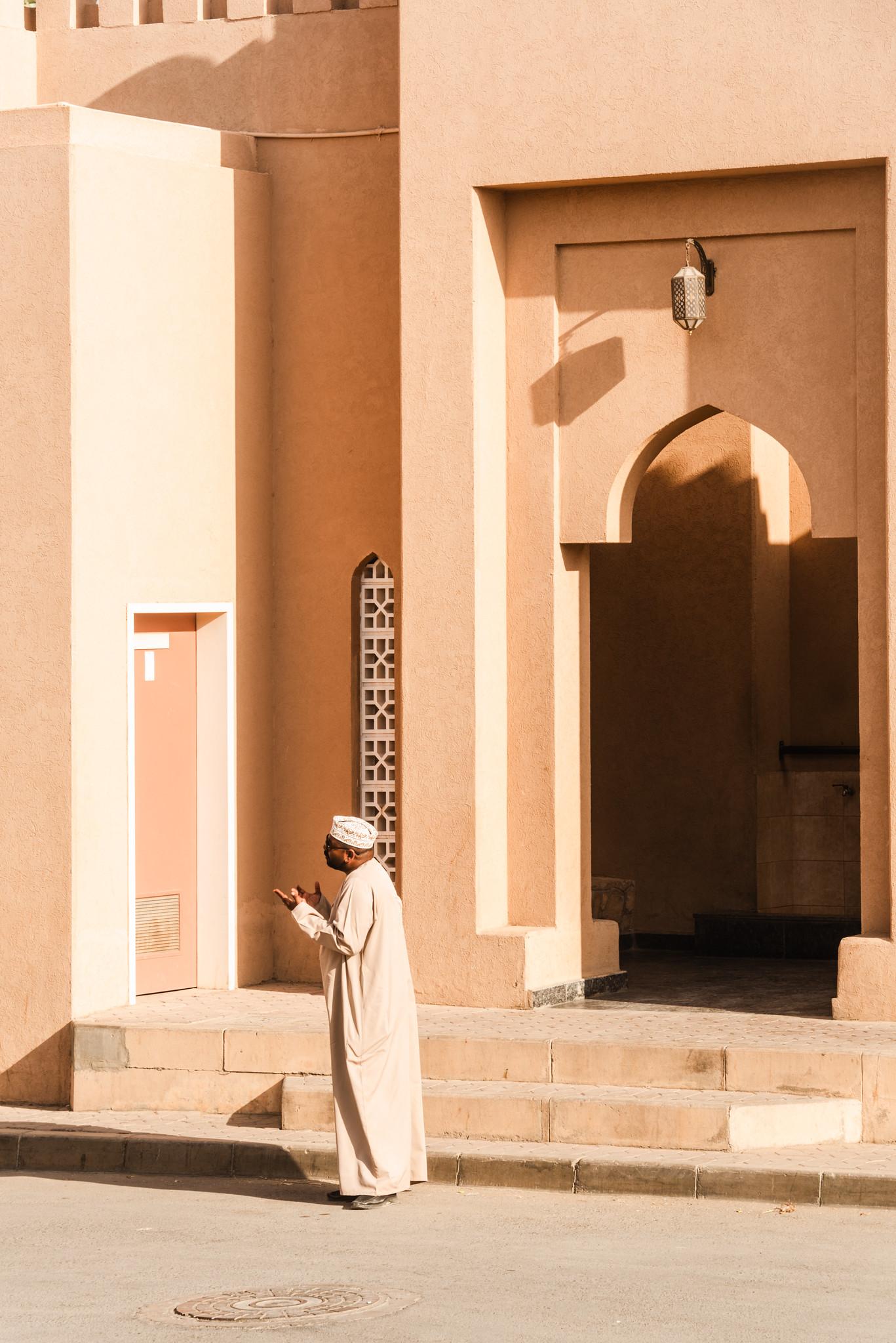
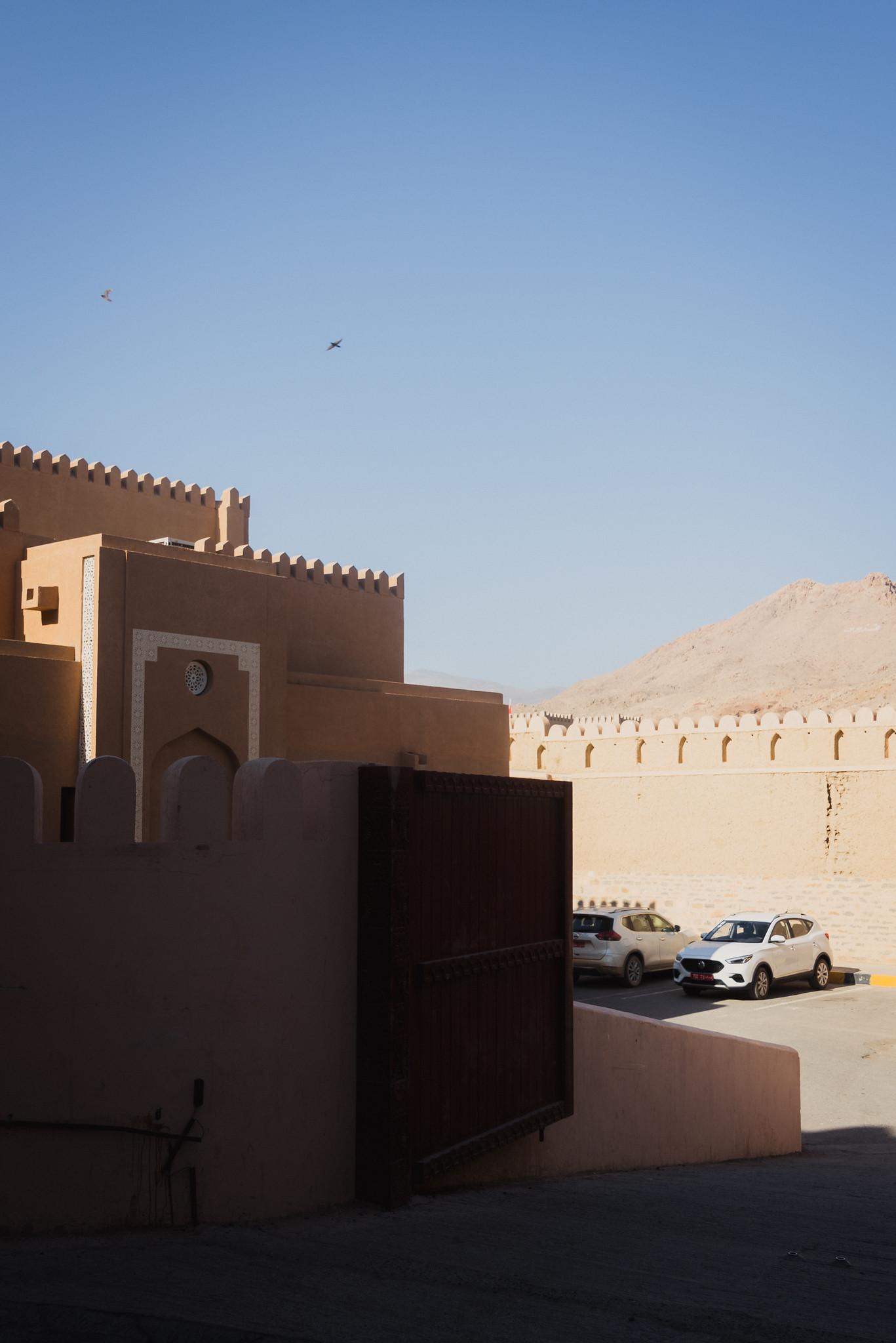
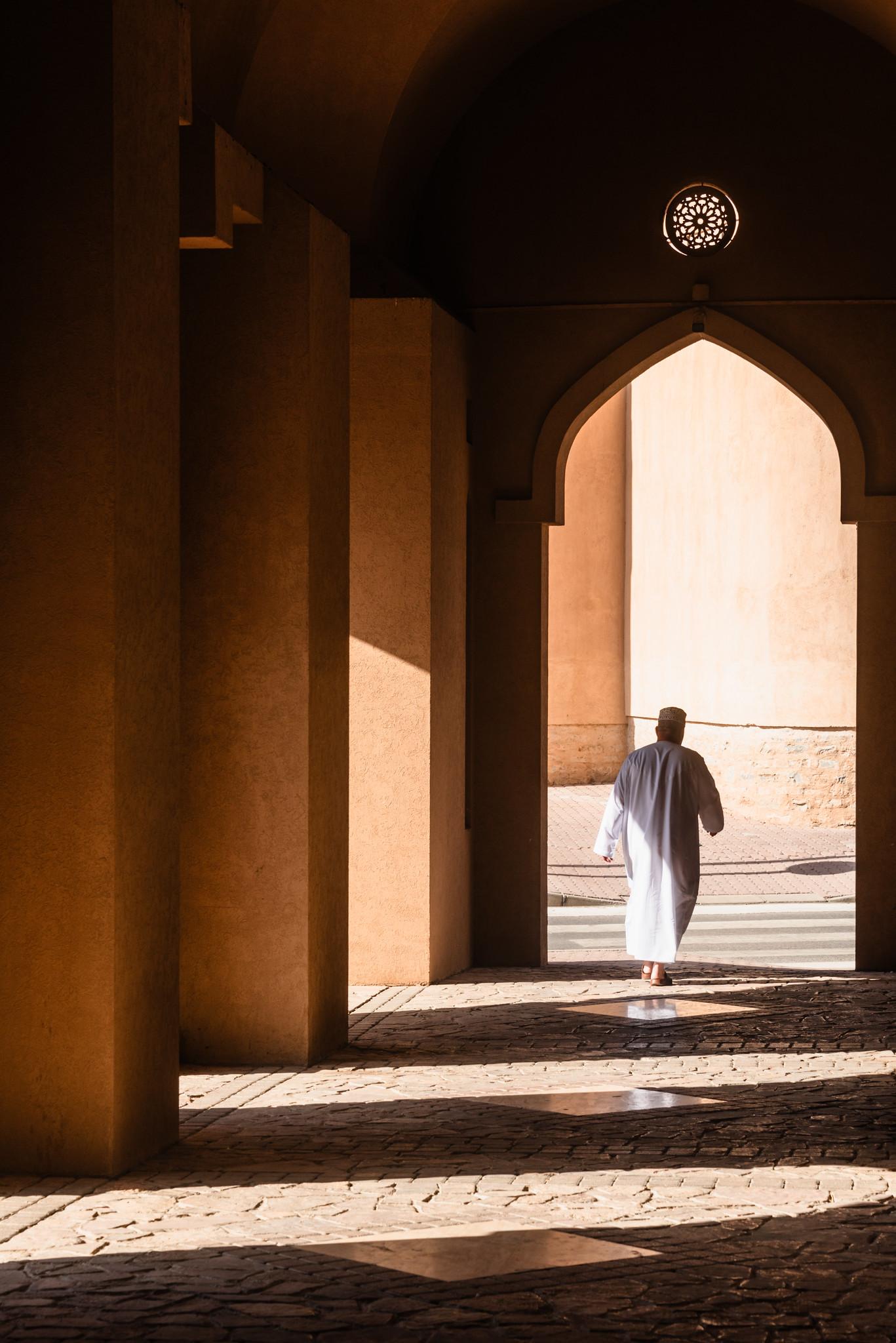
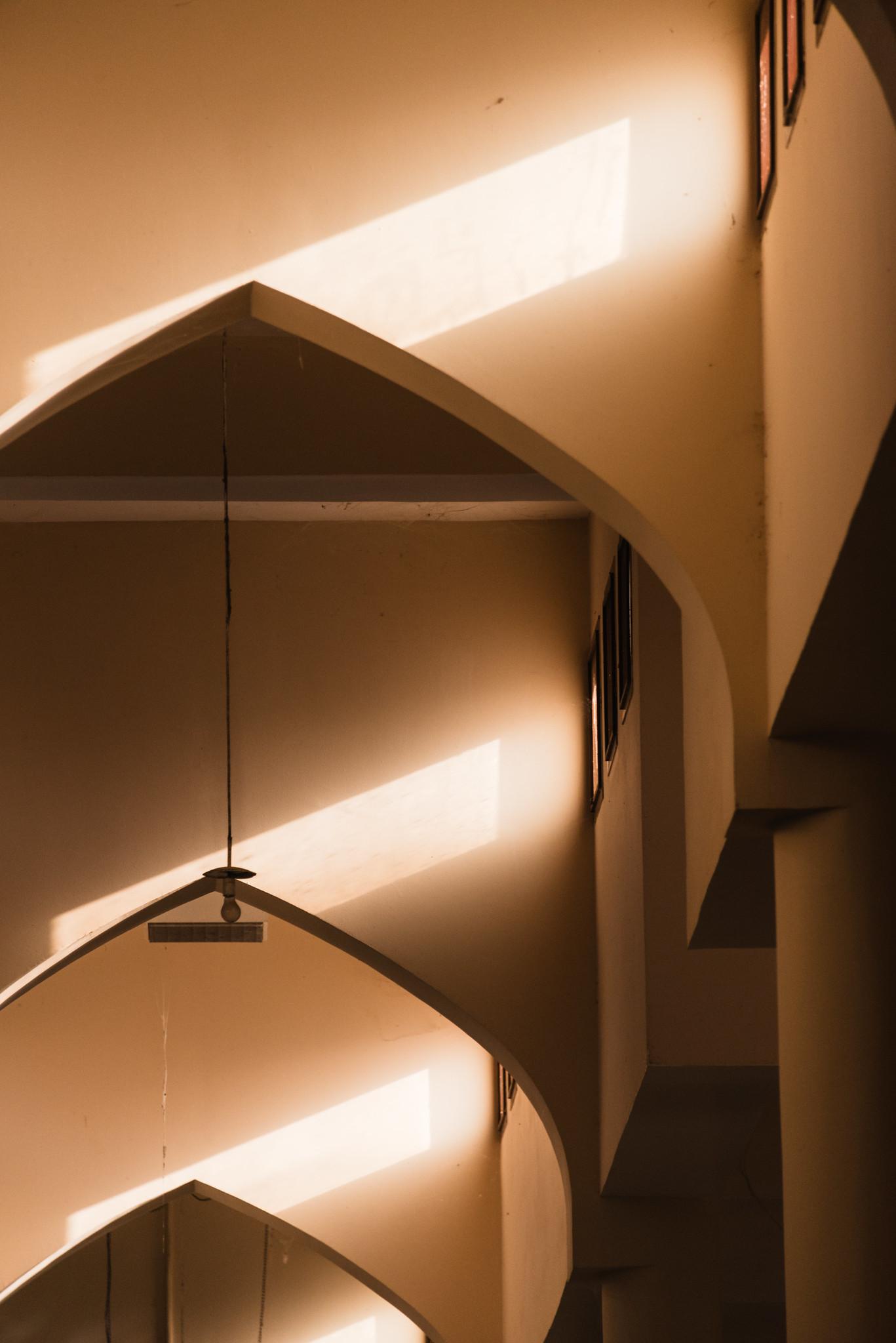
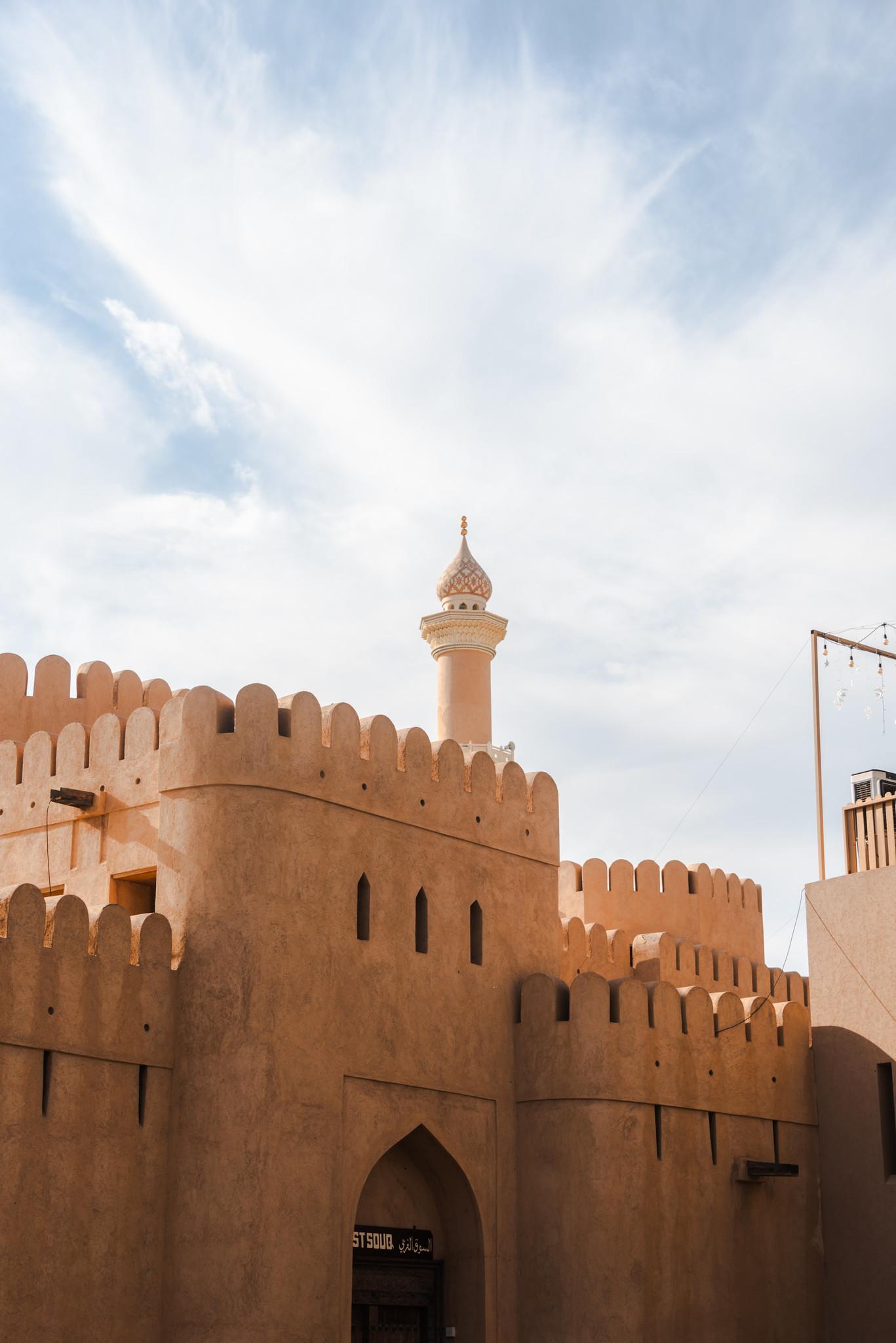
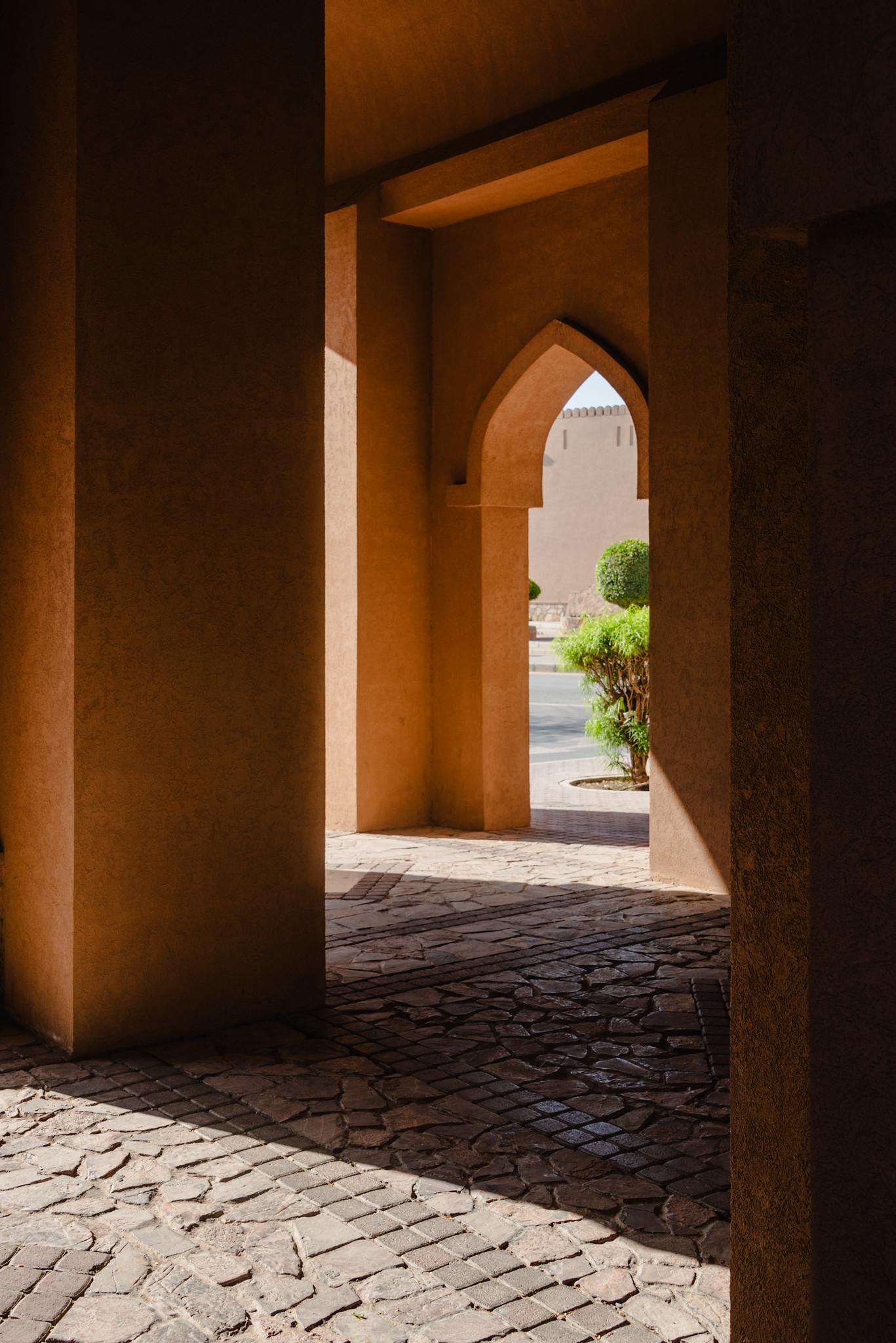
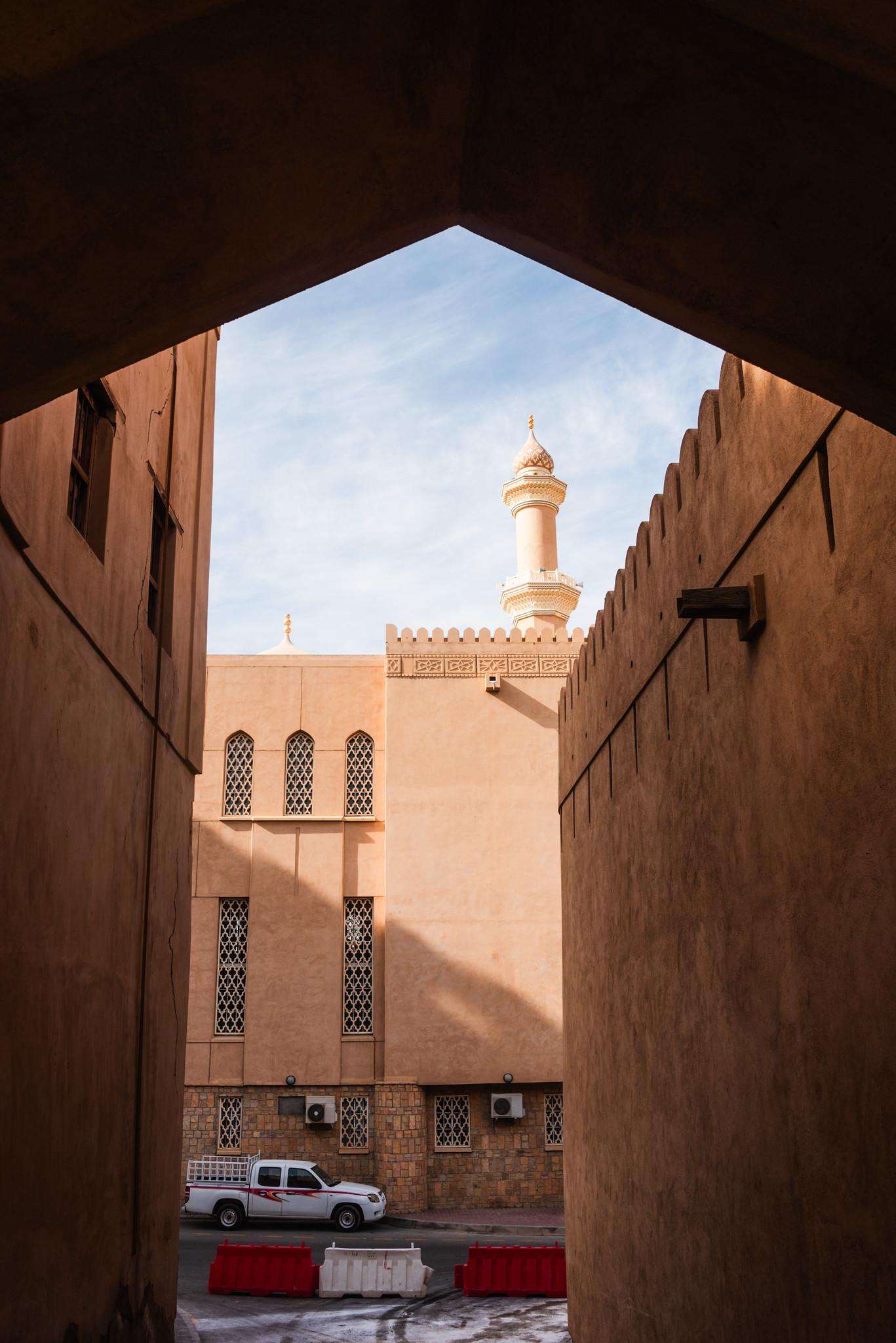
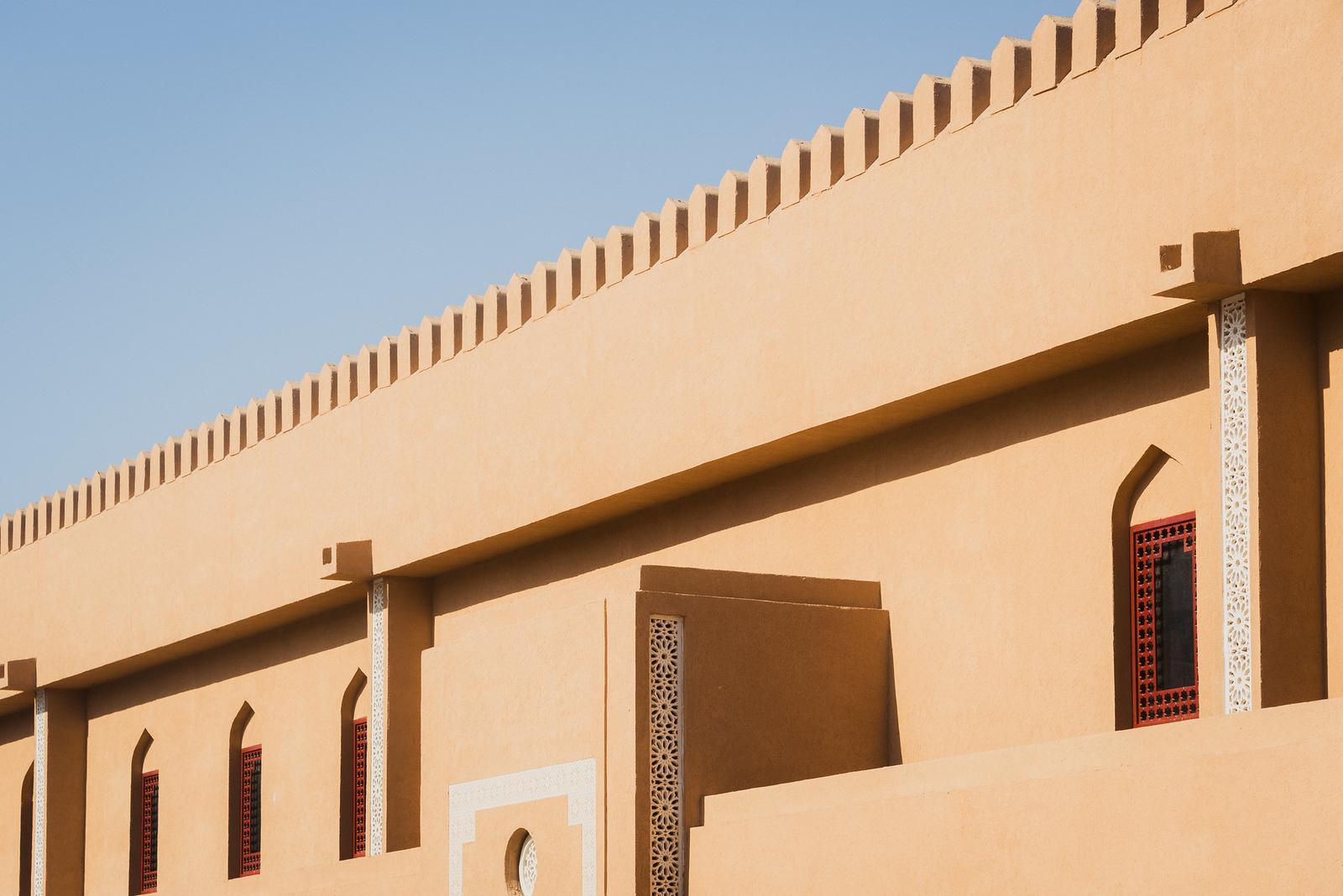
Atop Nizwa Fort
You simply can’t miss Nizwa Fort (قلعة نزوى), with its towering cylindrical architecture dominating a corner of the old town, right next to Nizwa Souq and Jamea Al-Qala’a Mosque. With an entrance fee of 5 OMR, I’d say it’s a bargain - for all the photogenic spots and a wealth of fascinating historical and cultural information.
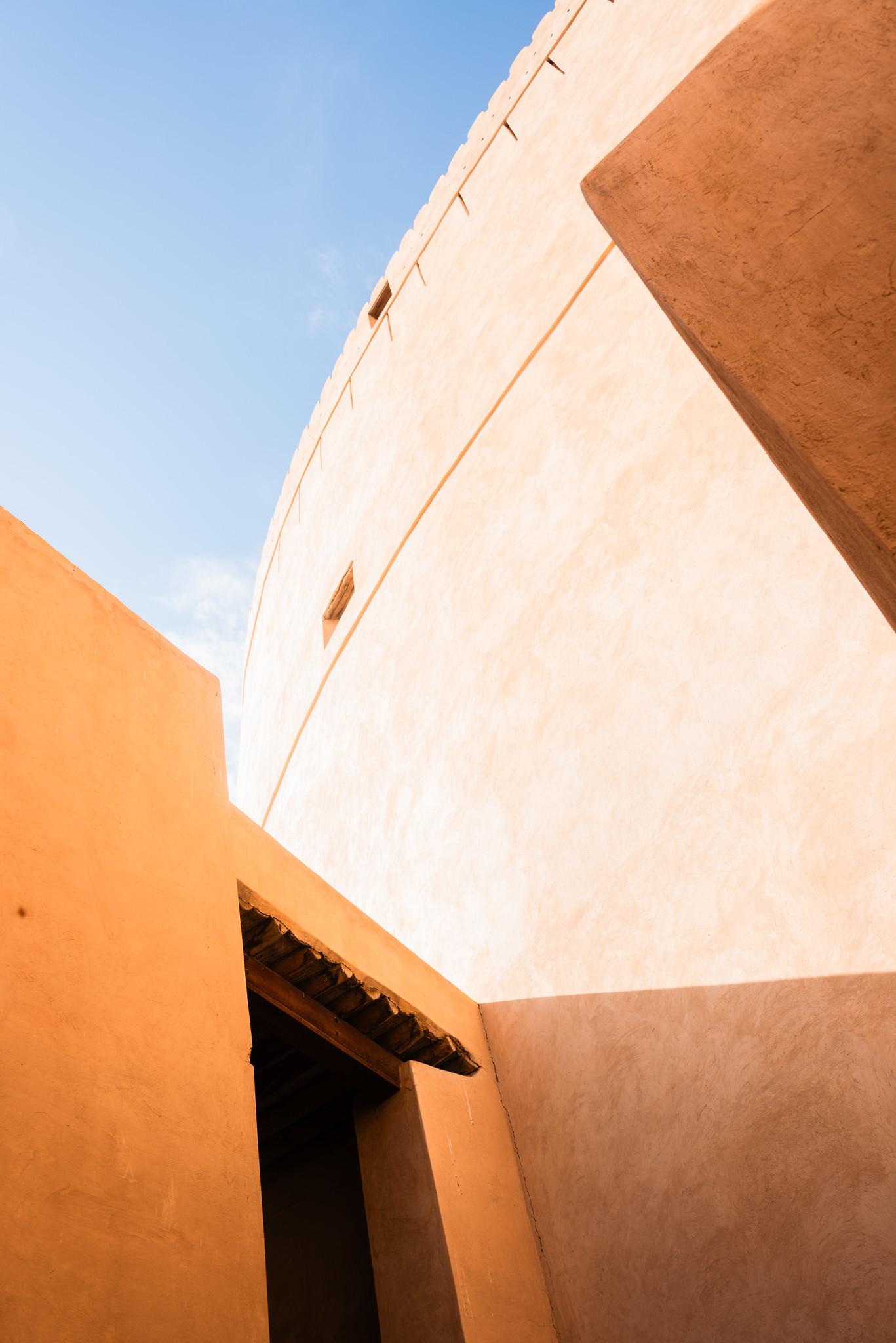
Everything went according to plan, and I was confident some beautiful shots would soon join my sunset collection.
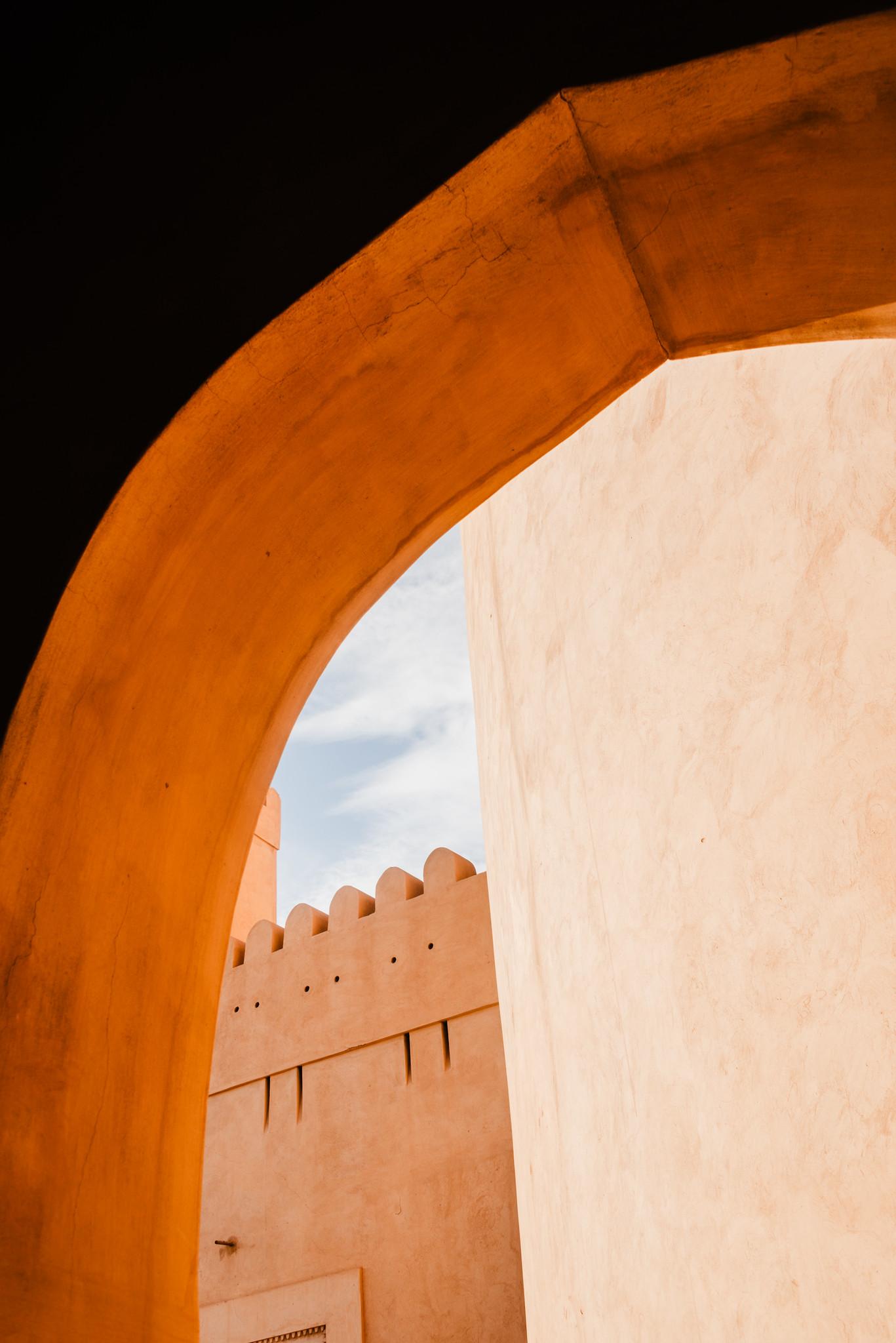
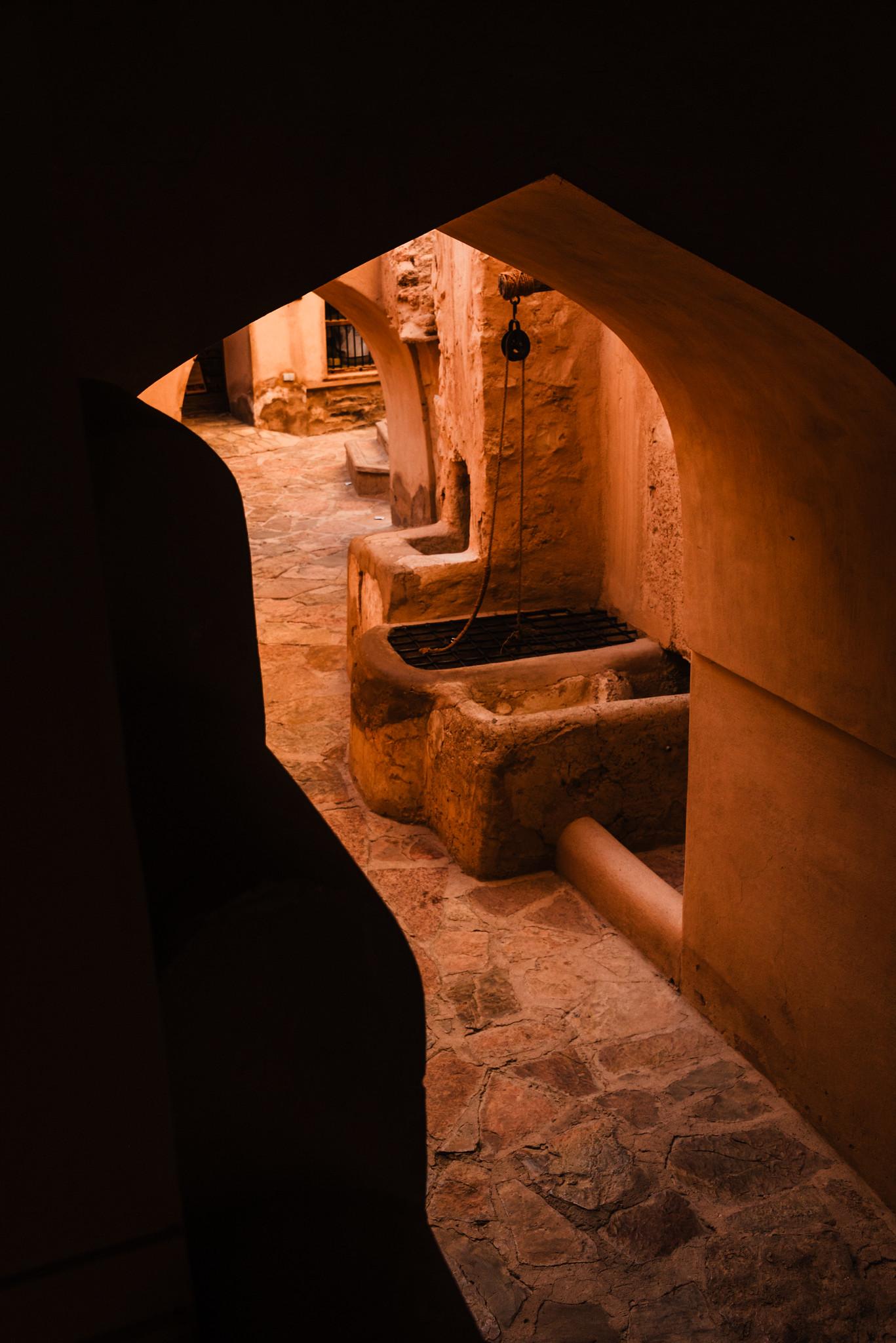
The photographer was instantly captivated right from the fort entrance, where arched doorways played a crucial role in framing, composition and the interplay of light and shadow in each shot.
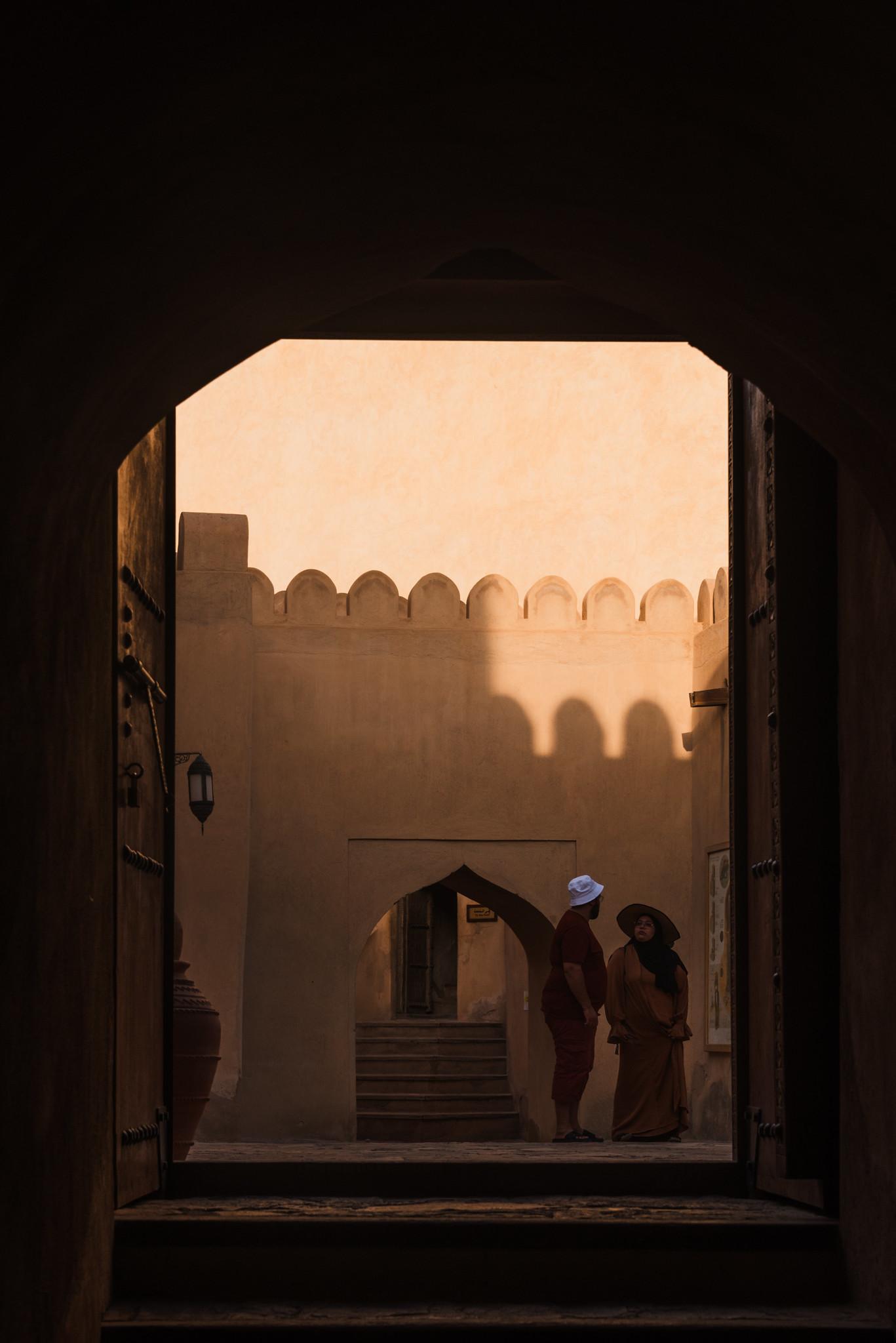
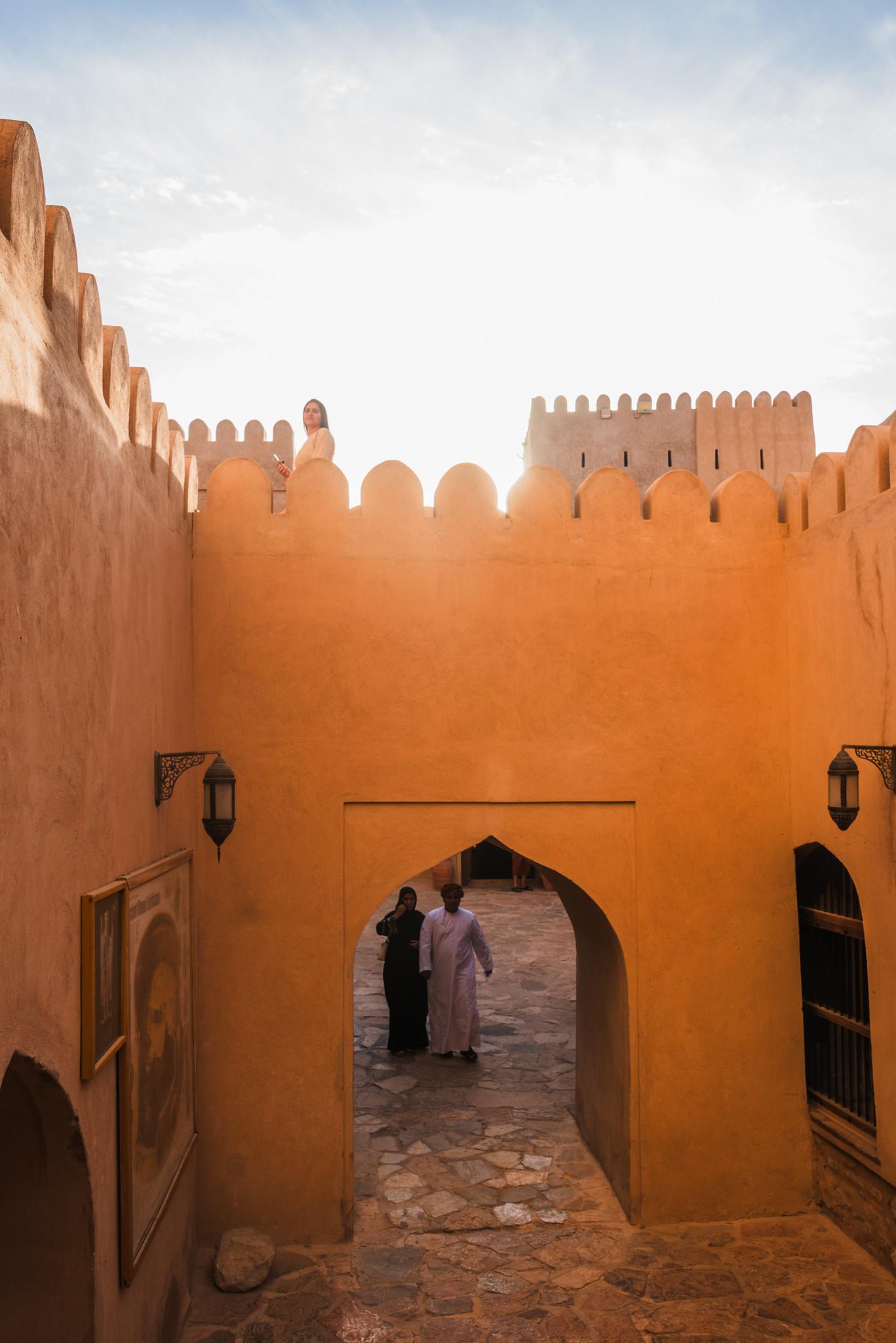
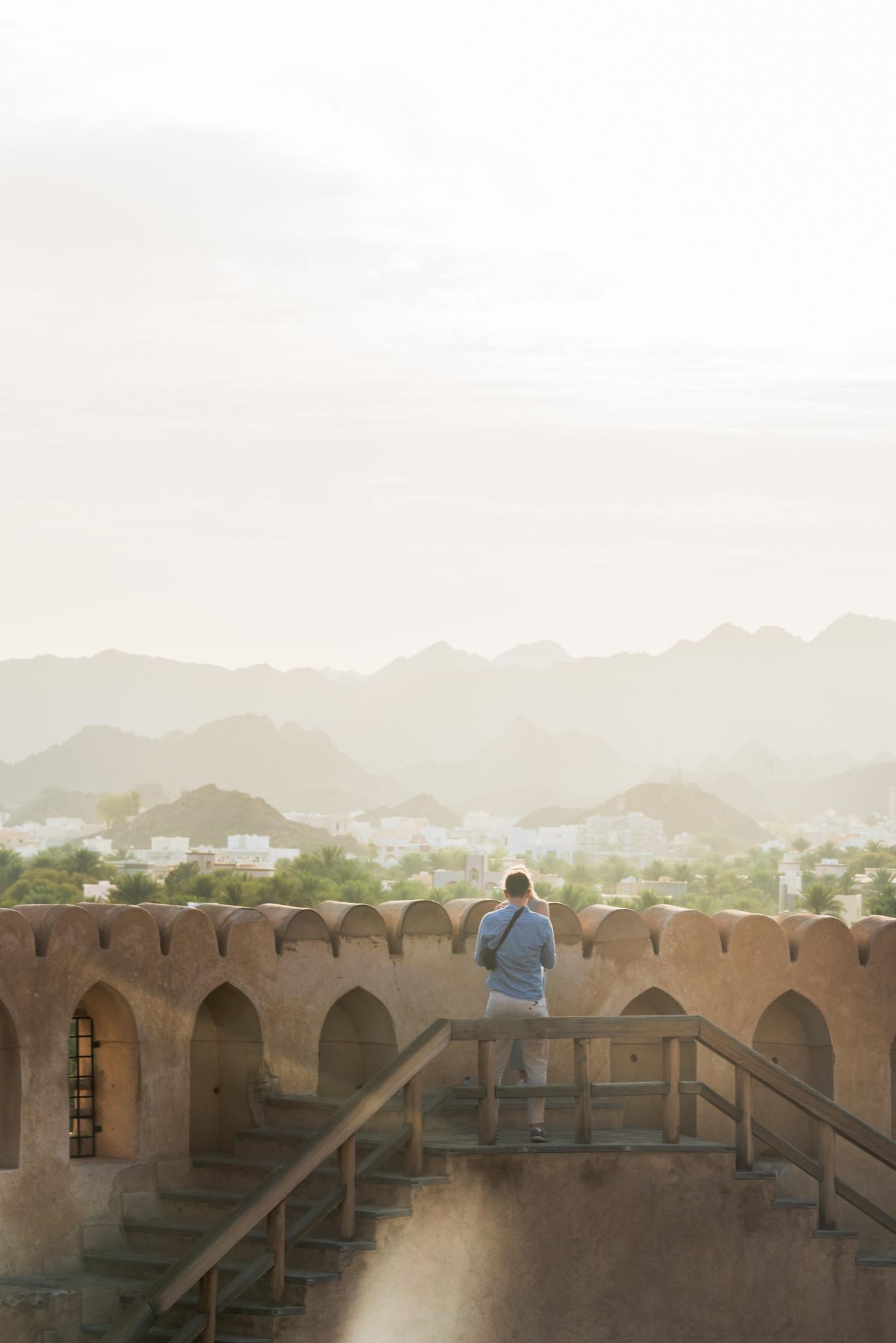
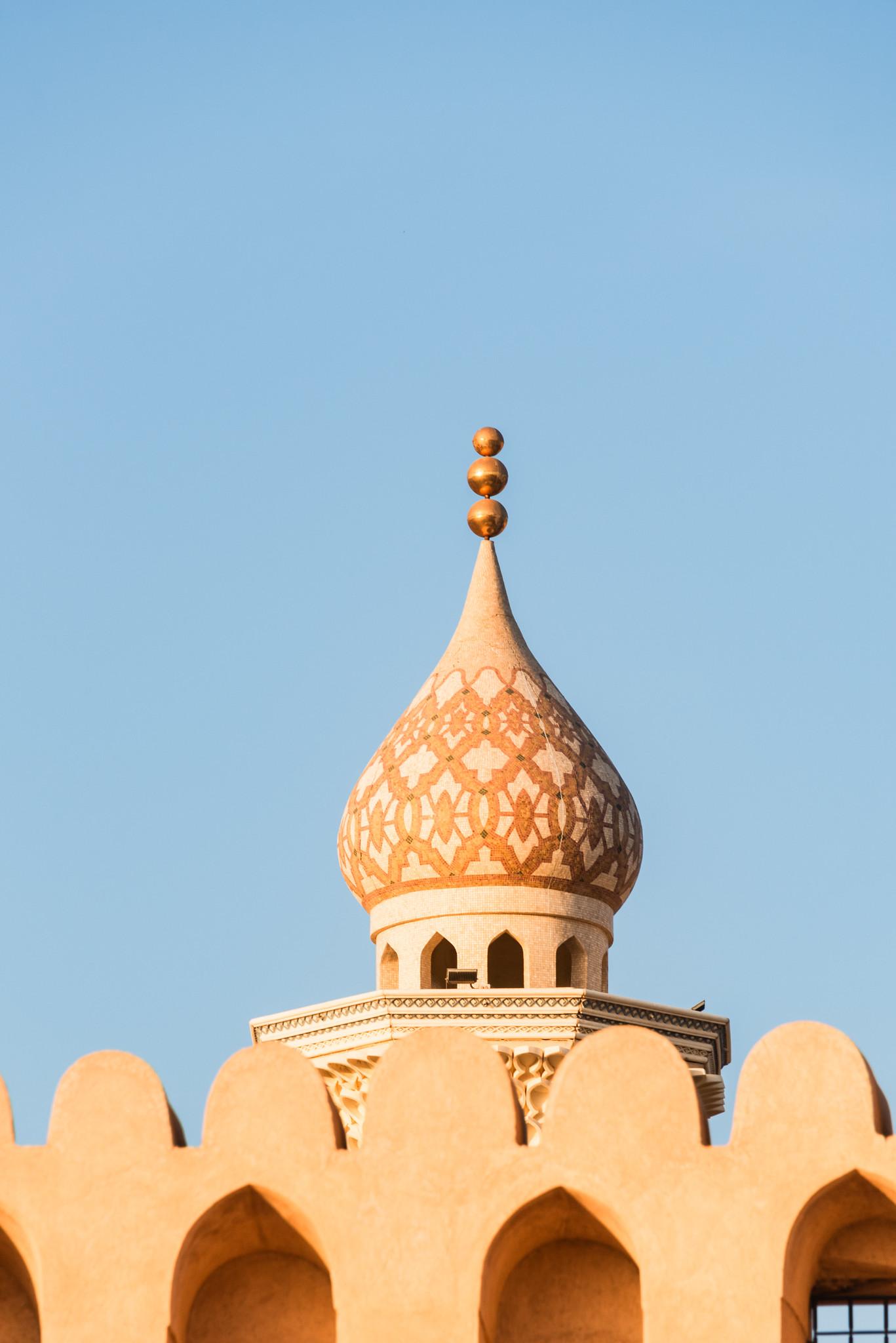
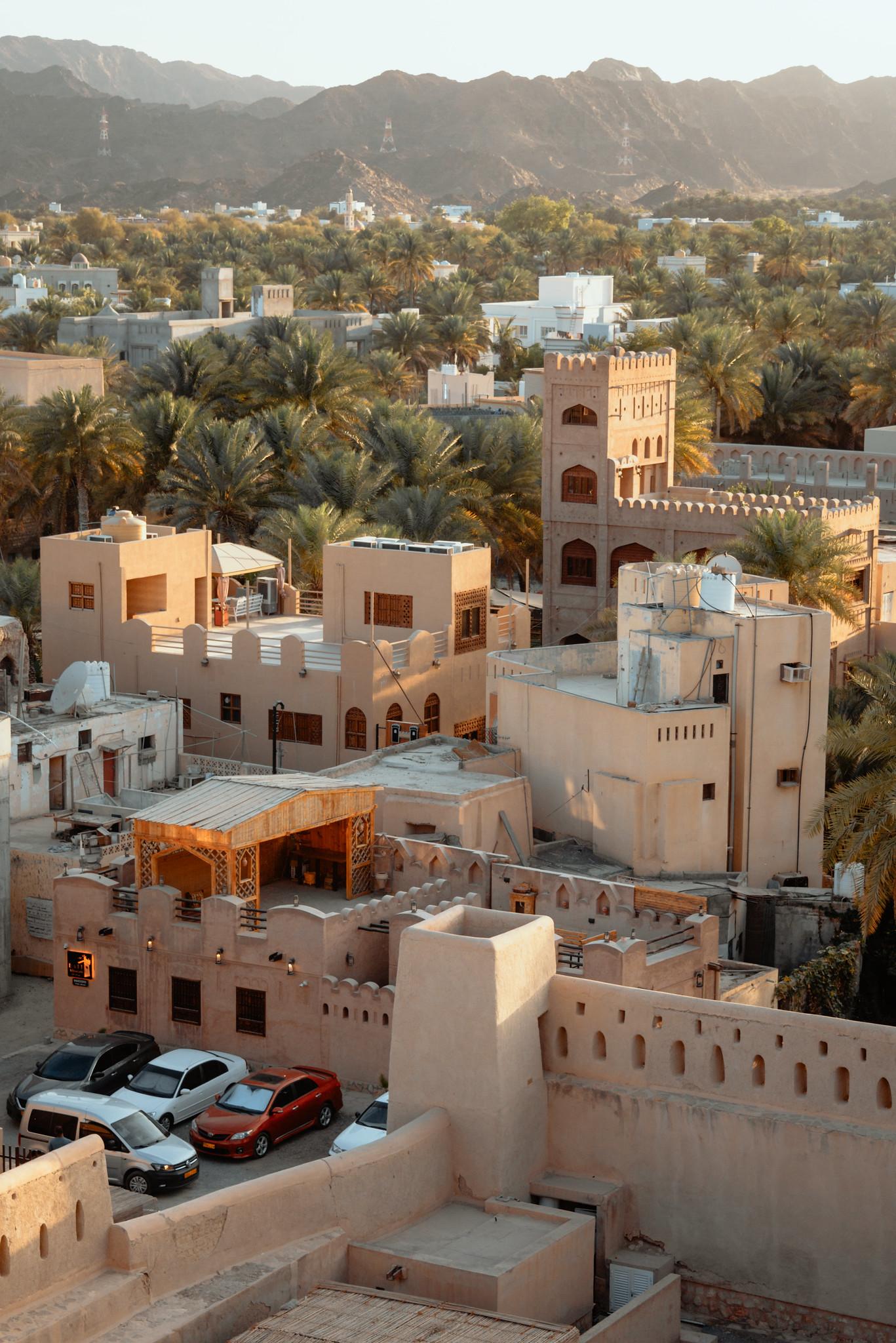
Now it’s time to step into the shoes of the guards of the past, climbing the stairs to reach the viewing platform: from here, you can see the lush green patches of Nizwa’s thriving palm groves, as well as the layered mountains of the Hajar Range encircling the town.
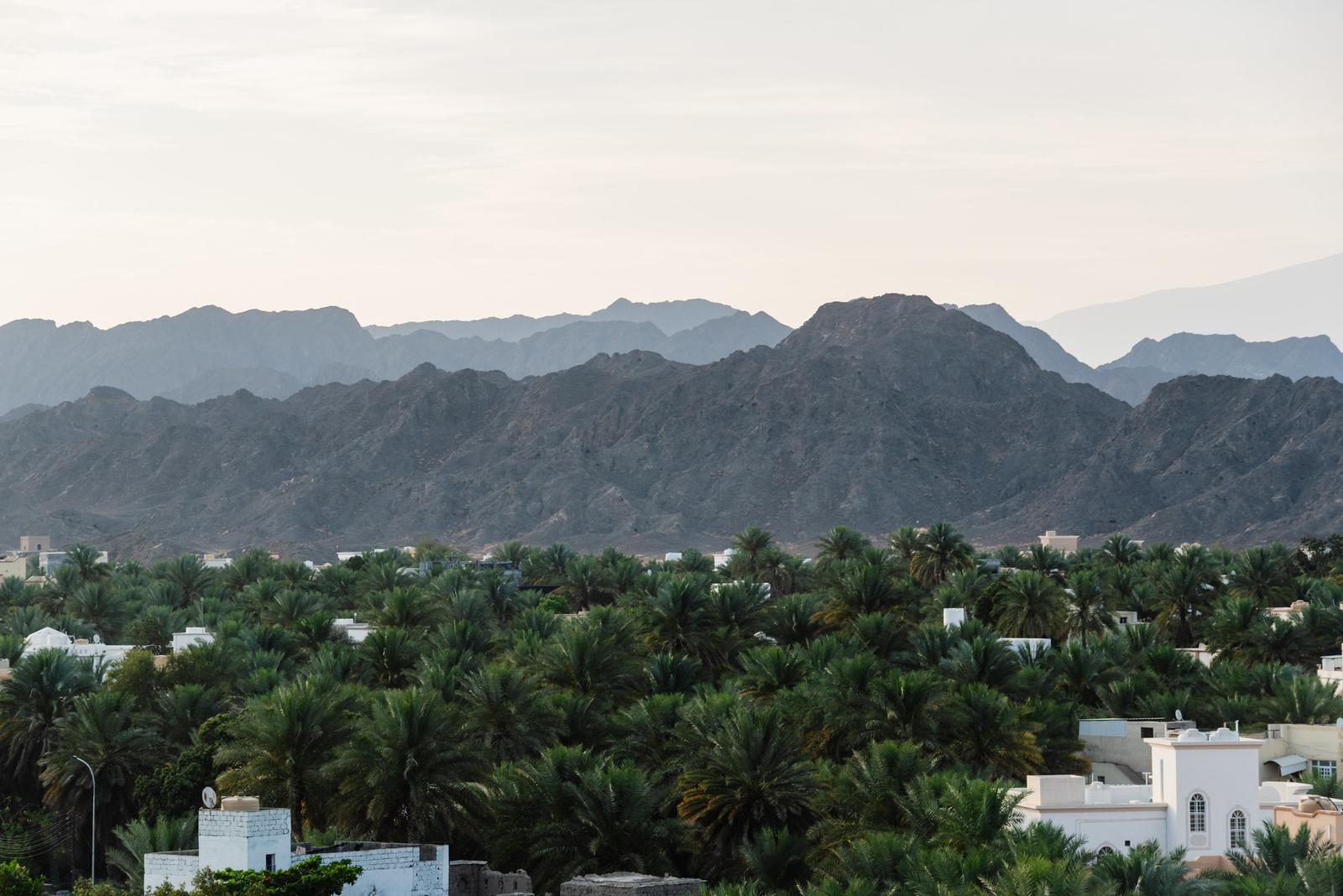
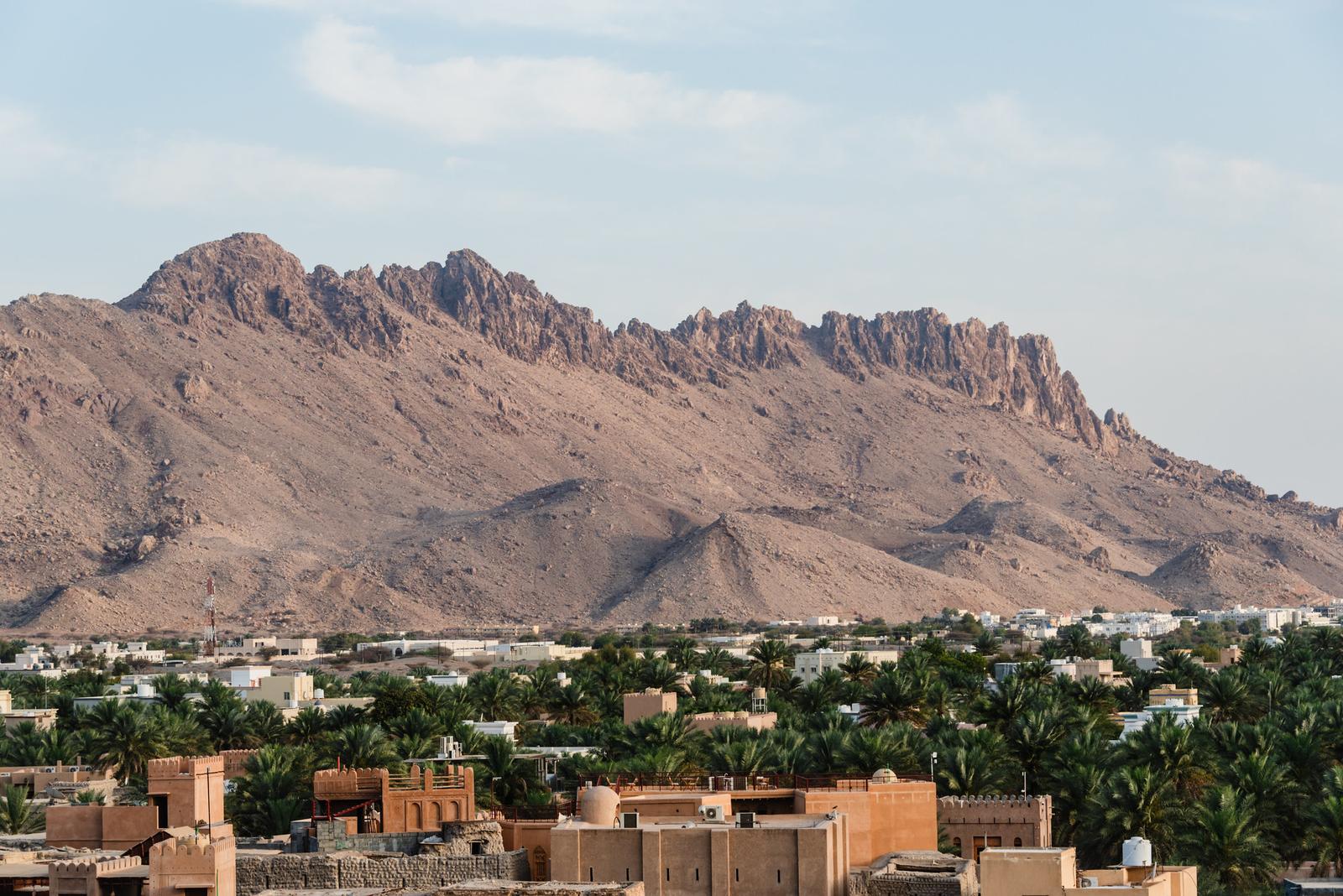

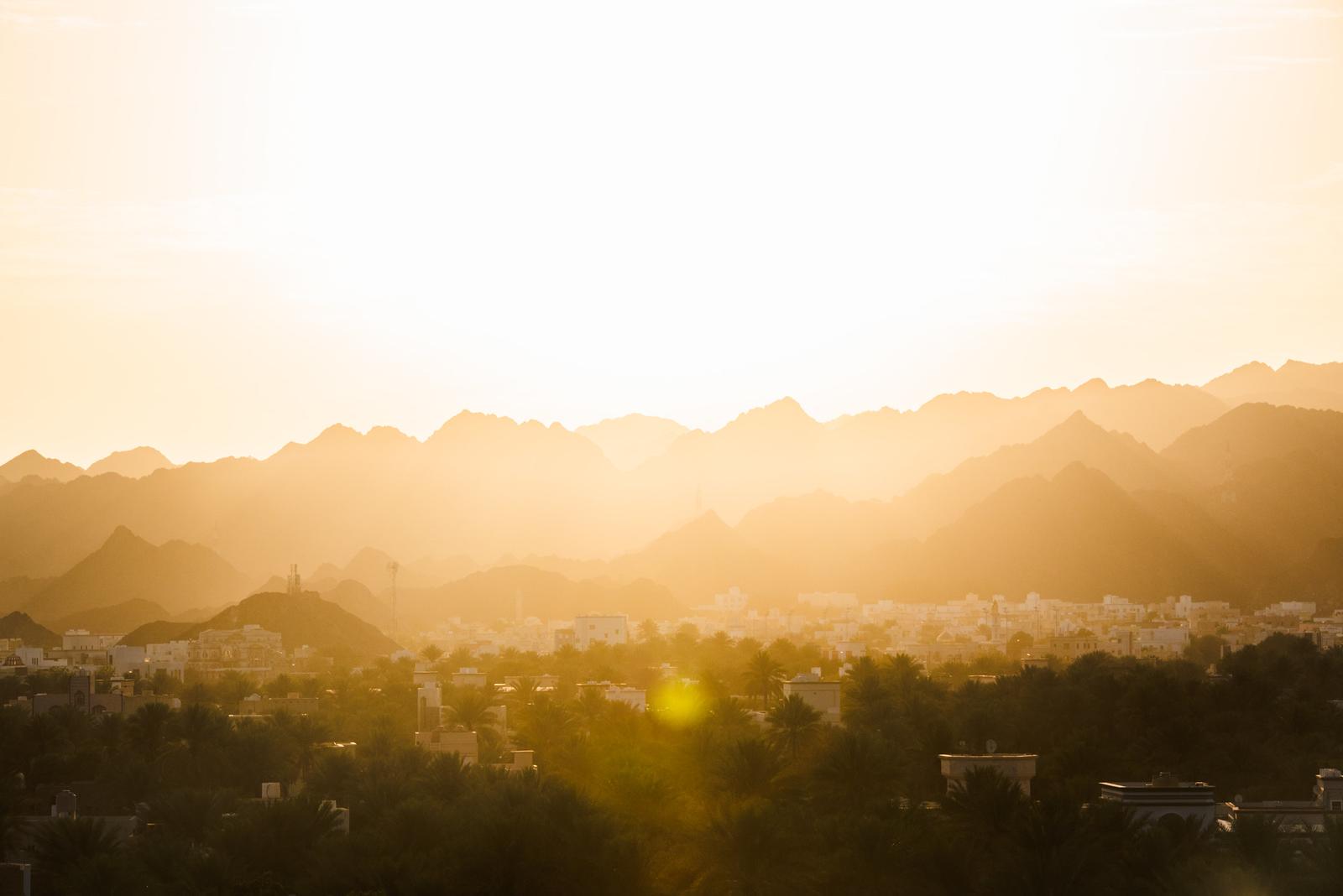
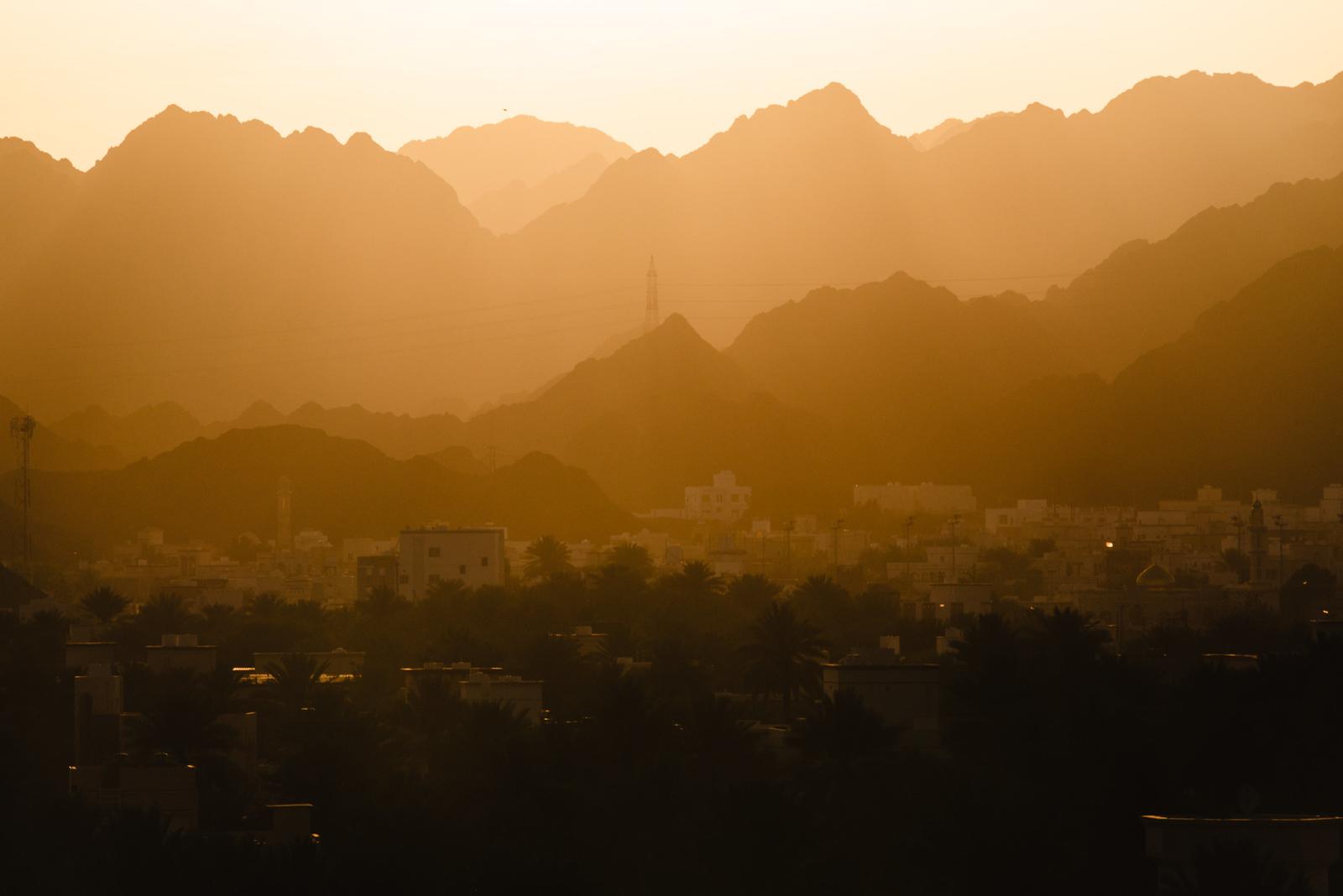
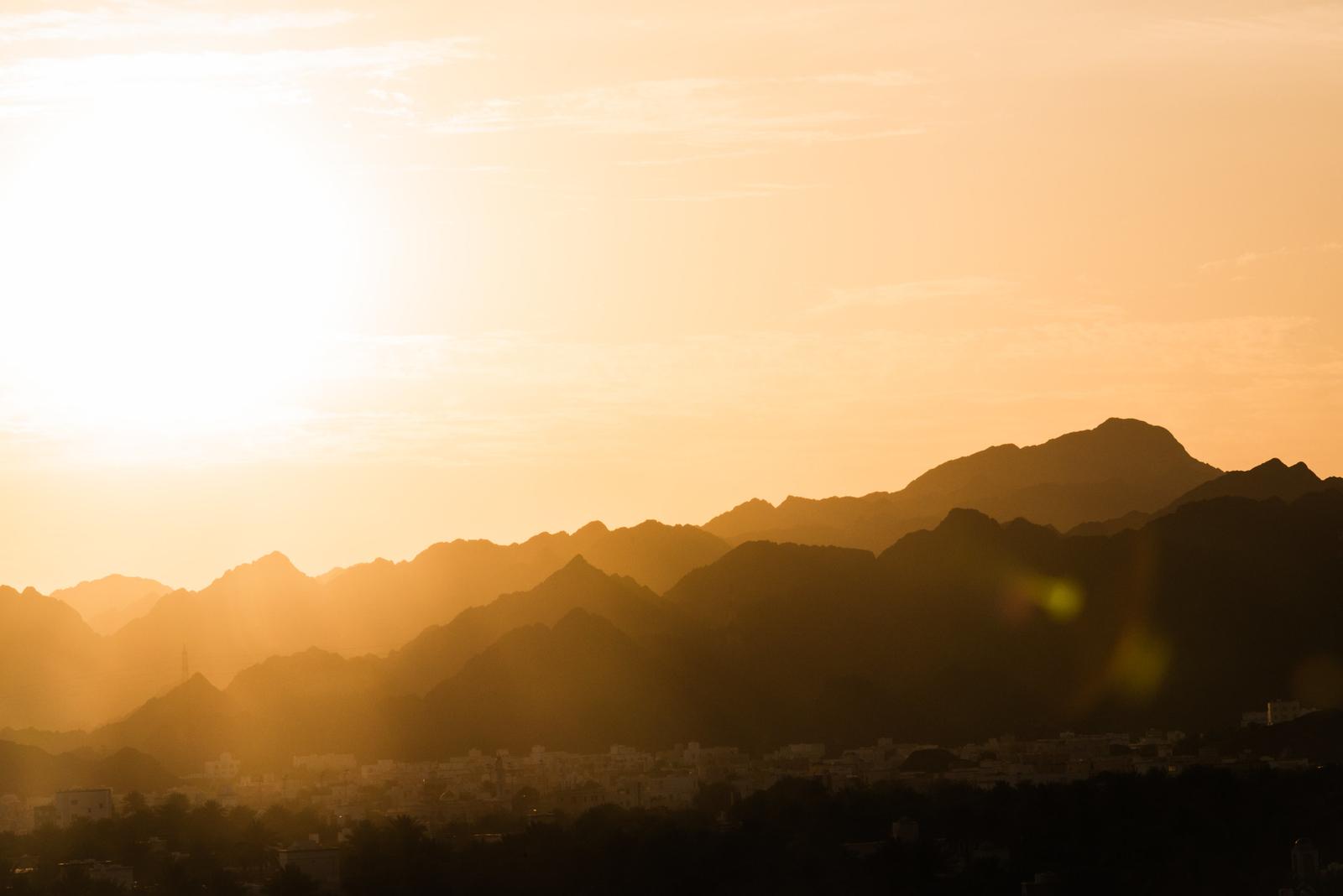
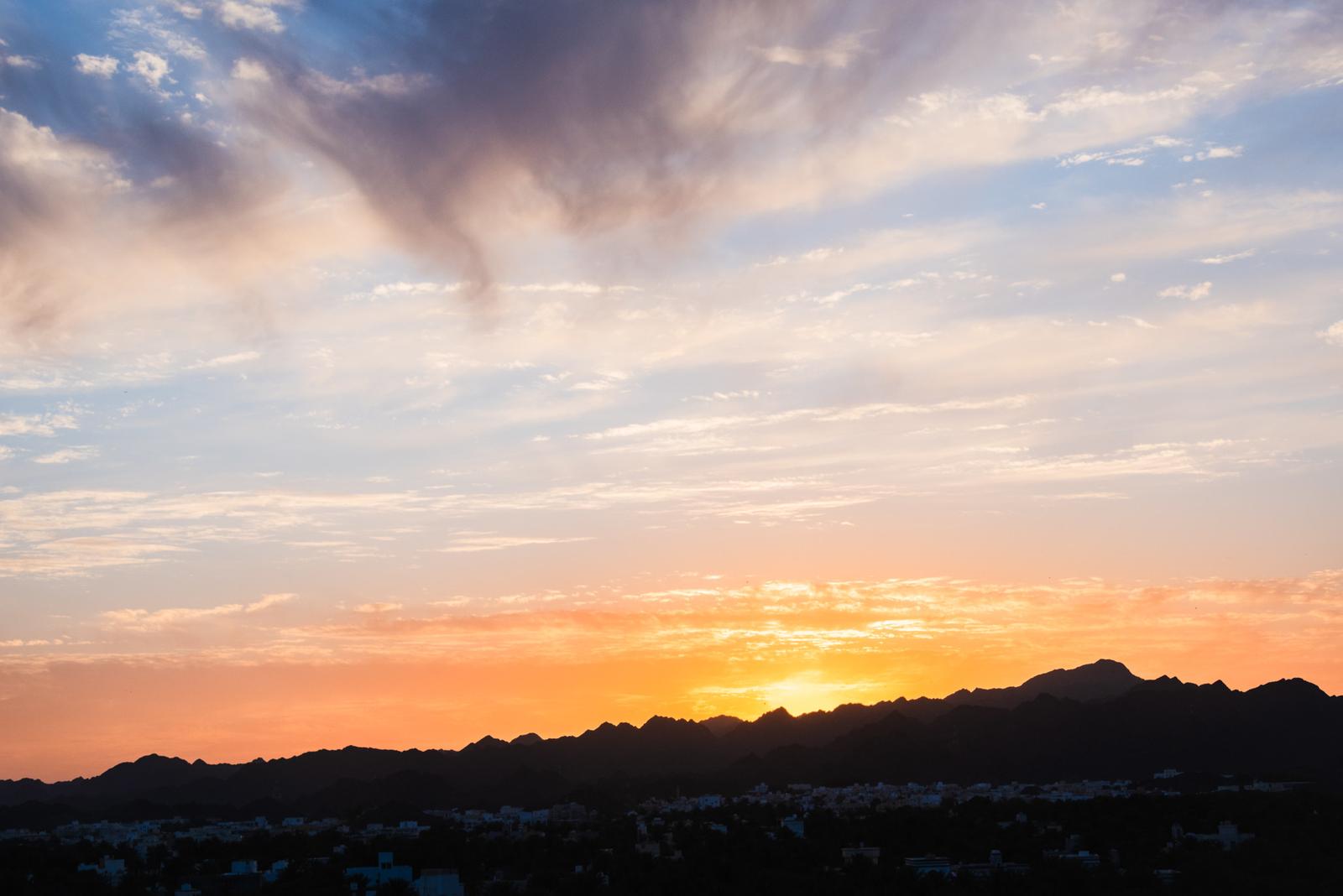
And sunset over arid lands always carries an unmatched beauty, with golden sunlight like poured honey, then slowly the entire sky appears to dress in vivid shades of orange and purple.
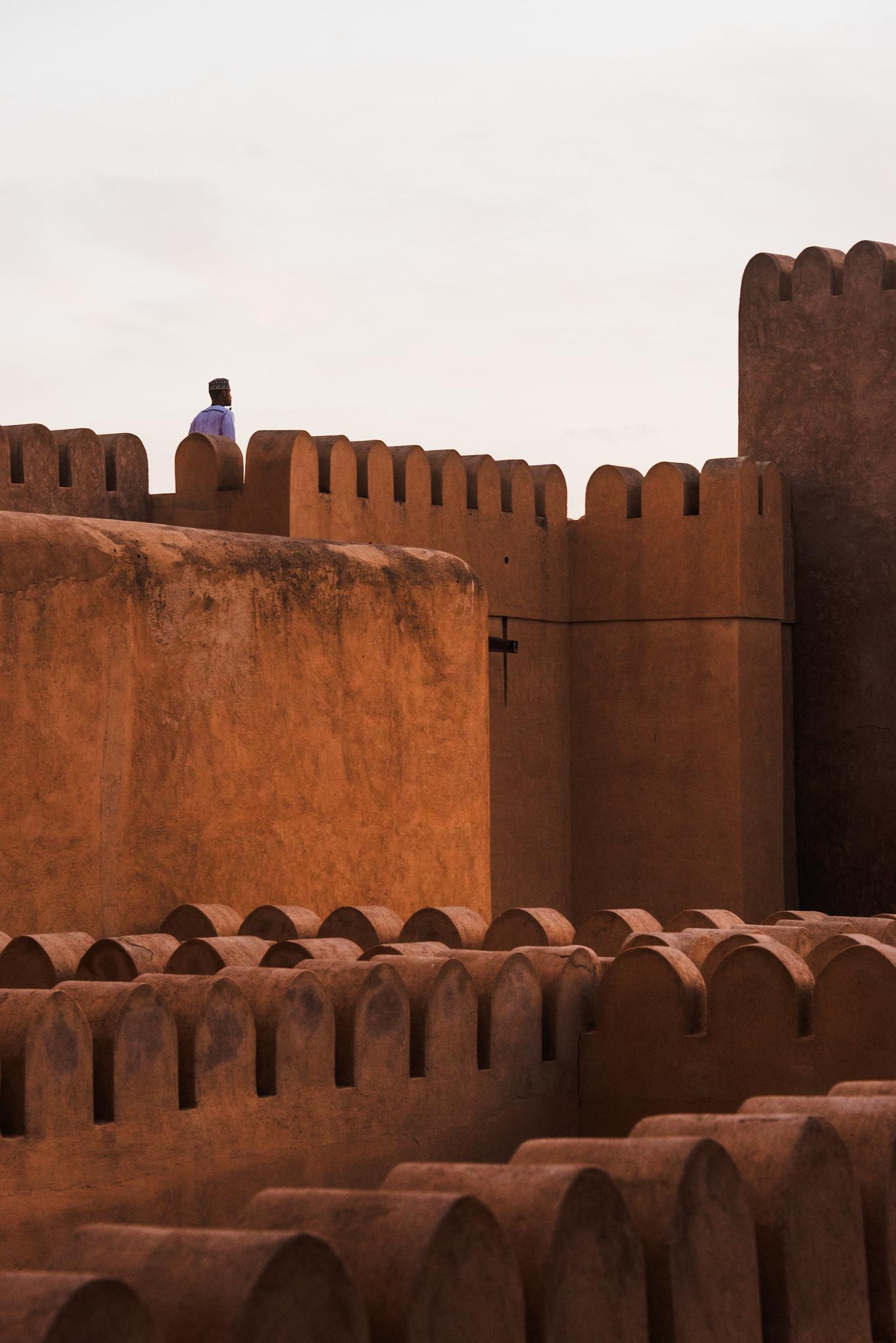
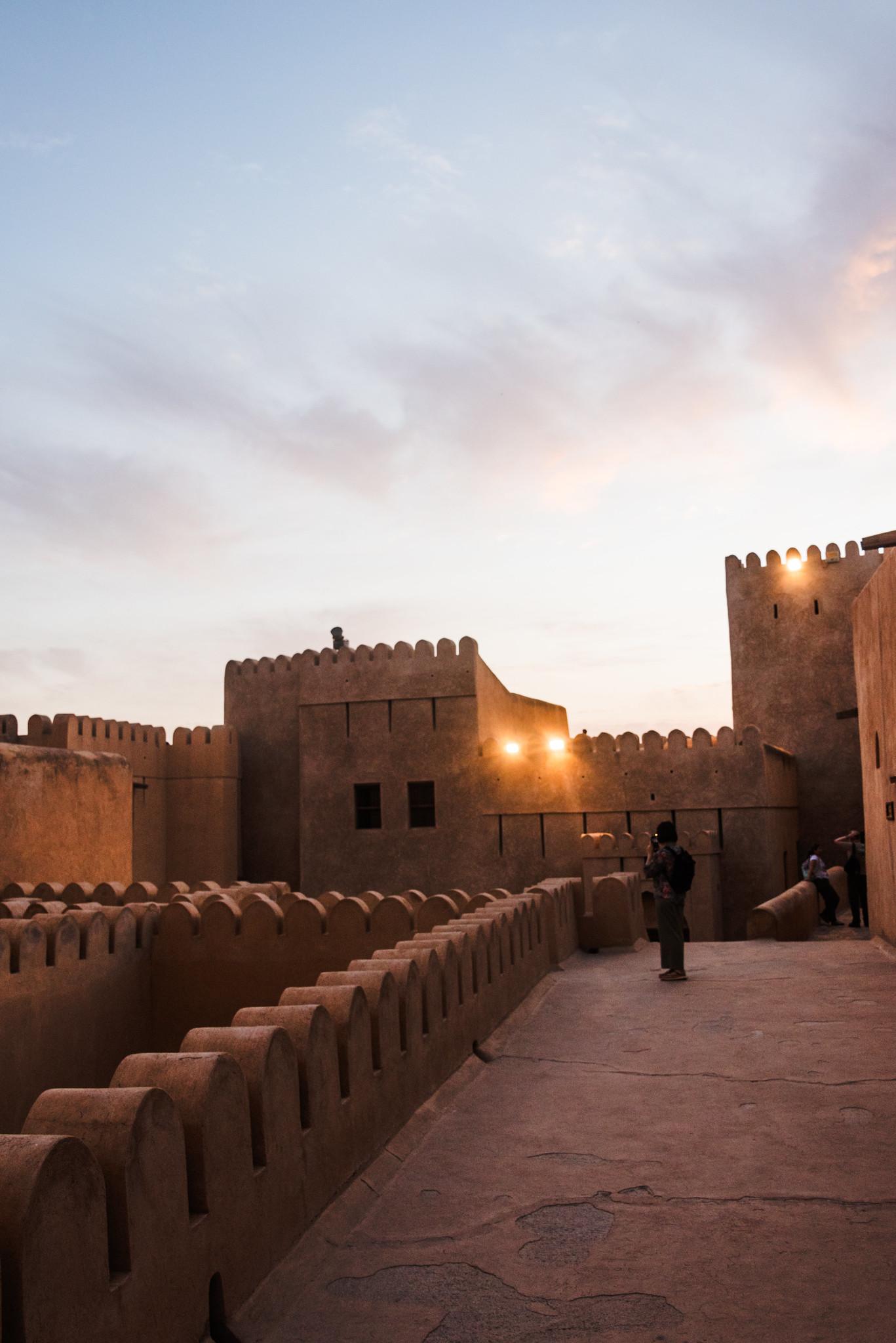
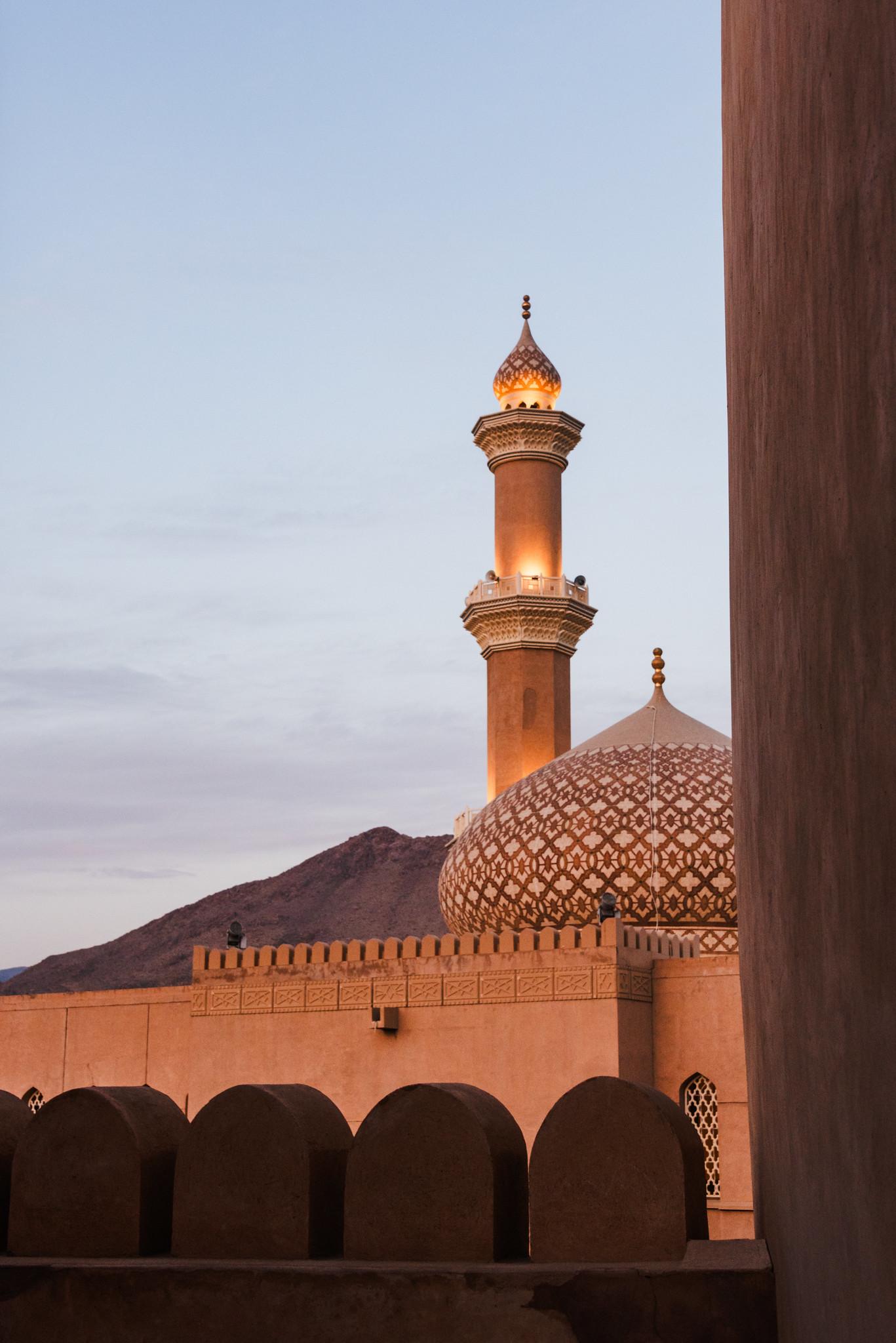

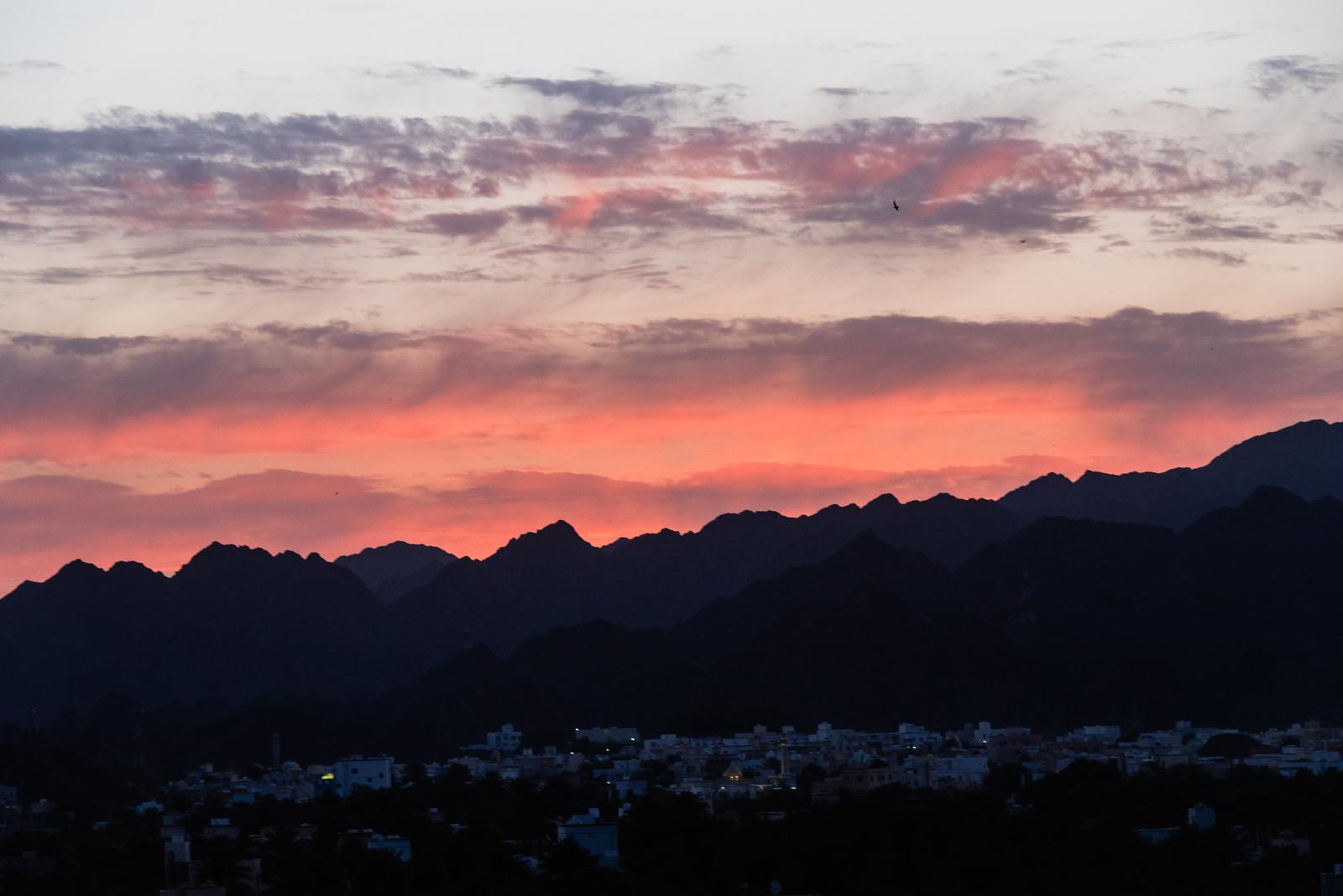
Tranquil Mornings and Sparkling Nights
The brief cool morning was the perfect time for me to explore the nameless valleys leading me to scenes which were either delightfully unexpected or wonderfully simple.
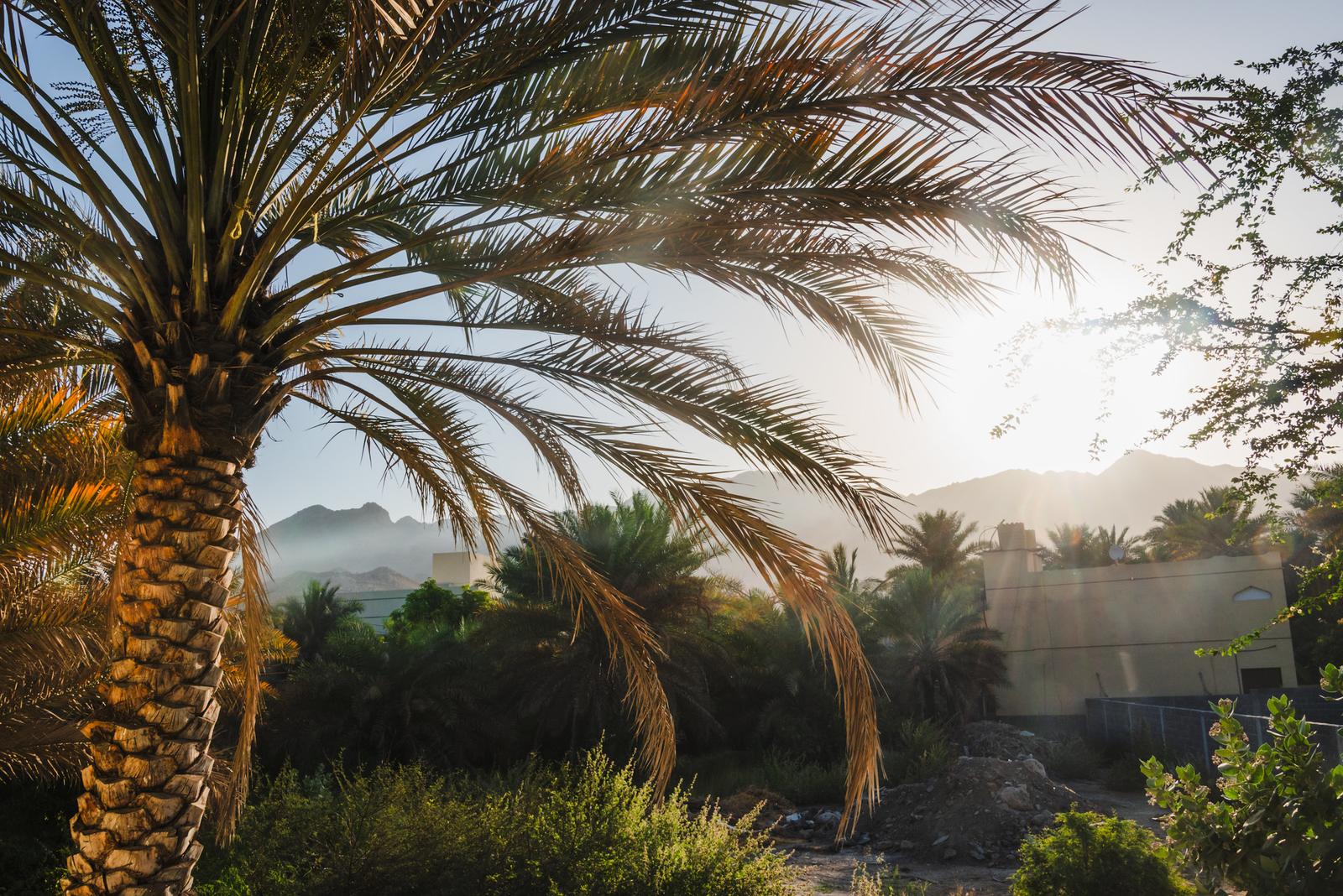
From scenes of little children waiting to be picked up for school, to older kids riding off on the cub motorbikes…
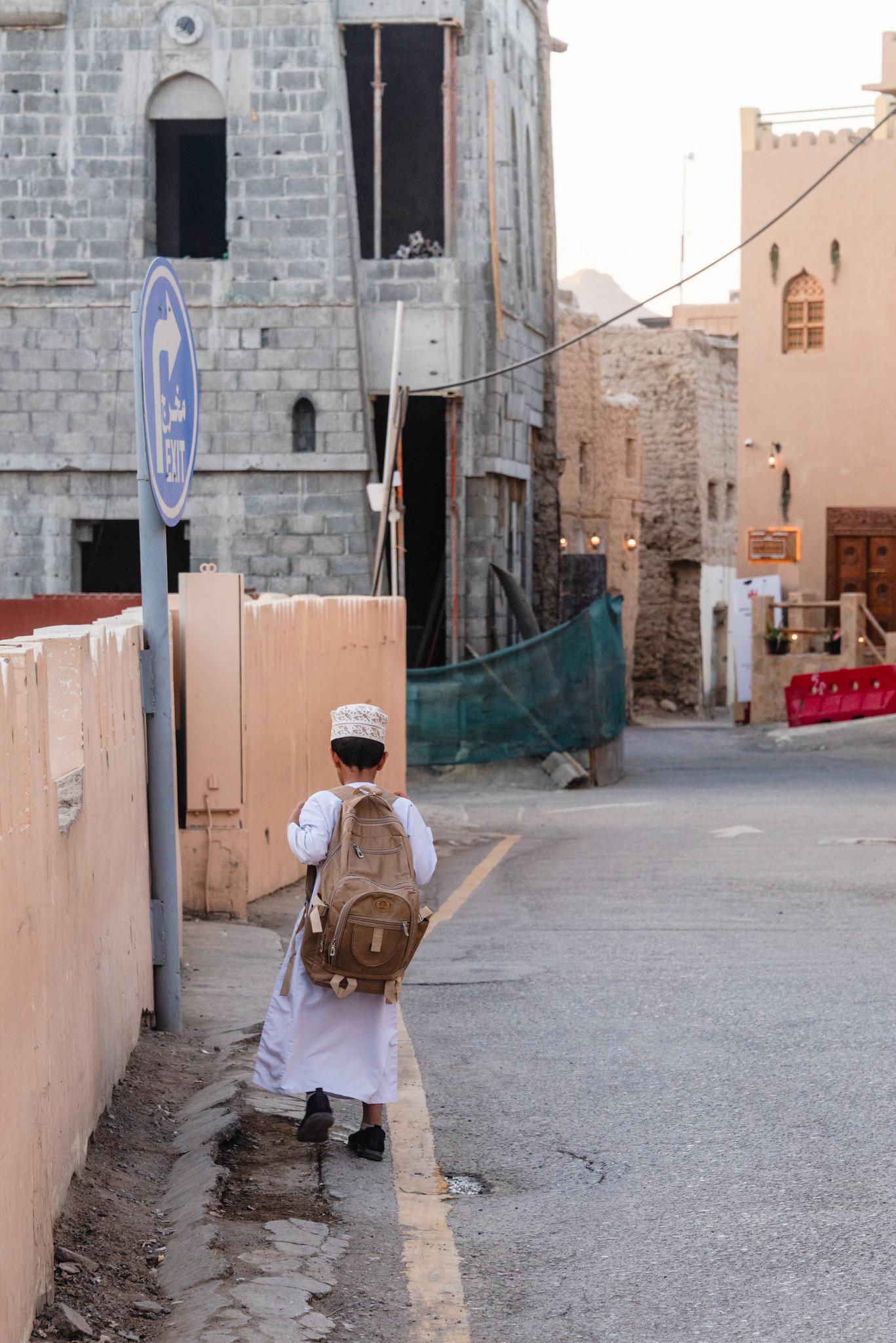
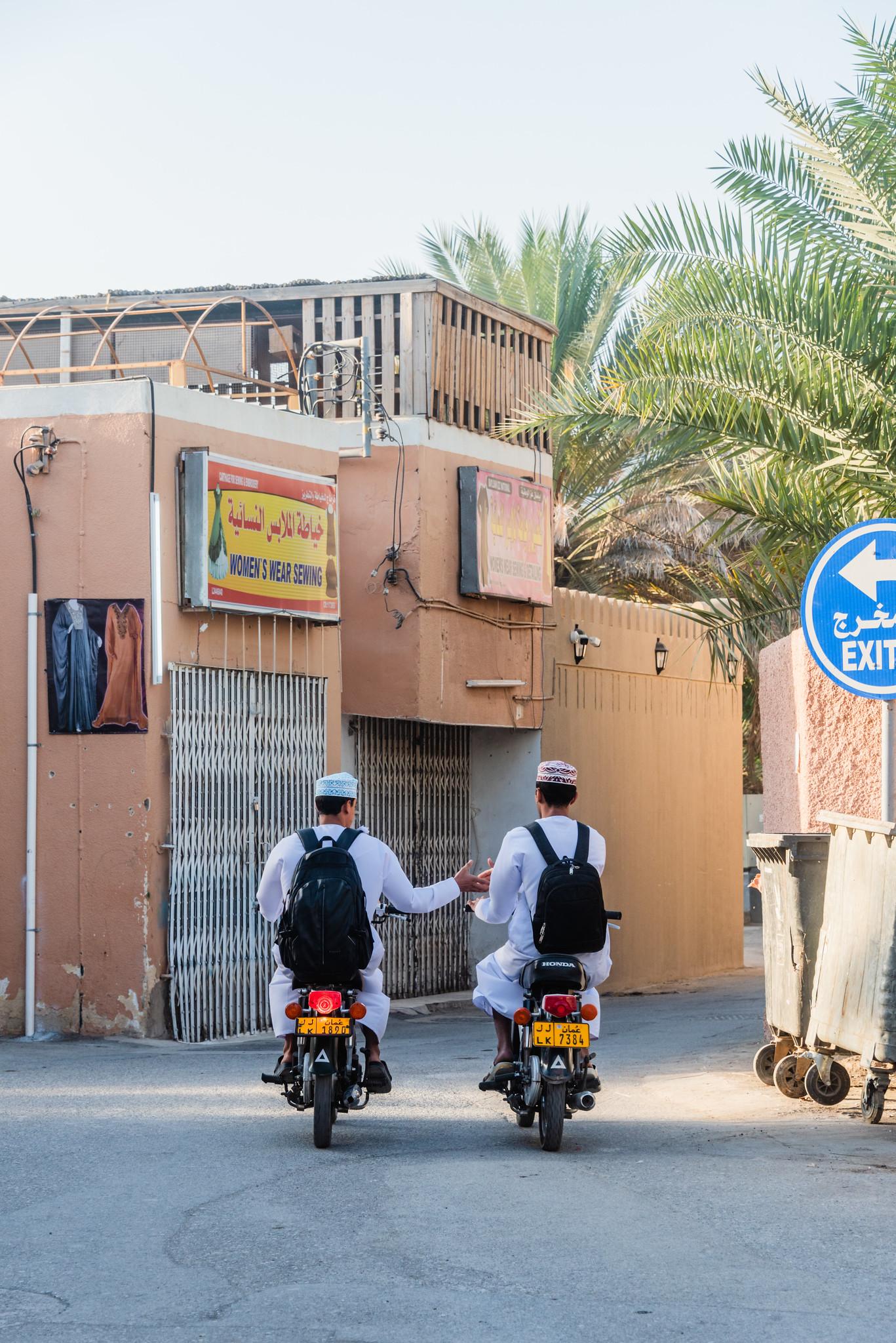
…to the sight of flocks of birds flapping their wings across the clear blue sky,
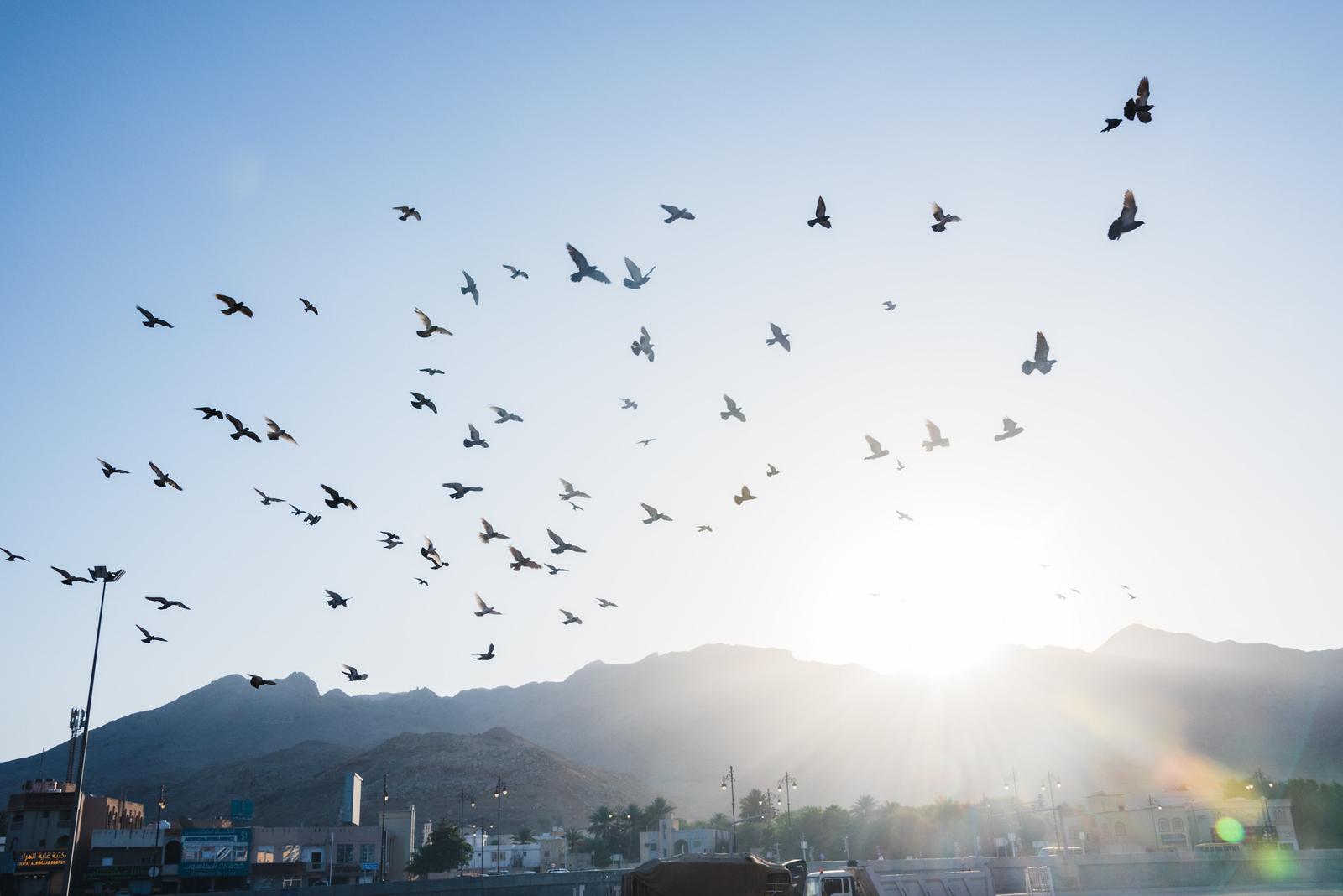
…or the dawn light gently touching shoulders and palm fronds,
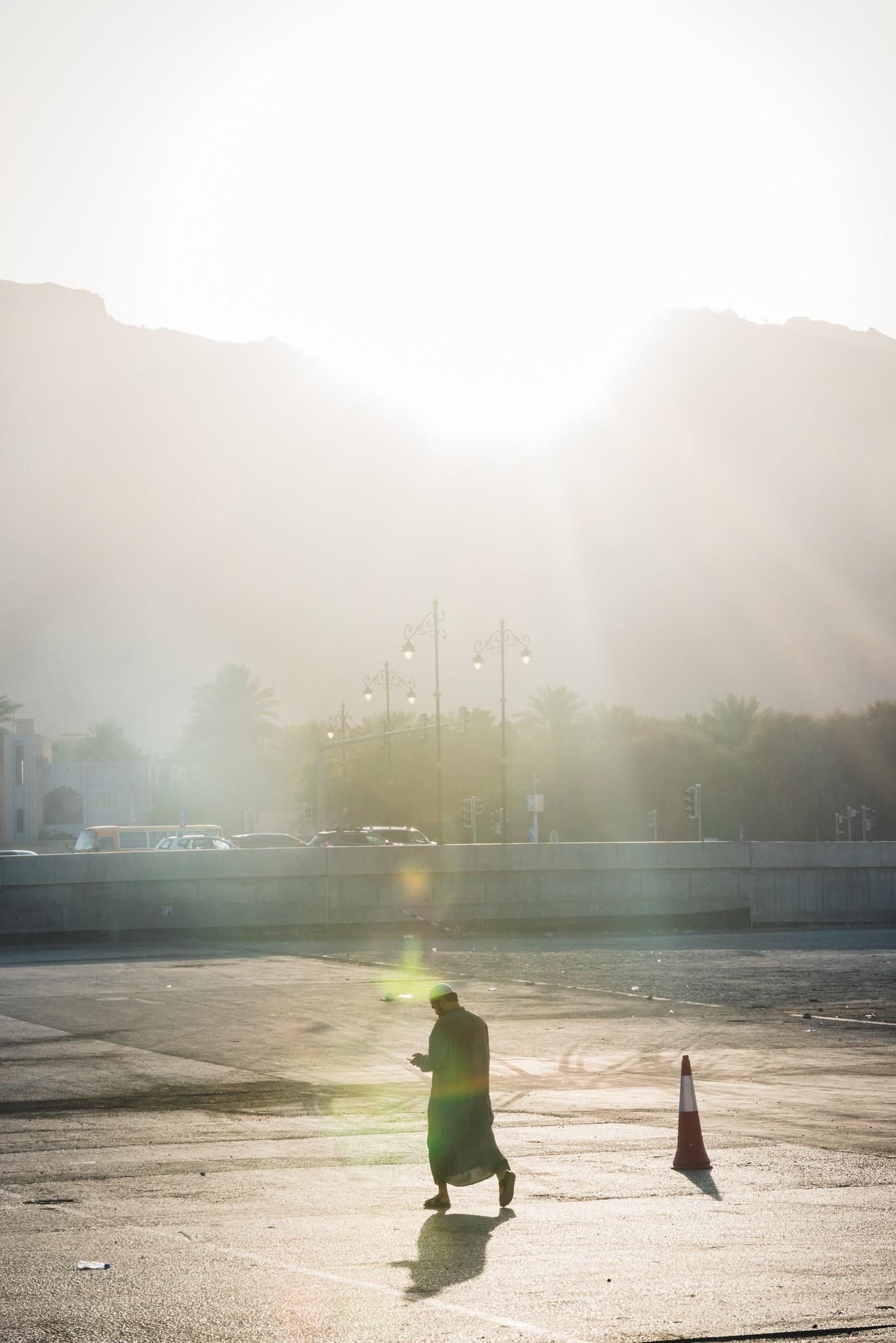
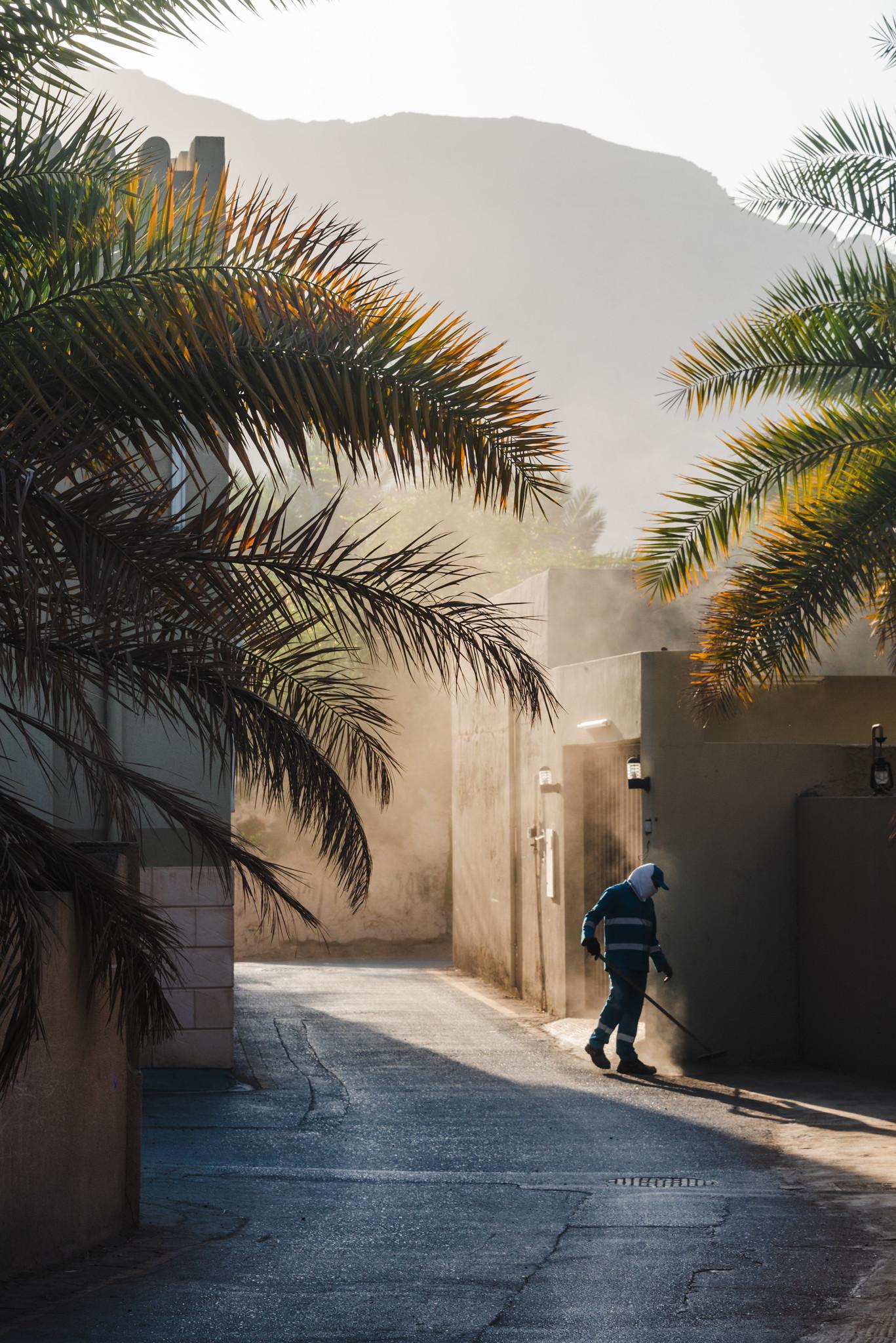
…and alleyways feeling like scenes from a video game:
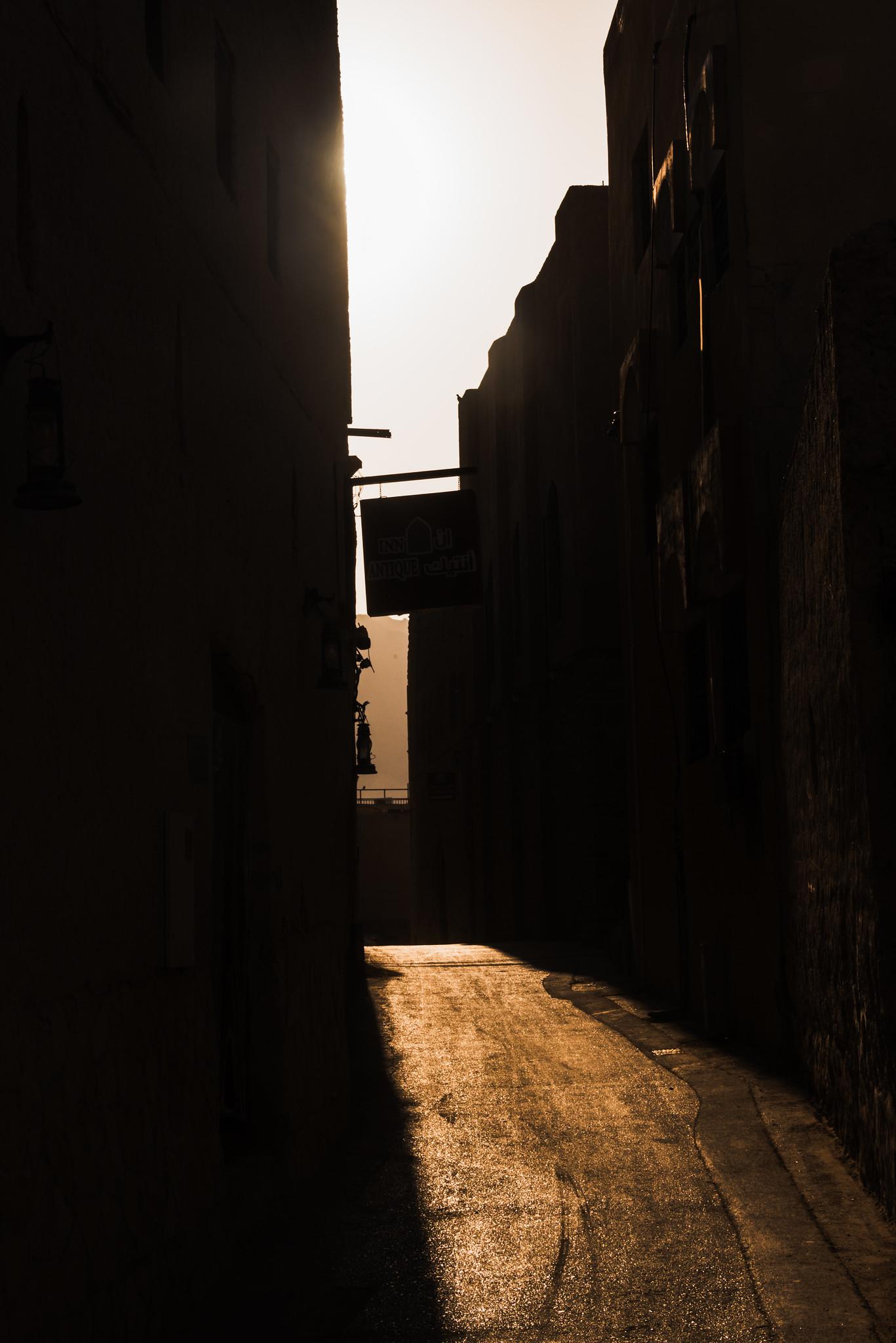
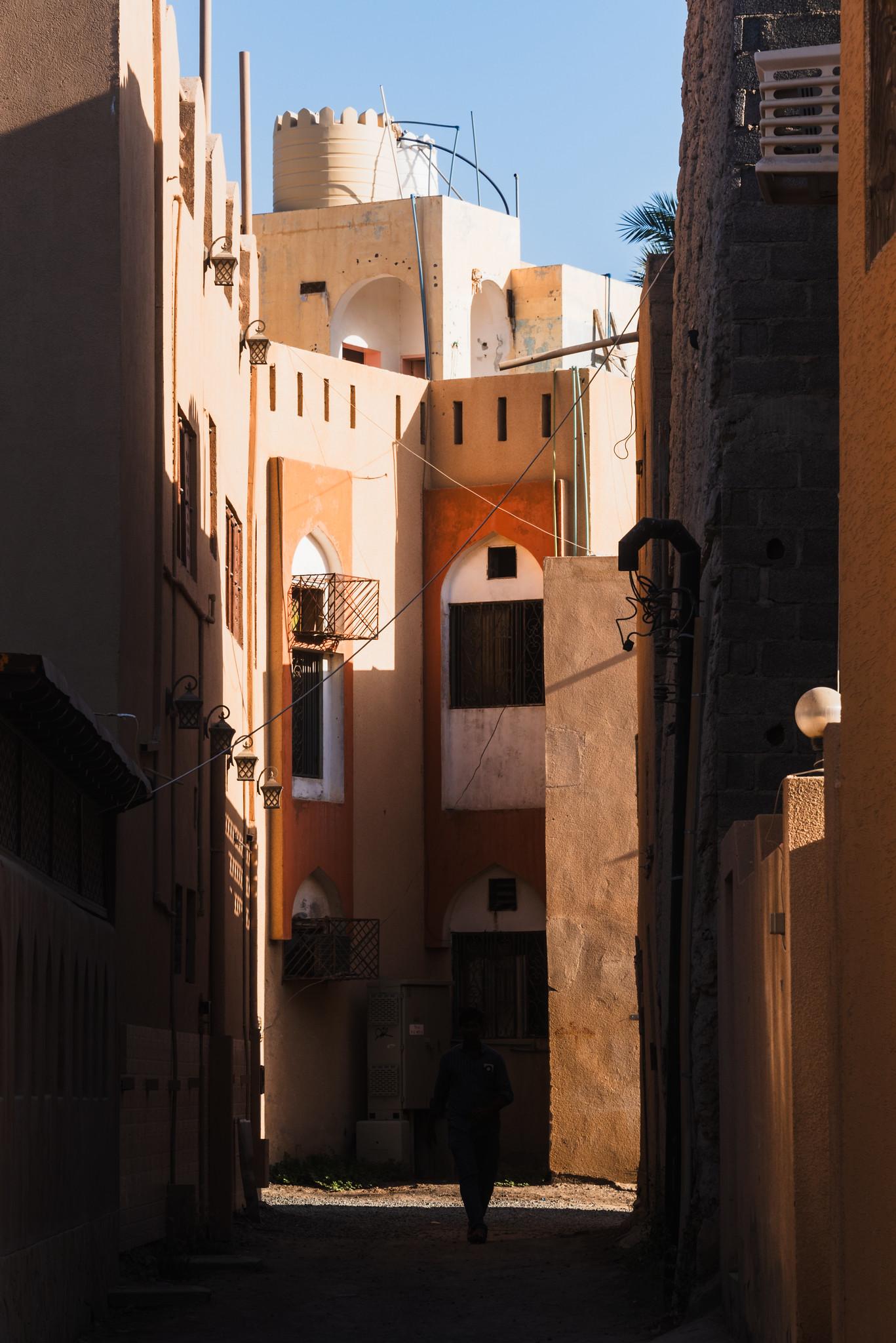
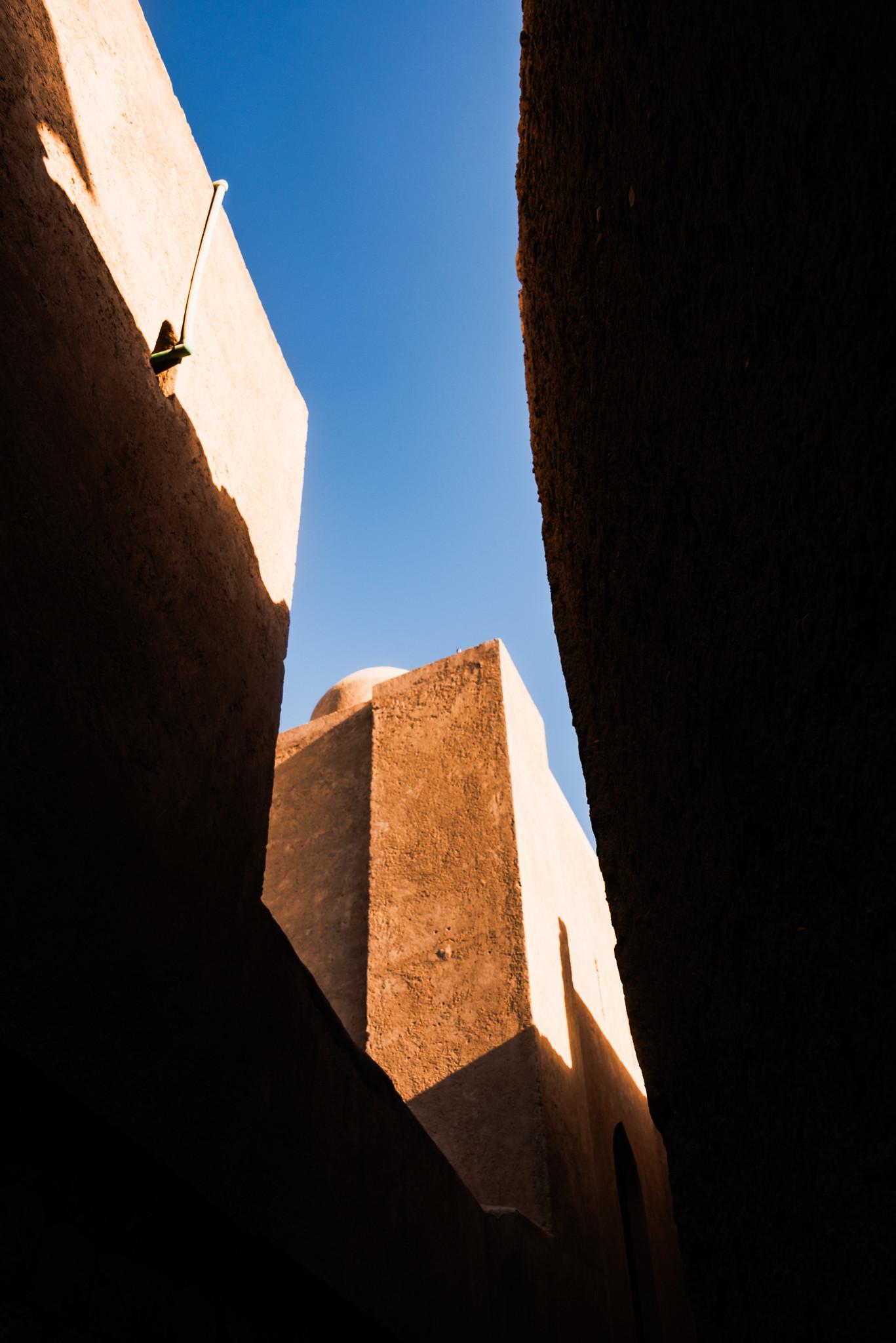
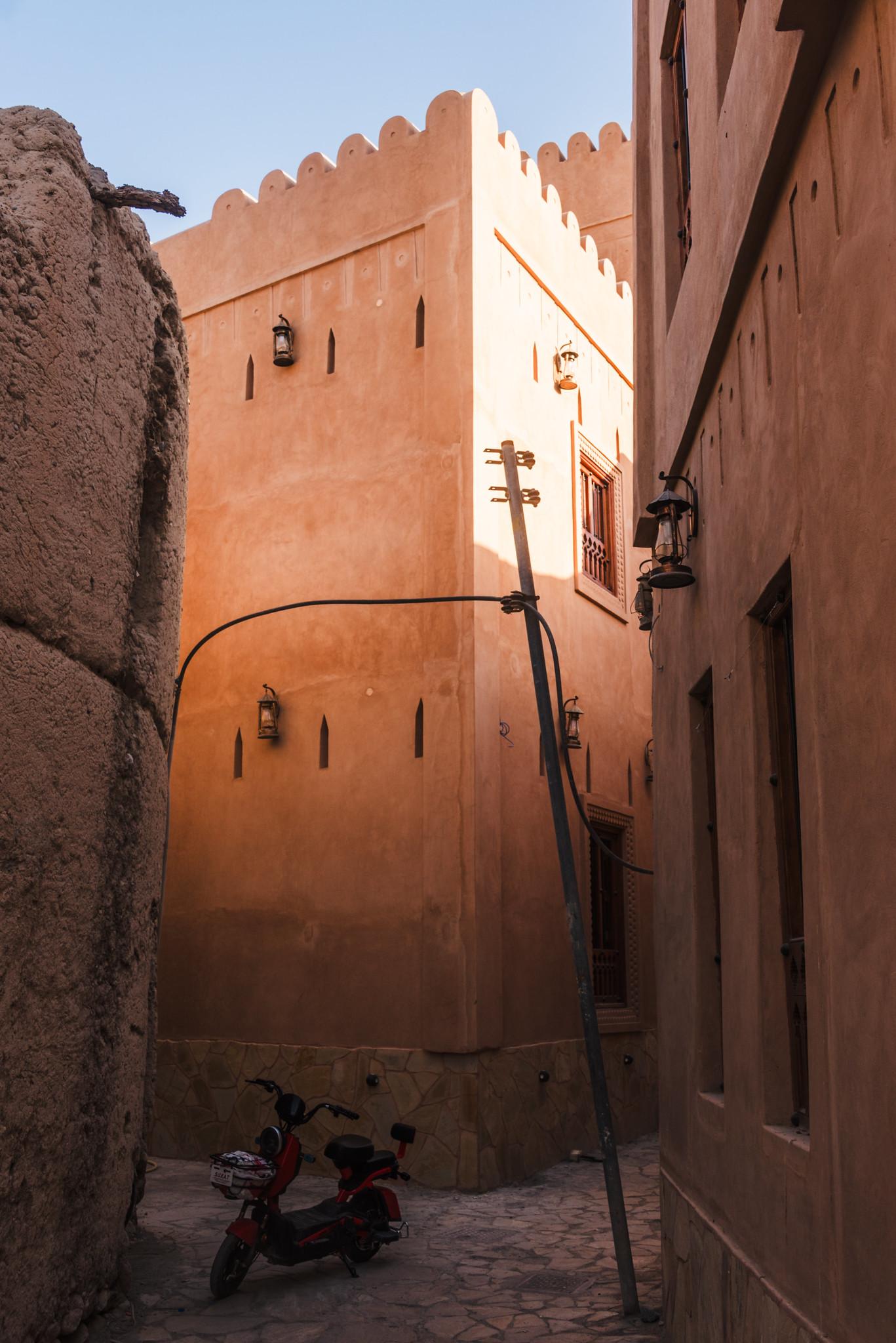
Under the Glow of Night Lights
In this hot and arid land during summer, evening is when everyone pours into the streets, bringing liveliness to the surroundings many times over. I felt like a lone East Asian tucked among the people strolling by who dressed in modest, uniform Islamic attire.
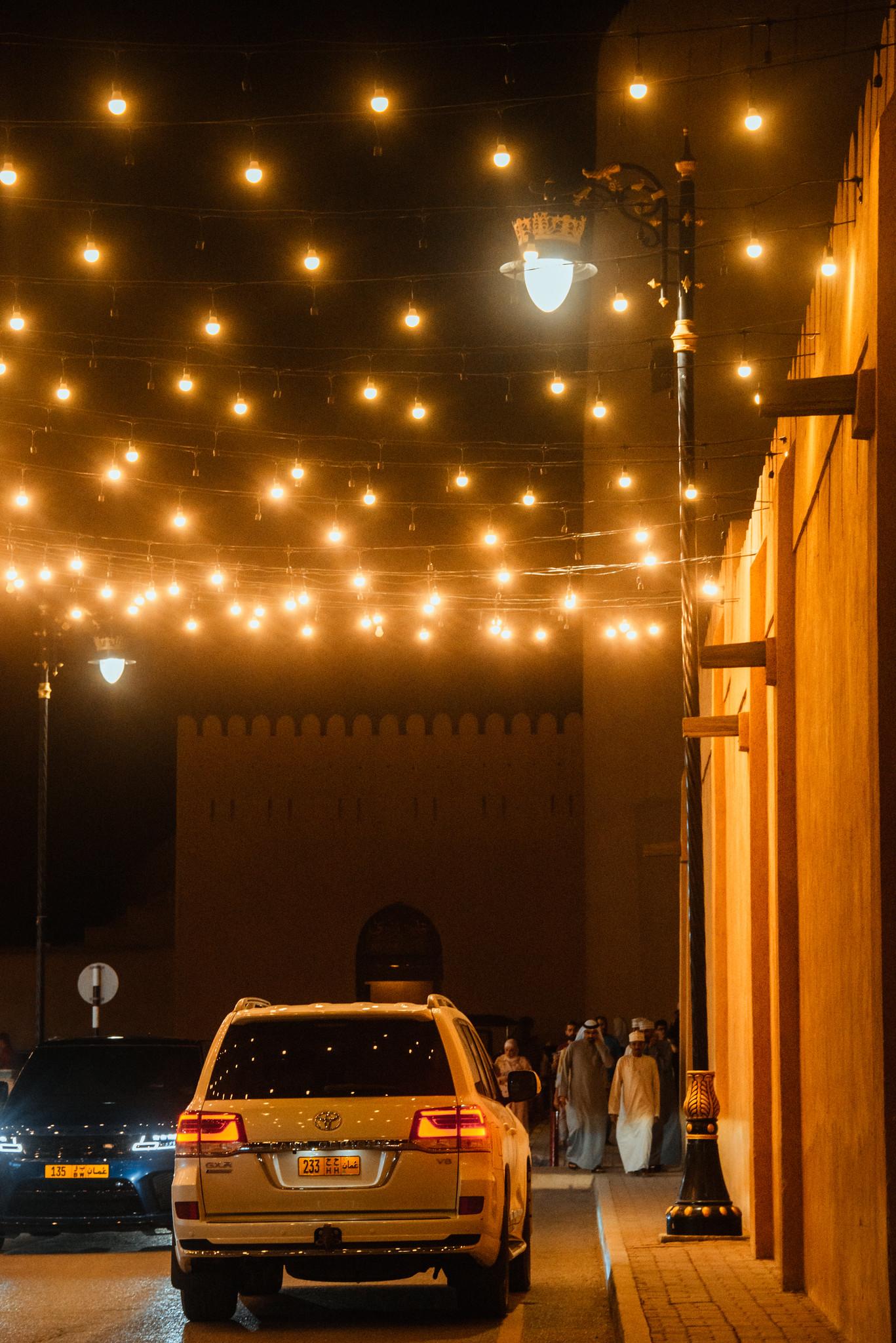
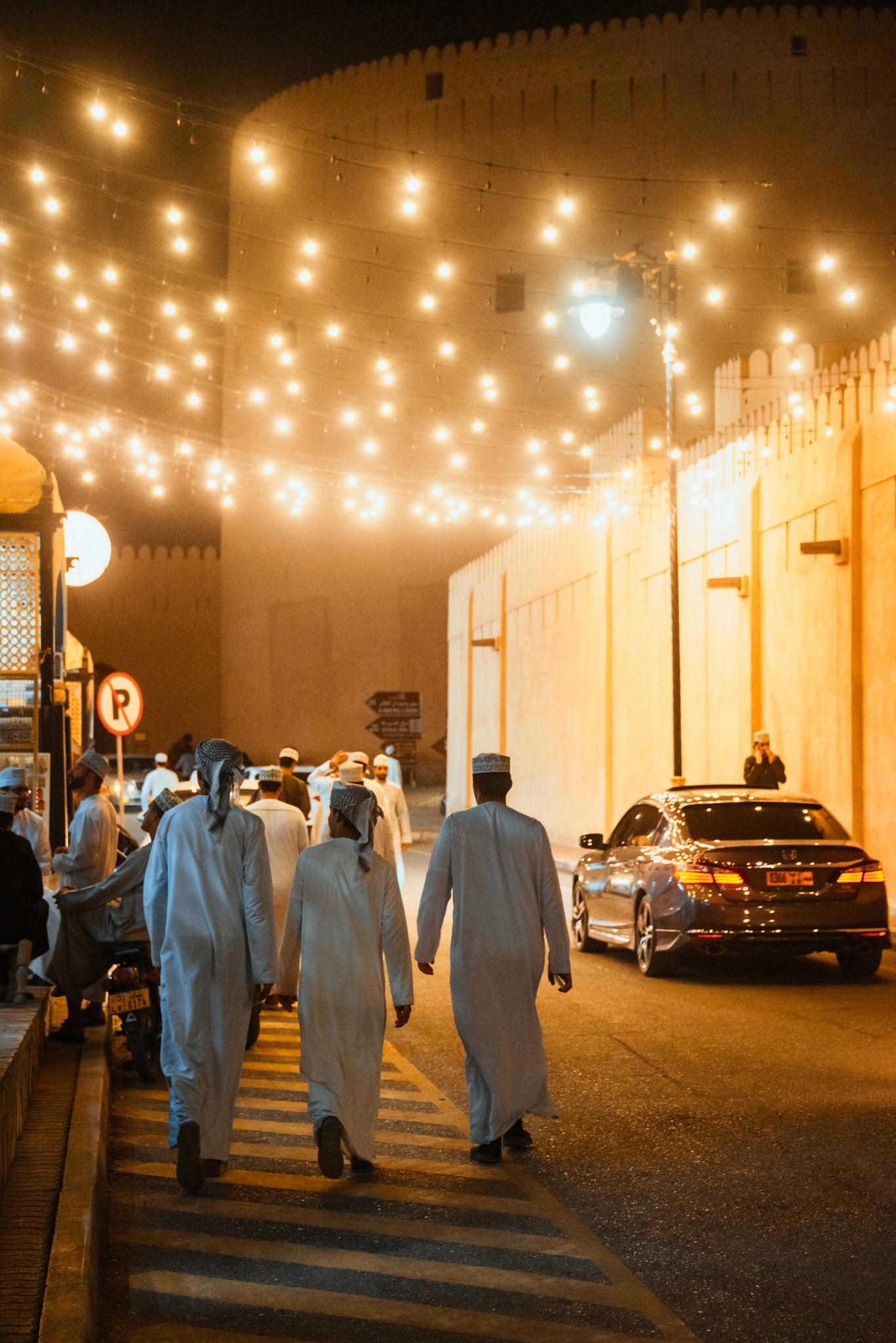
It’s surprising to see groups of Muslim women, like women everywhere, love to dress up and embrace their femininity - flower shops and fragrance stores seem to draw their attention the most.
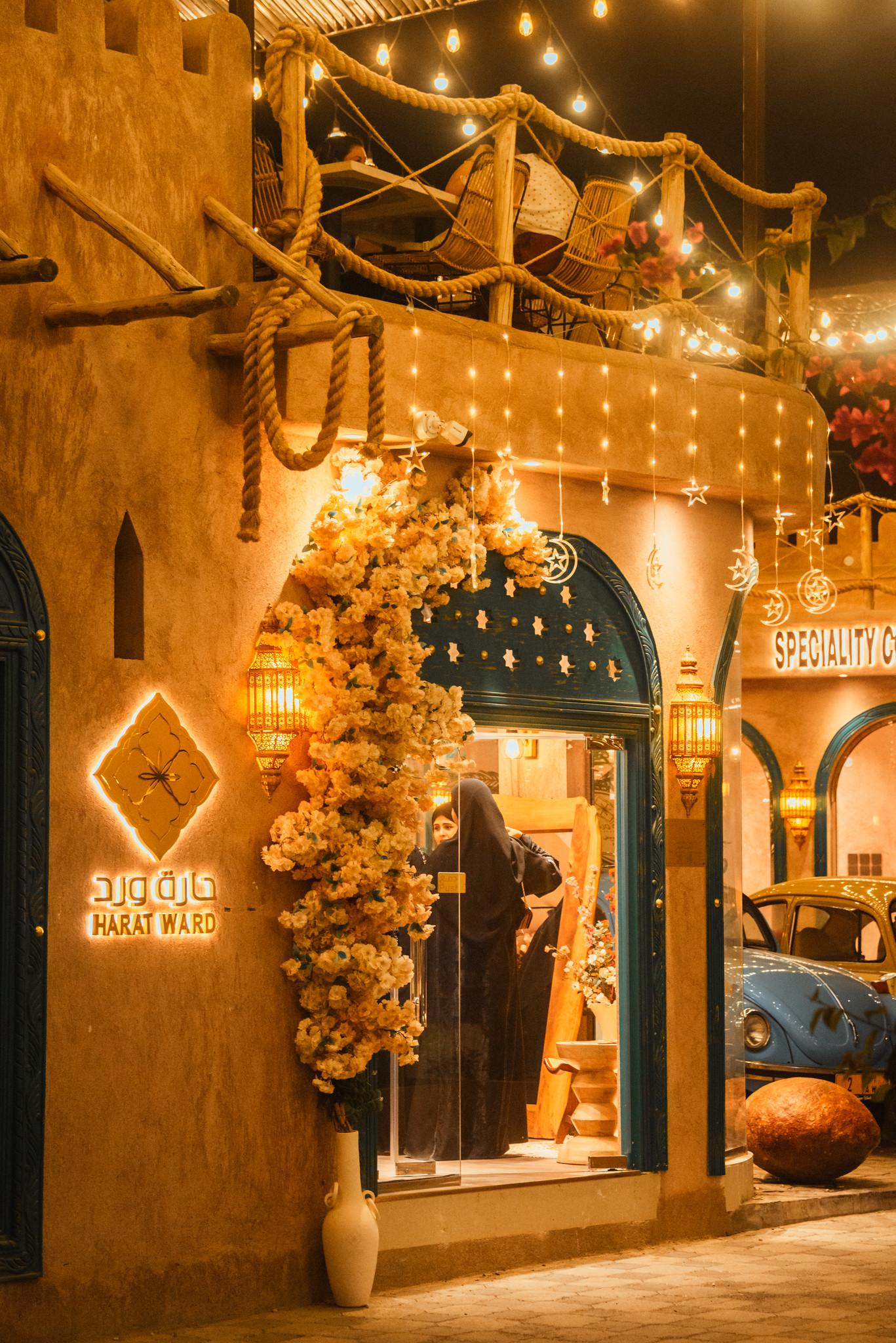
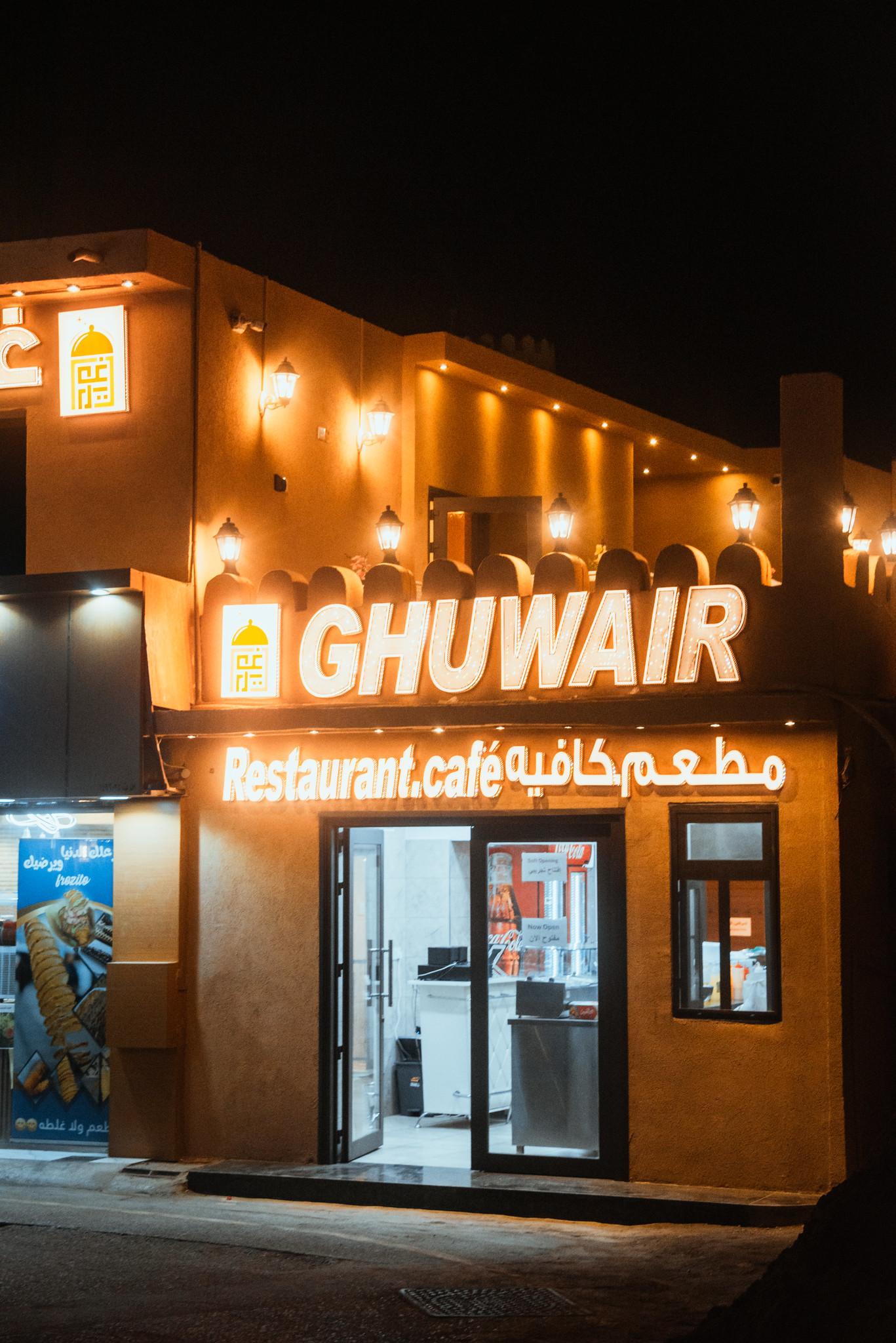
Contributing most to the crowd were the Omani men groups strolling along the streets, perhaps locals or friend groups visiting from elsewhere, wearing the traditional kuma (كمة) cap. Though not very noisy, this vibrant rhythm of nightlife still found its way to my room as I watched the street scenes through the wooden window.
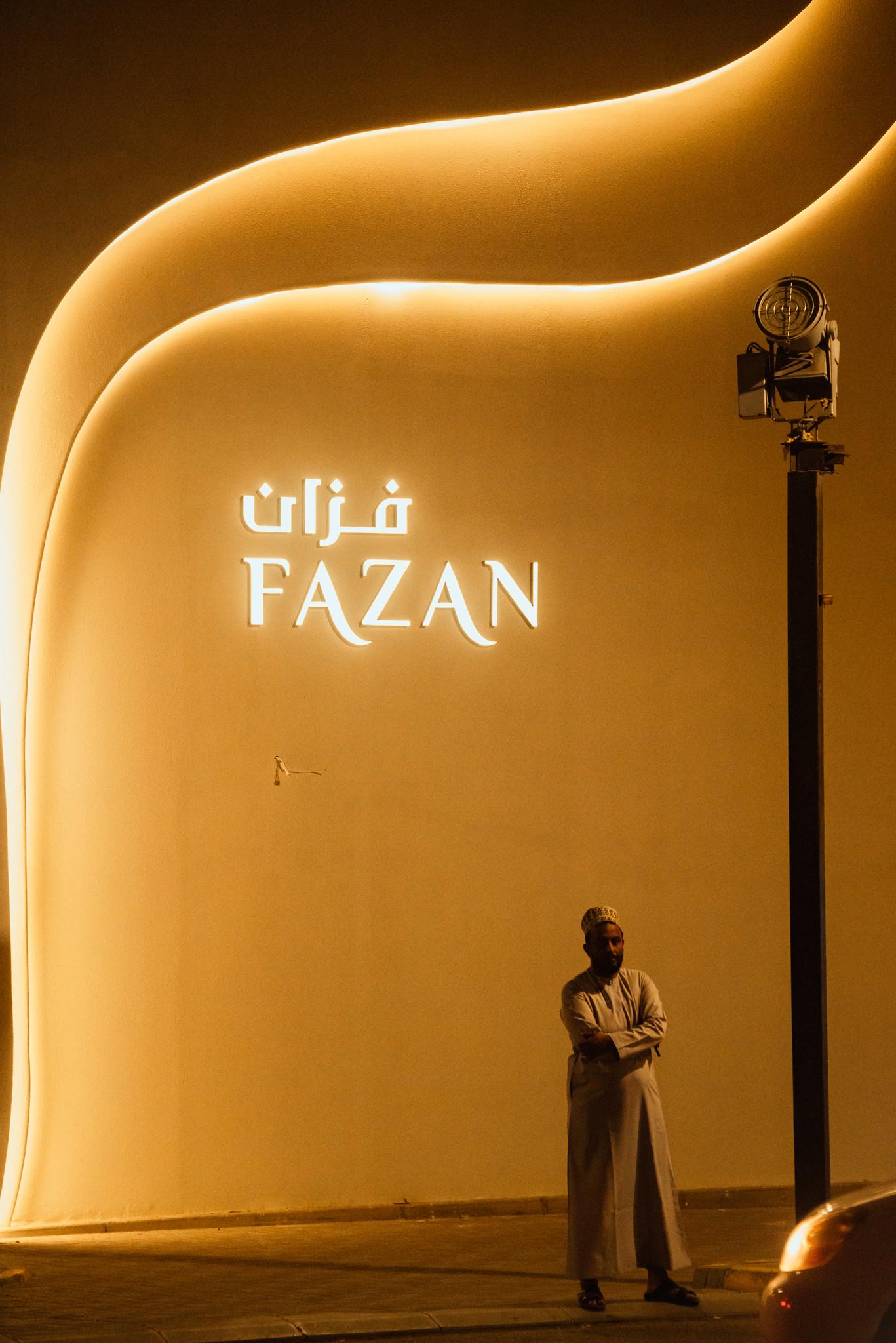
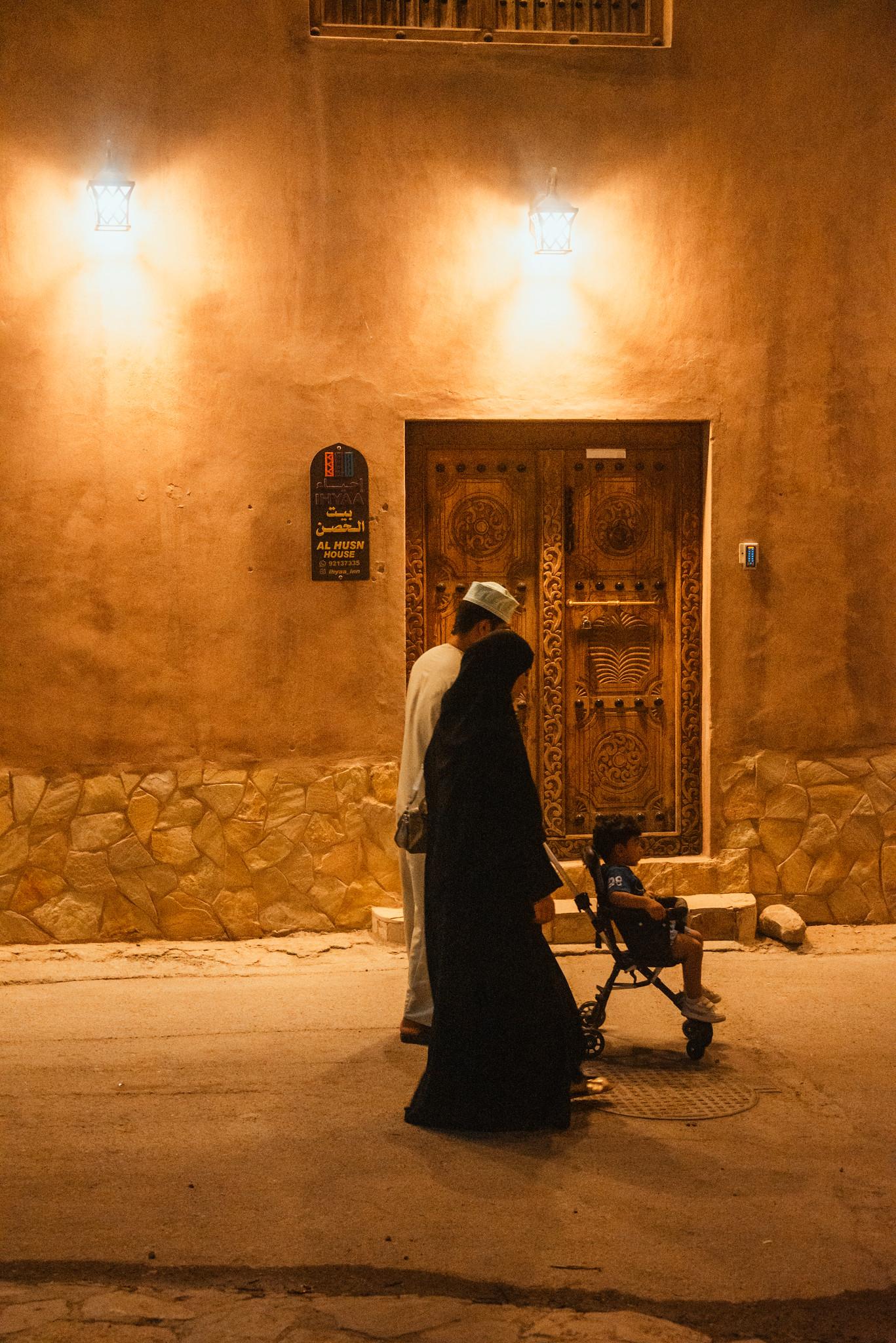
Friends All Around
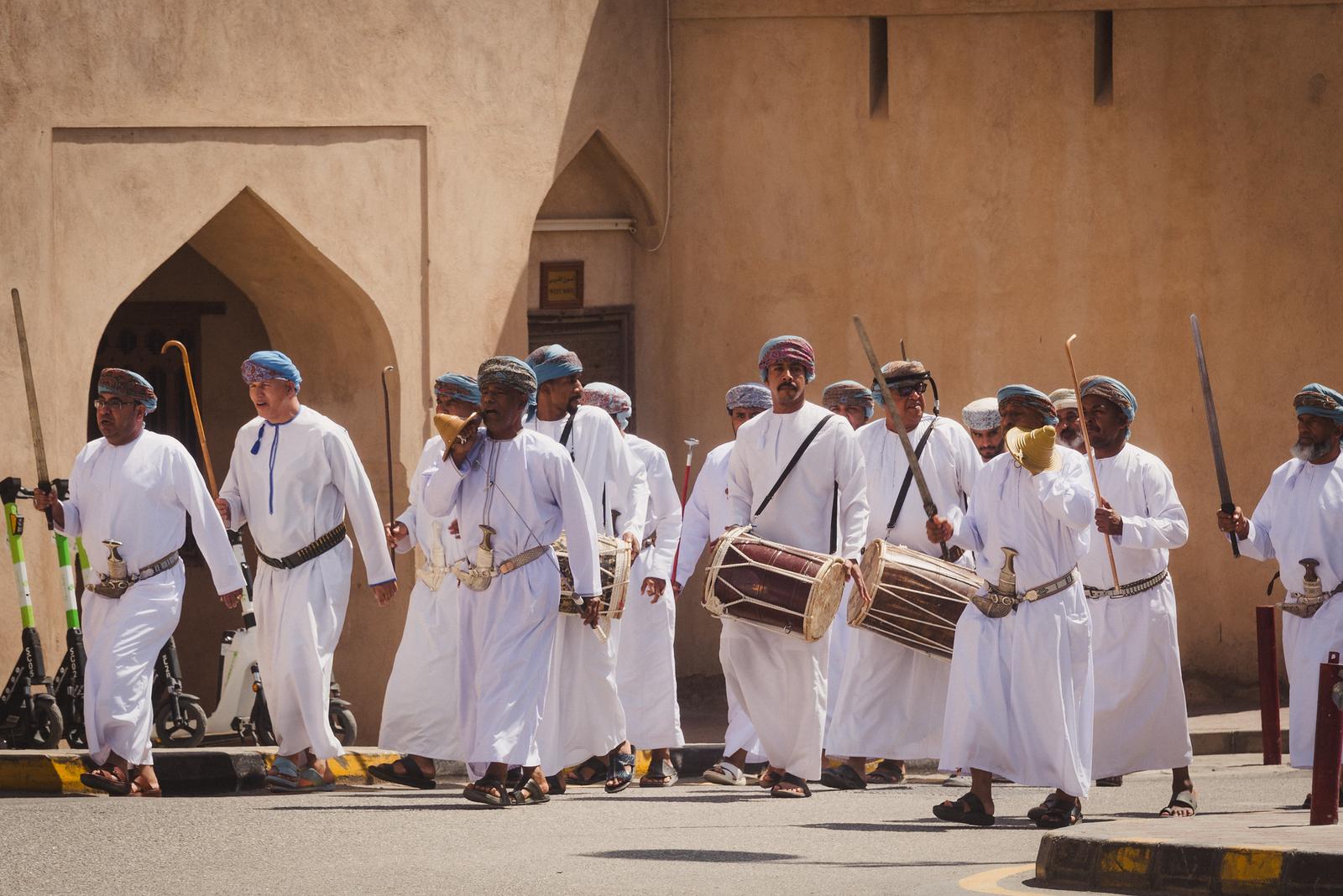
Unlike in the West or South Korea where photographing people on the street can be tricky due to privacy concerns, the locals here (particularly men) are enthusiastic about posing for the camera. Almost everywhere, from the elderly shopkeeper in the Souq to the young guys cruising through the town on their cub bikes loved to strike a pose.
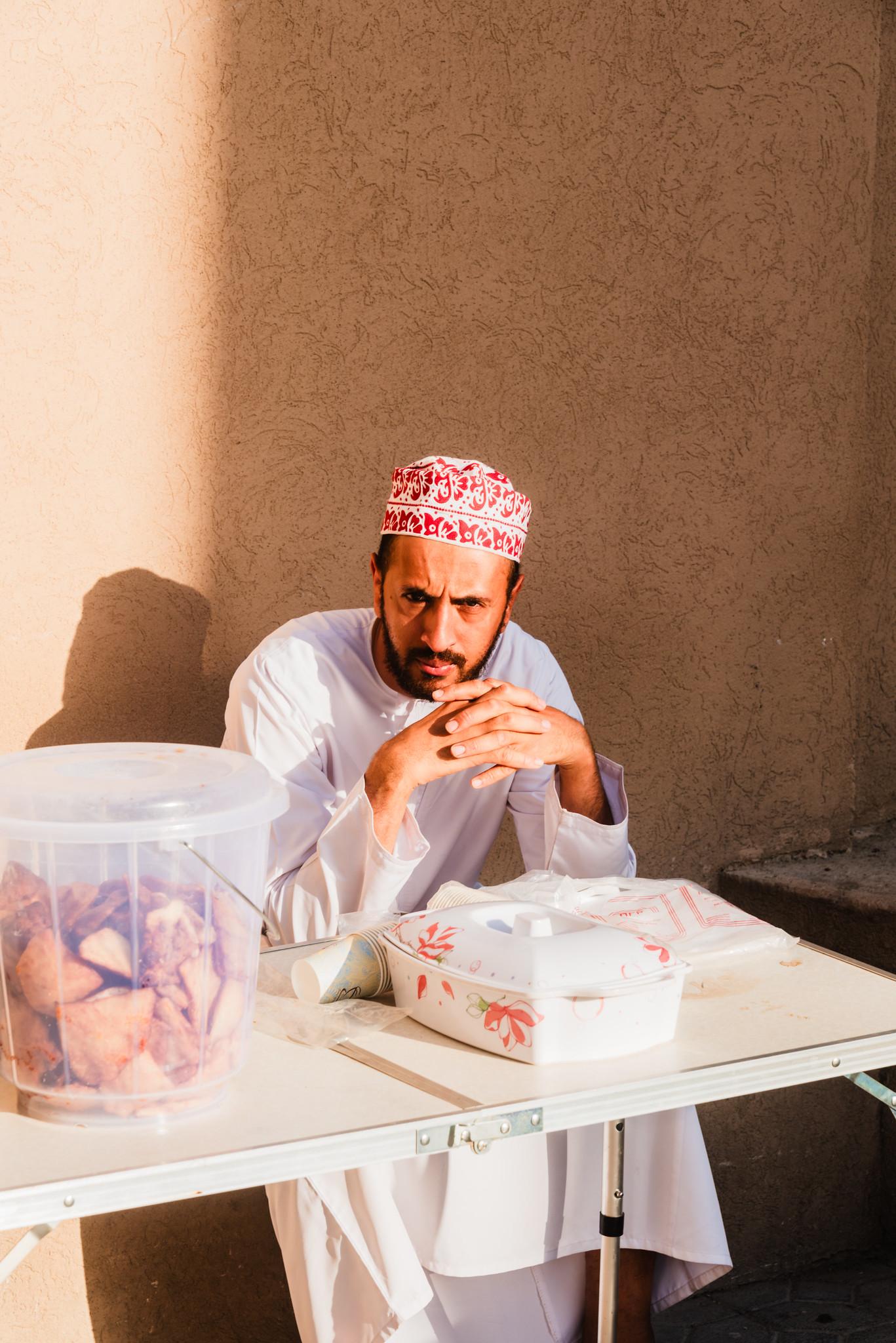
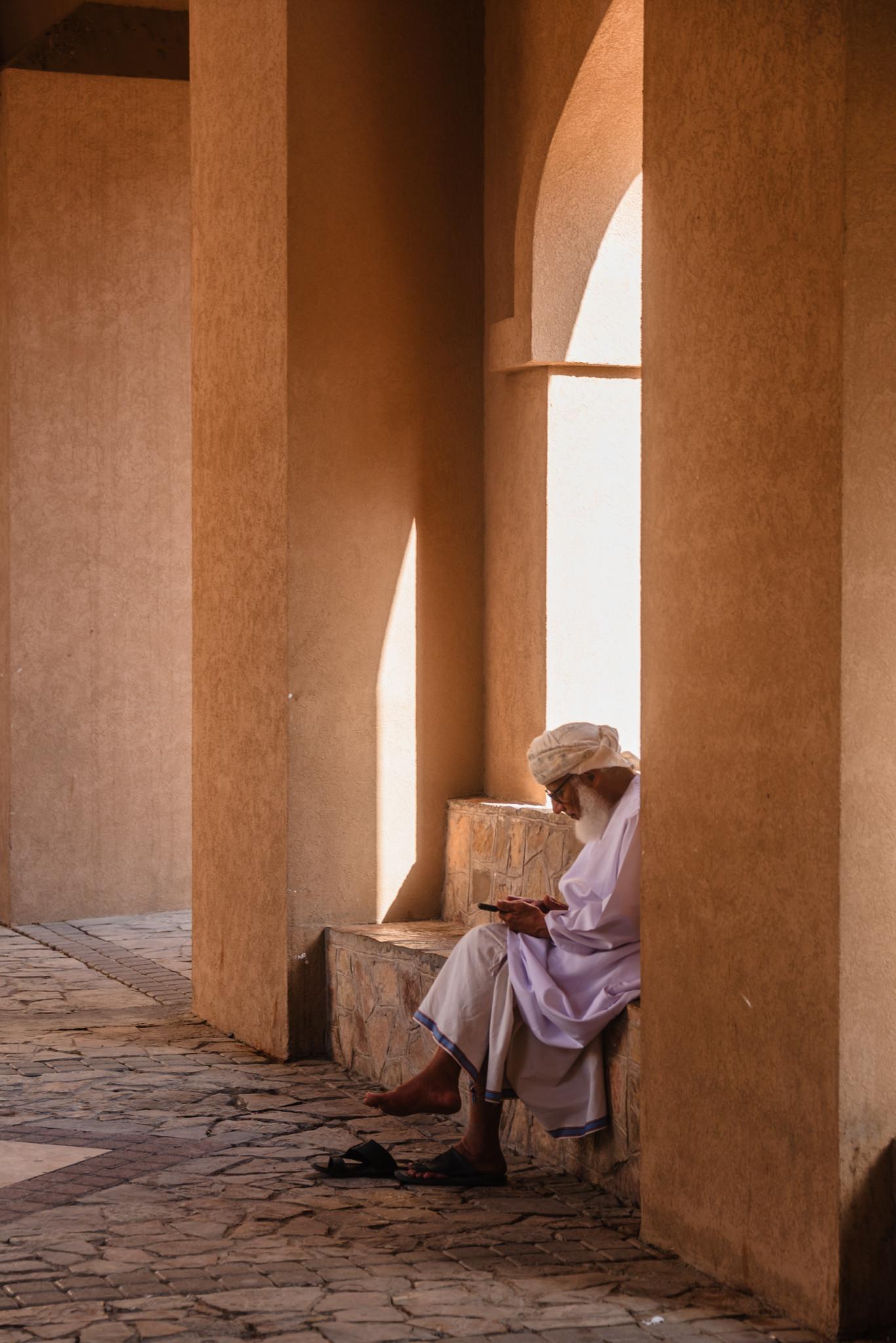
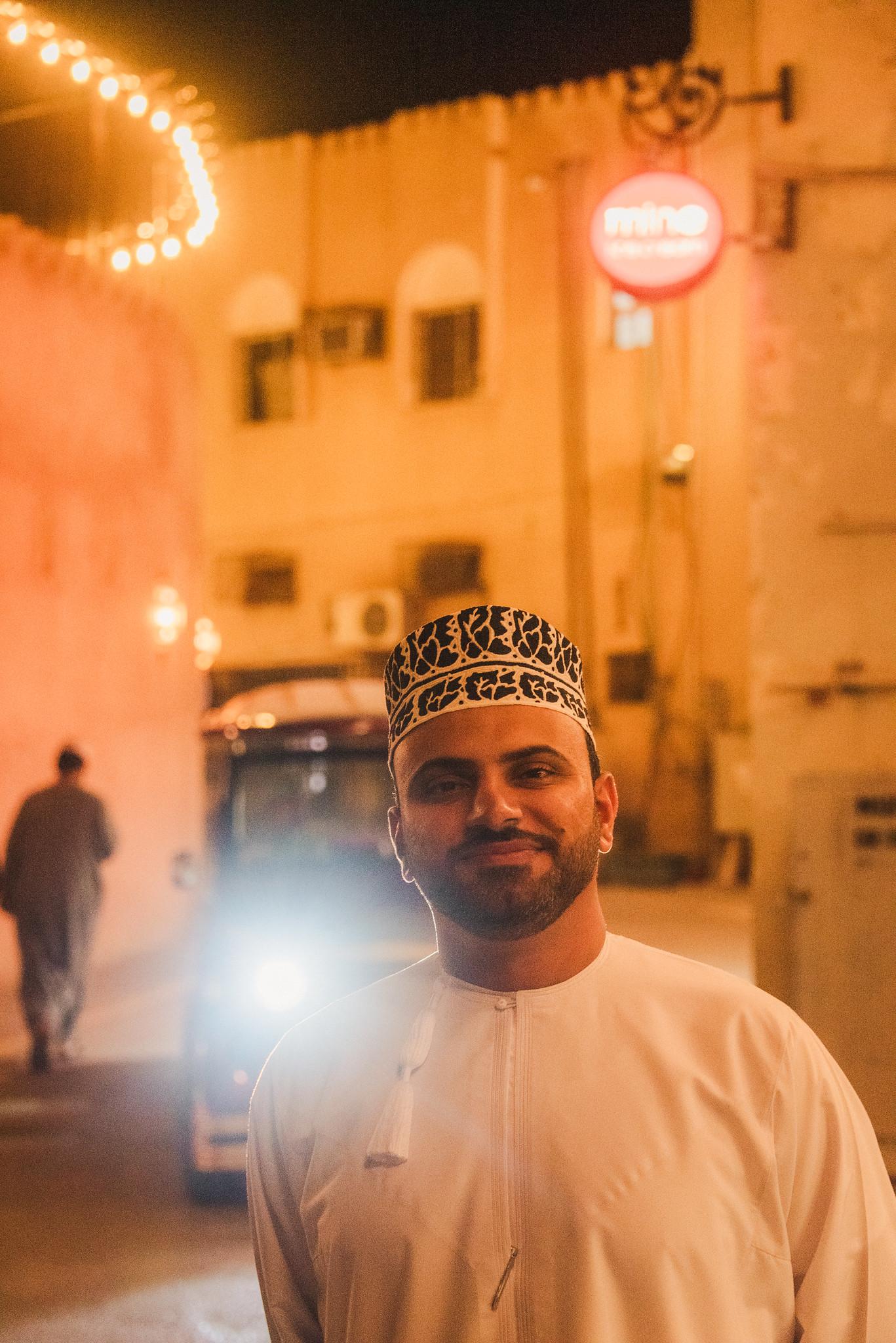
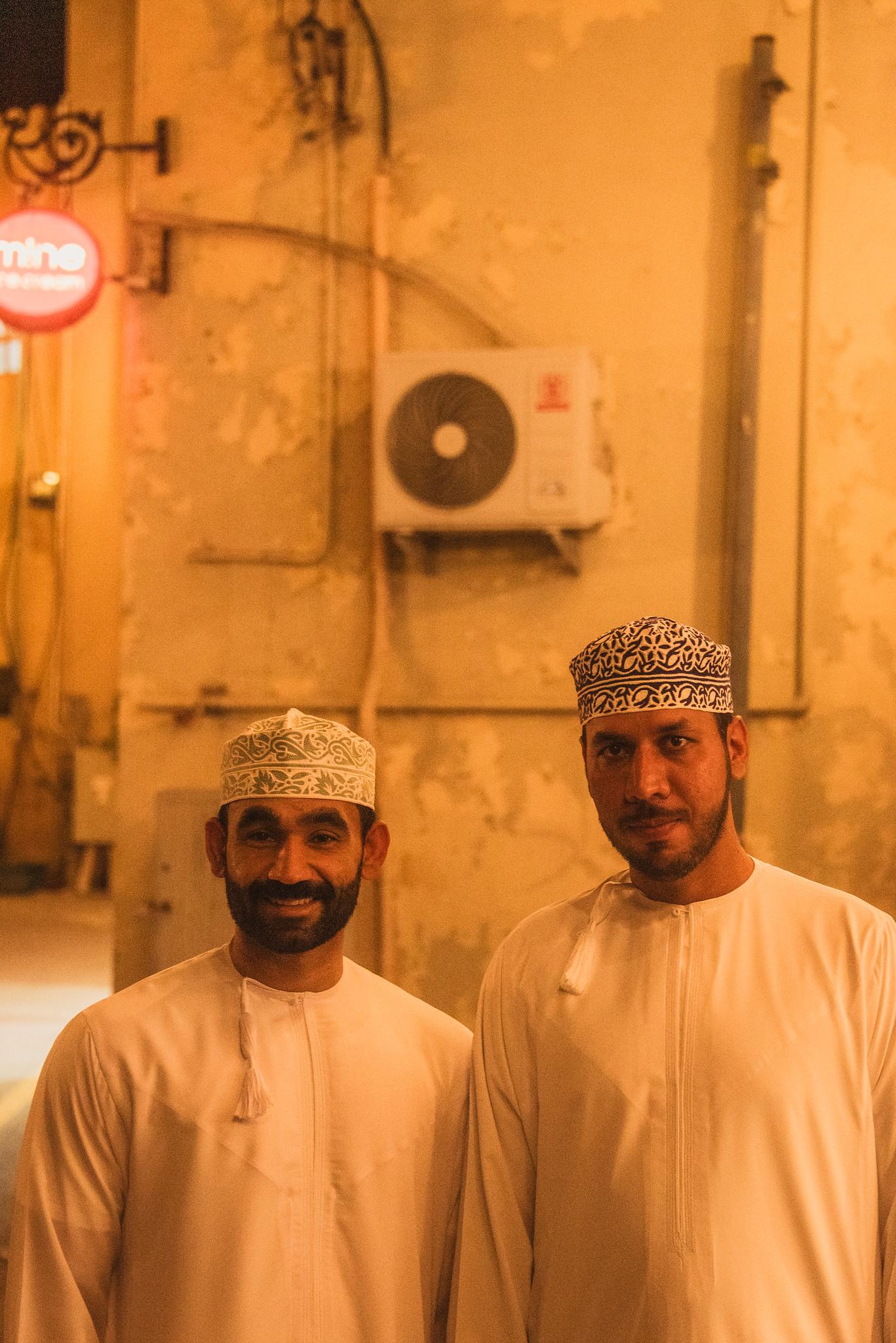
I found the people here to be modest, not flashy or showy, yet warm and friendly to strangers. There’s no fear of scams or aggressive selling like in many popular tourist spots, and that alone earns them a solid 10 in my book. I’ll remember the shopkeeper of the sole convenience store in the old quarter who offered me dates and coffee, a Talabat delivery driver who rode a full 7km from Firq just to deliver to me a tiny lunch bag, or the kind local who thoroughly guided me on how to catch a shared taxi in Nizwa.
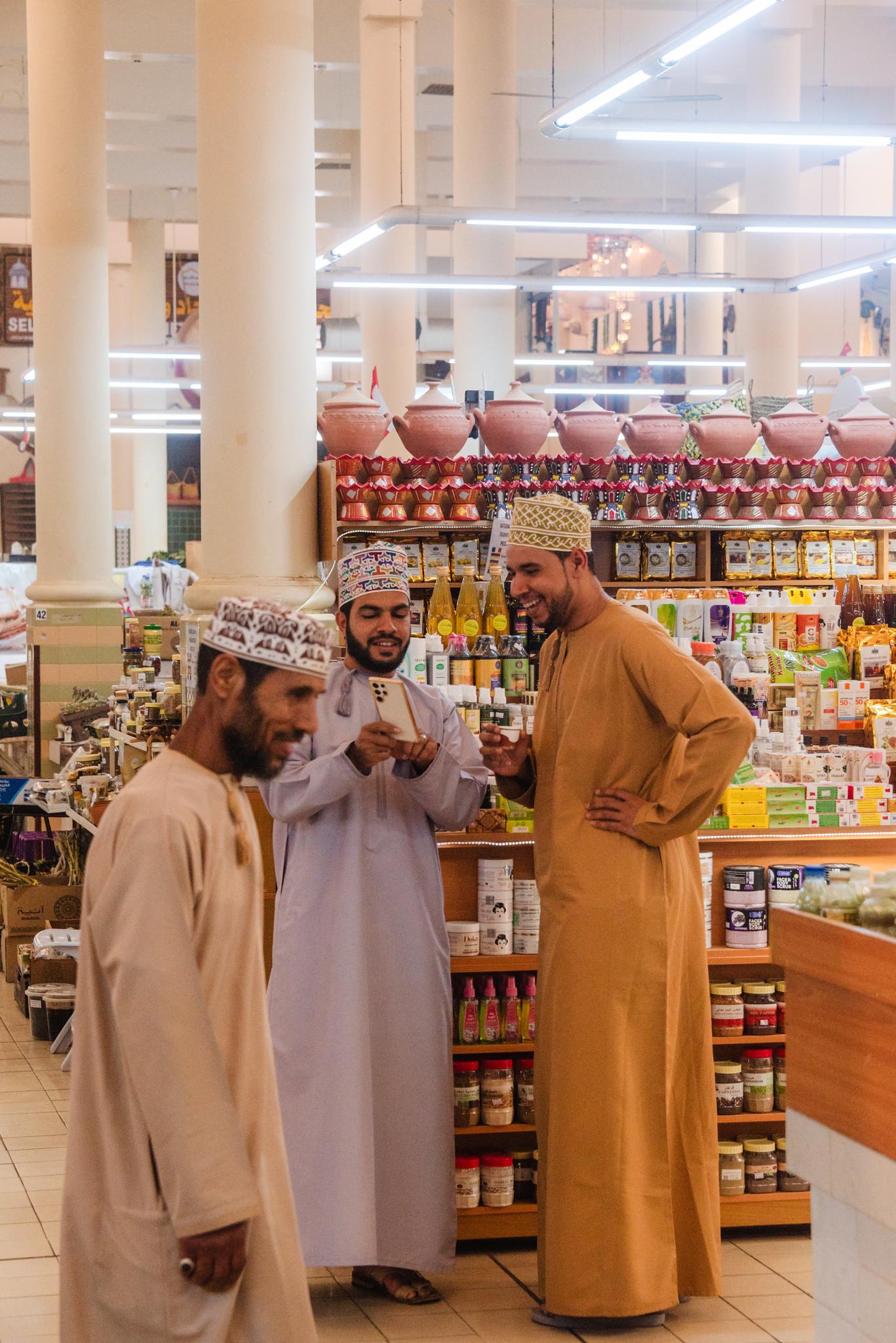
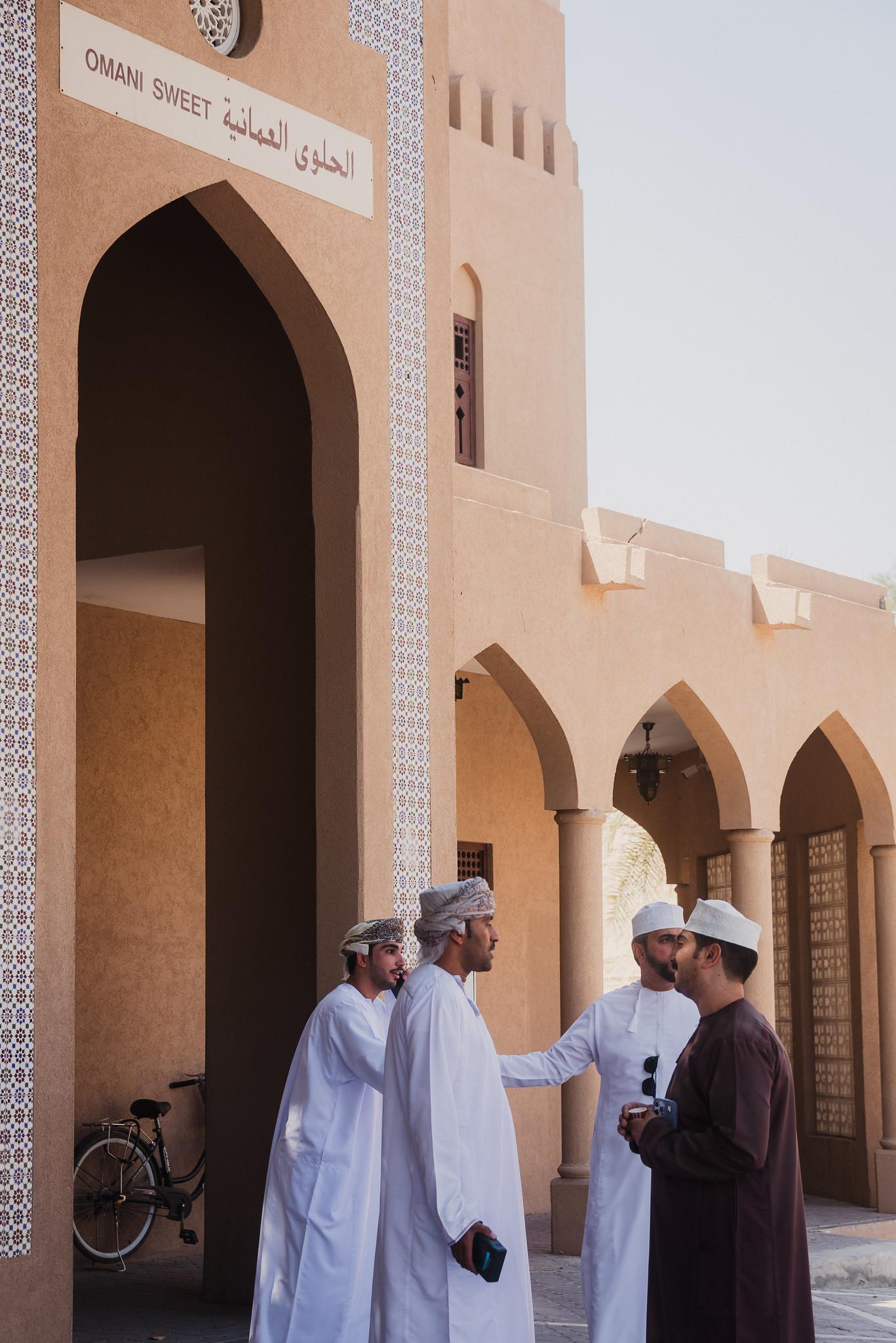
I could sit leisurely at an eatery right at the entrance to the old quarter next to the Souq, enjoying kebab and cooling off with a shockingly sour glass of unsweetened lemon juice, while watching sunburned European travelers passing by in the summer heat, or just take a break and savor a quirky-shaped yet refreshingly sweet Salalah coconut at the market. Those were all simple moments, yet unforgettable, in this lovely little town.
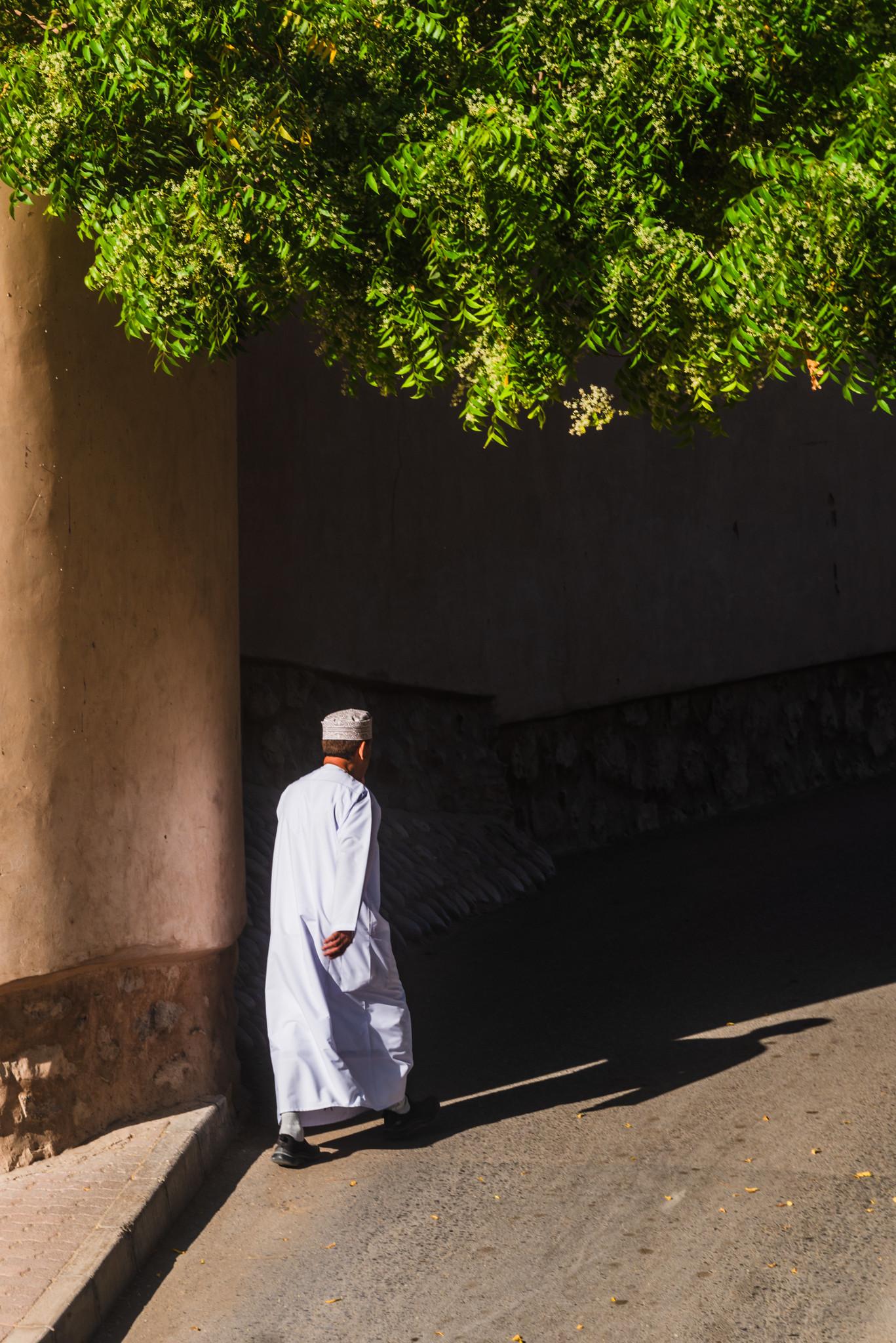
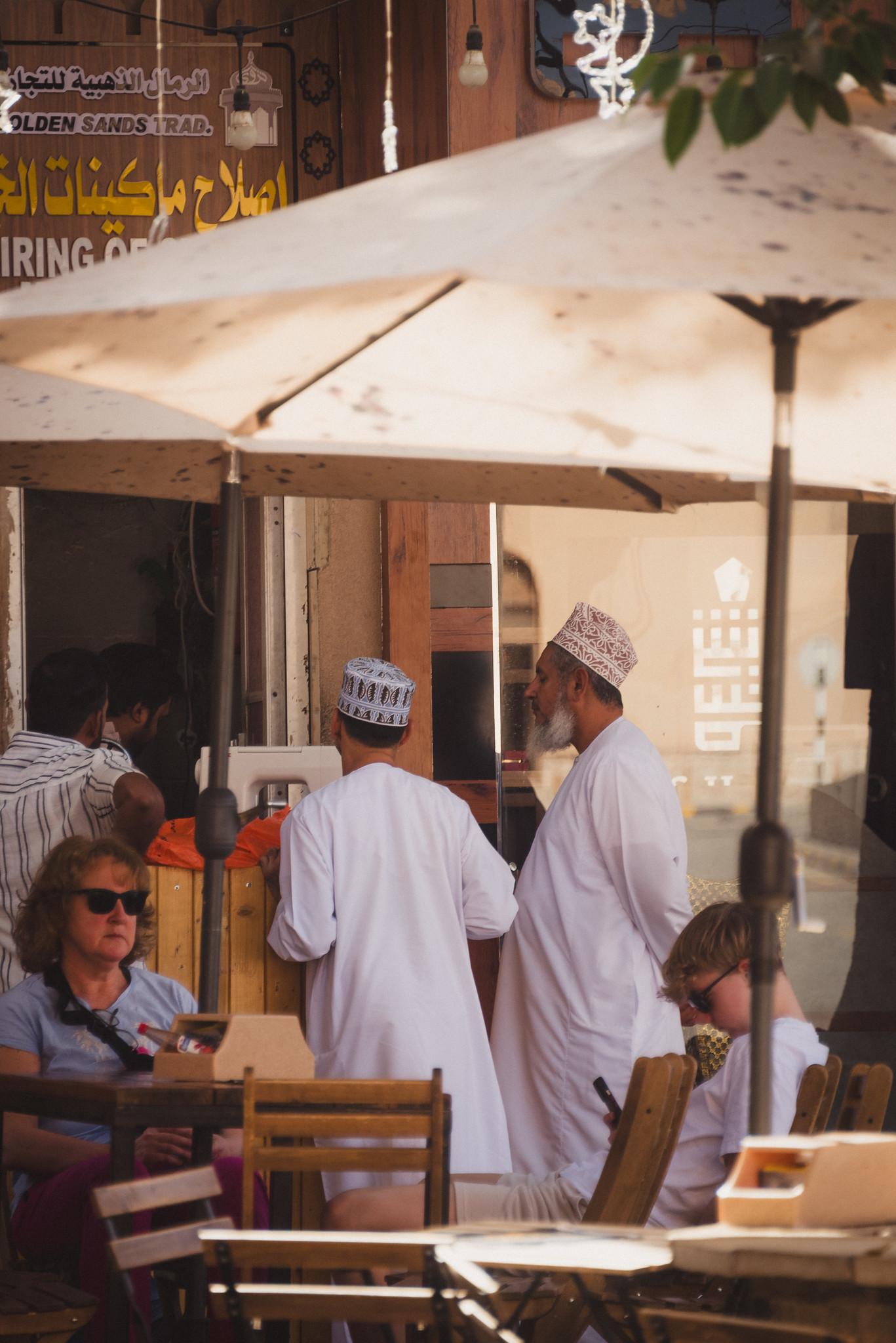
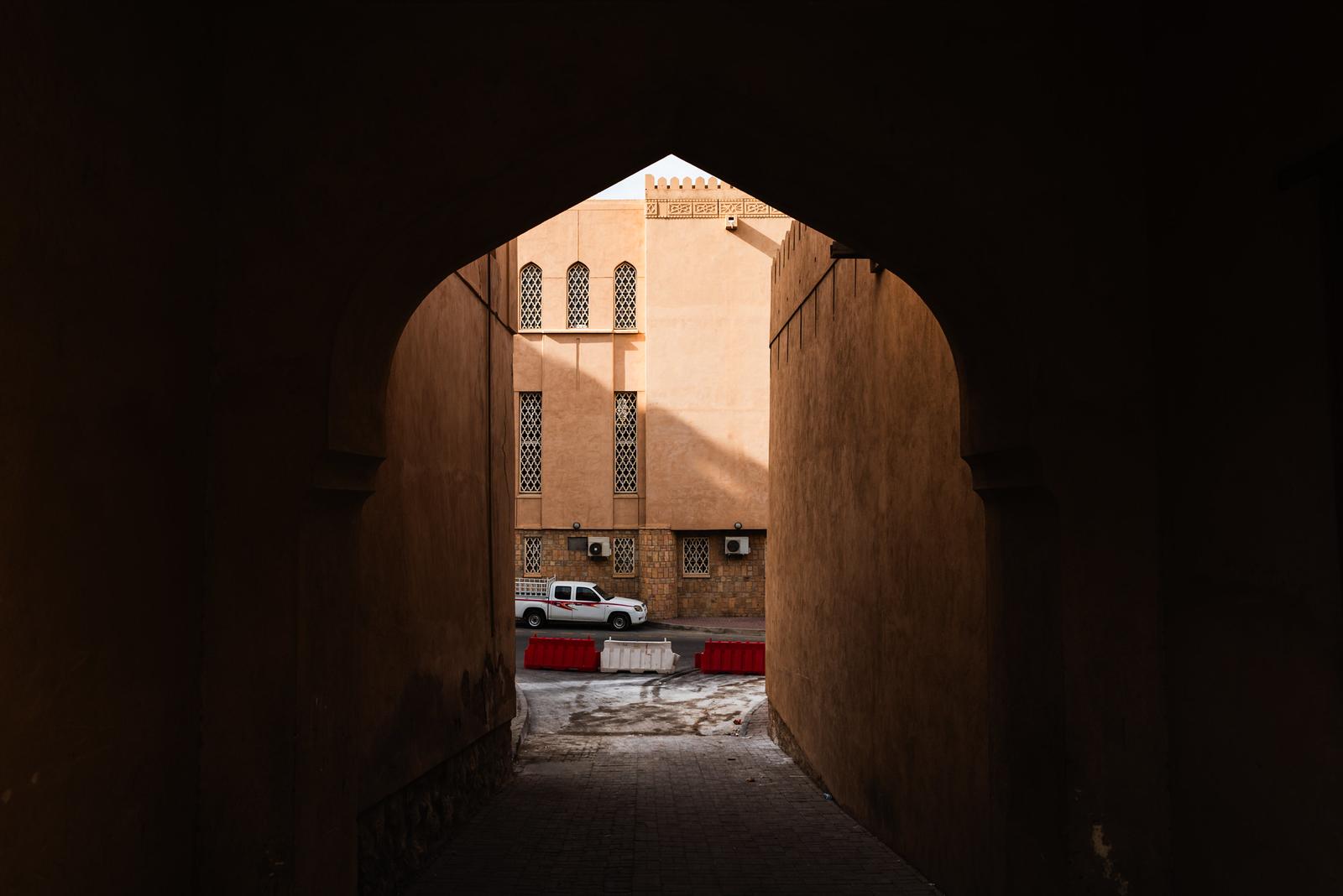
Comments
About
Zuyet Awarmatrip is a subsidiary identity within the personal ecosystem of Zuyet Awarmatik, focusing on travel and photography.
A Vietnamese usually regarding himself as a carefree solo Eastern backpacker, alongside with his main profession as a UX engineer. Neither being a freelancer nor a digital nomad, this website is built for the purpose of recording his life experience and happenings instead of letting them go into oblivion. He hopes these photos here shall always deliver the colorfulness of this worldly reality.
There're things that with just a single glance leave me spellbound, and I find myself looking at them again and again, unable to turn away.

